




Spring/Summer 2025 Issue
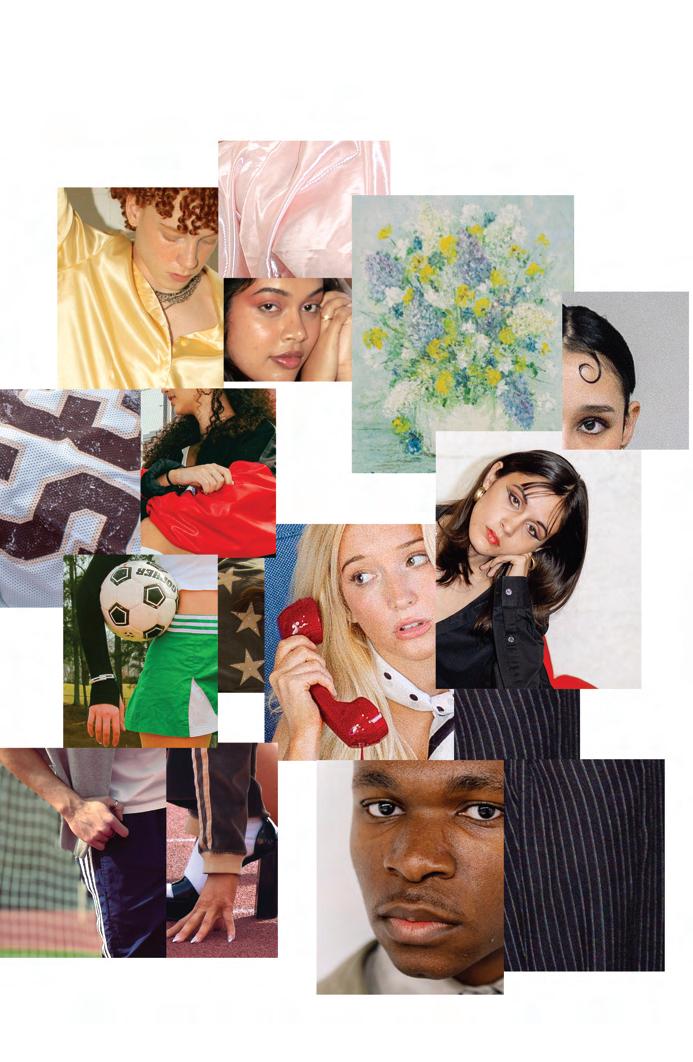
is the official fashion magazine at the University of Georgia, founded in August 2007 by three students within the College of Family and Consumer Sciences who recognized a need for a fashion oriented publication.
It became a registered student organization in 2008. Rouge is a biannual, full color publication funded by dues and a once-yearly allowance from the University’s College of Family and Consumer Sciences. The community of Athens, Georgia is one that Rouge is devoted to supporting through featuring local boutiques in the styling process, photographing various locations around the area, and engaging with the fashion-loving population through events and social media. Each issue is designed entirely from scratch by members of the Rouge staff
in conjunction with the executive board and can best be described as the product of eager passion and a true love for the fashion industry. Rouge aims to create content that inspires the student body to be bold, to serve as a resource for fashion related events from a variety of perspectives, and to stitch together a publication each semester that all students can draw something from, whether it be style inspiration, knowledge of the fashion industry, or an aesthetically pleasing graphic design scheme.
Emily Slepsky
Editor In Chief
Savannah Williams
Director of Communications
Haley Pearson
Creative Director
Evelyn Kim
Director of Visual Content
Claudia Vlasoff
Director of Fashion
Lovely Grace Pilibino
Womenswear Editor
Nicholas Cucchi
Menswear Editor
Emily Arreola
Director of Blog
Isabella Klug
Director of Beauty
Grace Grant
Beauty Editor
Stella Turner
Director of Writing
Emma Lovell
Director of Graphic Design
Grace Jones & Khai Clay
Directors of Social Content
Evie Krakovski
Director of Digital Content
Keertana Konduru
Director of Finance


Photographers
Brooke Harty
Communication Coordinators
Ethan Orellana
Forest Riviere
Gissell Balderas
Hazel Altizer
Jordan Ellis
josefine vitriol
Jully Roh
Katelyn Porter
Katy Hodges
Laasya Ananthu
Lily Marcus
Maddey McQuaig
Maura Rutledge
Meghan Bosman
Sanaa Khan
Sofie Ouyang
Catherine Edwardson
Daniel Cruz
Danielle Smith
Isabella Courie
Jolie Bellaff
Kaylee Moon
Maddy Proctor
Paige LeCompte
Sharvil Kulkarni
Shawn Bulloch
Beauty Assistants
Alice Young
Isabella Murphy
Katherine Sovich
Lily Marcus
Whitney bonk
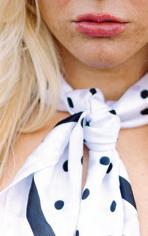
Tess Minkewicz

Content Creators
Mattie Gross
Addison Anderson
Alexandra Bradberry
Alice Young
Alysa Rossi
Arushi Shetty
Audrey Thomas
Danielle Smith
Emilie Oestreicher
Emma DuBard
Emma Dyslin
Gissell Balderas
Isabella Courie
Janki Patel
Keri Kent
Landry Allen
Margaret Kiser
Meredith Conger
Paige LeCompte
Salma Hanifa
Sharvil Kulkarni
Shawn Bulloch
Sophie Evans
Graphic Designers
Ali Regier
Brooke Harty
Ethan Orellana
Jolie Bellaff
Kayla Pyrtle
Mariana DeTitta
Sophia Perkins
Yuree Choi
Digital Designers
Jaiden Arada
Kayla Pyrtle
Landry Allen
Madeleine Carter
Nyelle Royal
Reese Miller
Sharvil Kulkarni
Blog Columnists
Abbigail Duncan
Elizabeth Pope
Katherine Fivgas
Kathleen Perry
Madeleine Douglass
Meghan Bosman
Savanna Waddell


Abbigail Duncan
Addison Anderson
Alexandra Bradberry
Bailee Motes
Elizabeth Pope
Emma DuBard
Faith Ferrer
Grace Maloney
Isabella Murphy
Isabelle Rubendall
Jordan Ellis
Jully Roh
Katelyn Porter
Katherine Ovich
Katy Hodges
Kaylee Moon
Keri Kent
Lillie Barrientos
Liza Parker
Mattie Gross
Maura Rutledge
Meredith Conger
Nyelle Royal
Riley Wilder
Salma Hanifa
Sophie Evans
Sydnee Eubanks
Will Tritto
Zoie Daughtry

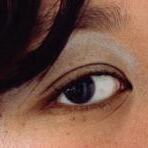
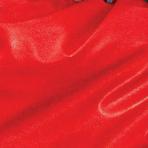
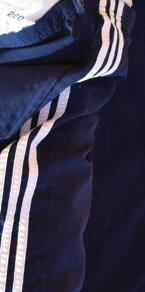

Head in the Clouds
Clear Your Mind and Your Closet: The Mental Clarity of a Wardrobe Detox
The Enduring Appeal of the ‘Nightie’
Giving Sunday Scaries the Uppercut
Morning Melodies: Starting the Day off Right
Unhurried and Unbothered: The Joy of Slowing Down
Ready, Set, GO!
Back in Style: Dad’s Shoes’ Nostalgic Resurgence
Hats Off to the Races: The Style of the Kentucky Derby


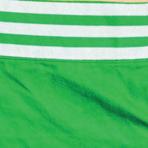

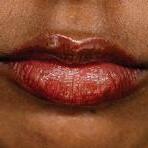

Why Athleisure?
Beyond a Uniform: Changing the Game
Formula 1 Fever
All Work, No Play
Taking Professional Personally: A Guide to Modern-Day Office Wear
Tie-ing It All Together
The Key of Affordable Business Professional
Turtlenecks: Office Staple or Old and Worn?
How Students at the University of Georgia Dress Up to Fuel Their Success
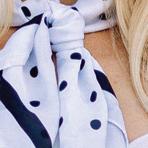

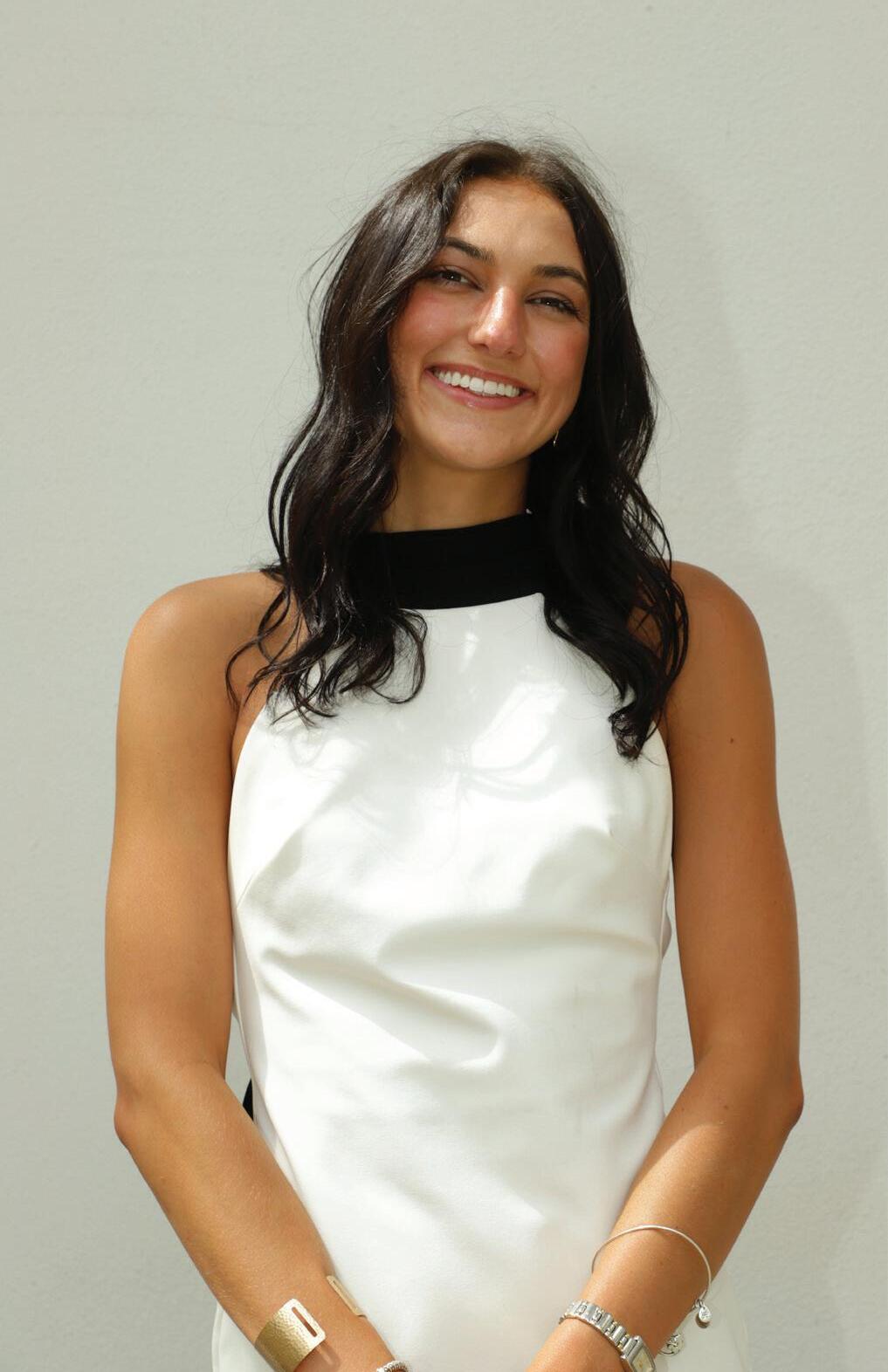
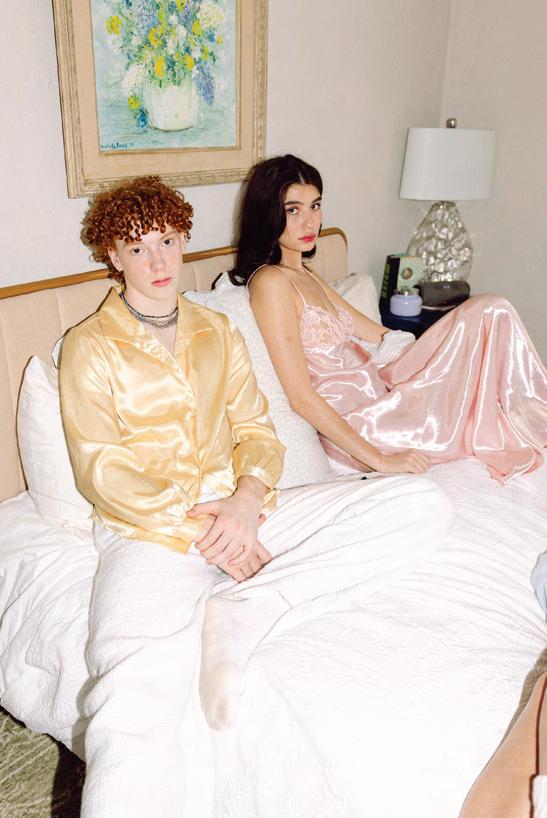
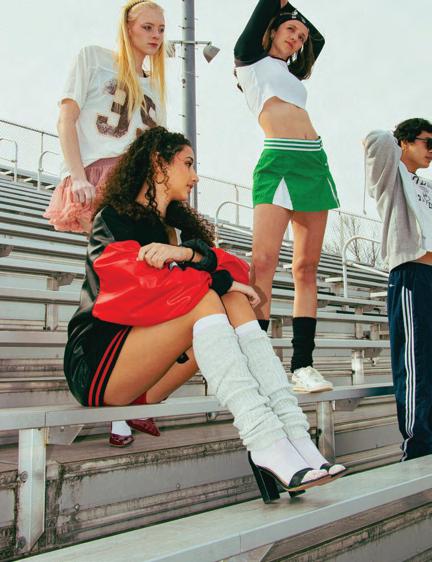
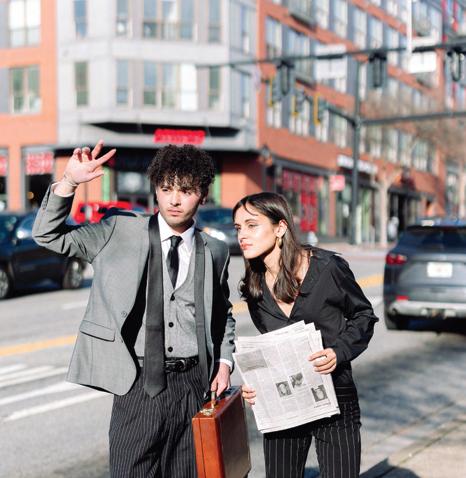
how psychology shapes how we dress. This time, we’re shifting from analysis to artistry. “Mood Board” is an ode to how we translate emotions into outfits, turning intangible feelings into tangible styles. From solace to joy, focus to movement, this issue curates looks that reflect our inner worlds.
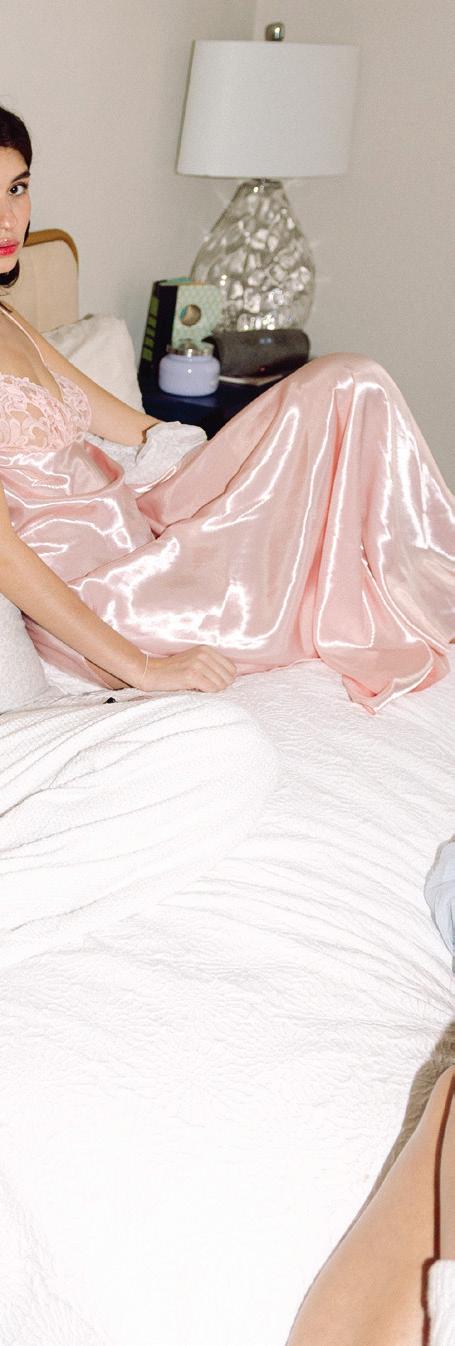
Mood boards are more than just a jumble of collaged images; they are tools of intention. They help us materialize our thoughts, visualize change, and manifest the futures we dream of. They allow us to translate the abstract—joy, ambition, nostalgia—into something tangible. Style is no different. What we wear reflects who we are and who we’re becoming.
This issue embraces the power of manifestation: the idea that what we put into the world mirrors back to us. It’s about tapping into a specific character, mood, or version of oneself. To channel a particular persona, be it newfound confidence or personal transformation, we first have to envision it. Piece by piece, through color, sensation, and emotion, we craft an identity that feels unmistakably ours.
As I close my time with Rouge in this final issue, I, like so many, stand at the edge of a new chapter. Graduation, a new city, a fresh start— these milestones invite reinvention. And in these moments of change, mood boards become more than just a collection of images or a style guide; they serve as roadmaps for the selves we’re becoming. We invite you to flip through these pages, thoughtfully crafted by our talented team, and find inspiration for your next outfit, your next mood, your next move.
None of this would be possible without the creativity and dedication of the Rouge team; thank you for bringing this vision to life.
With love,

Emily Slepsky
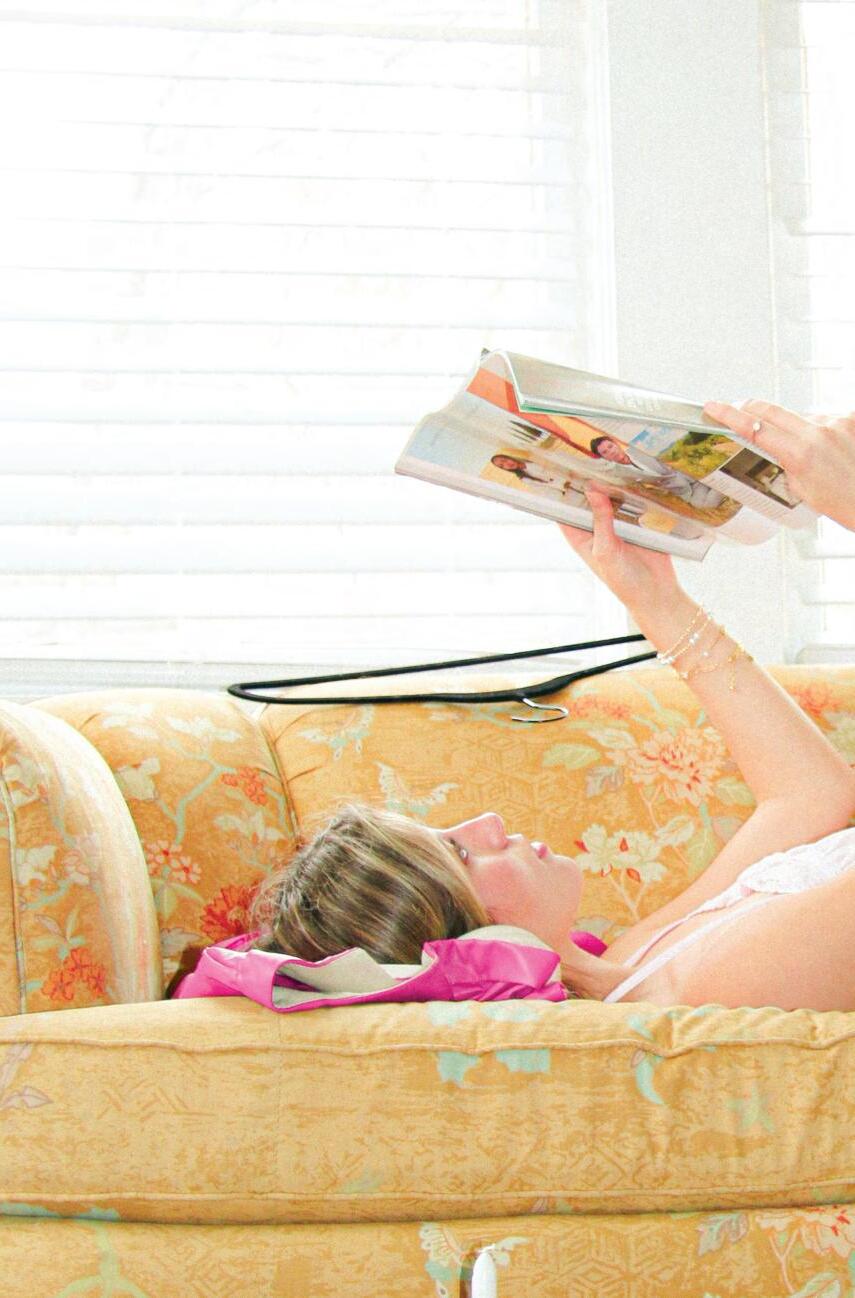
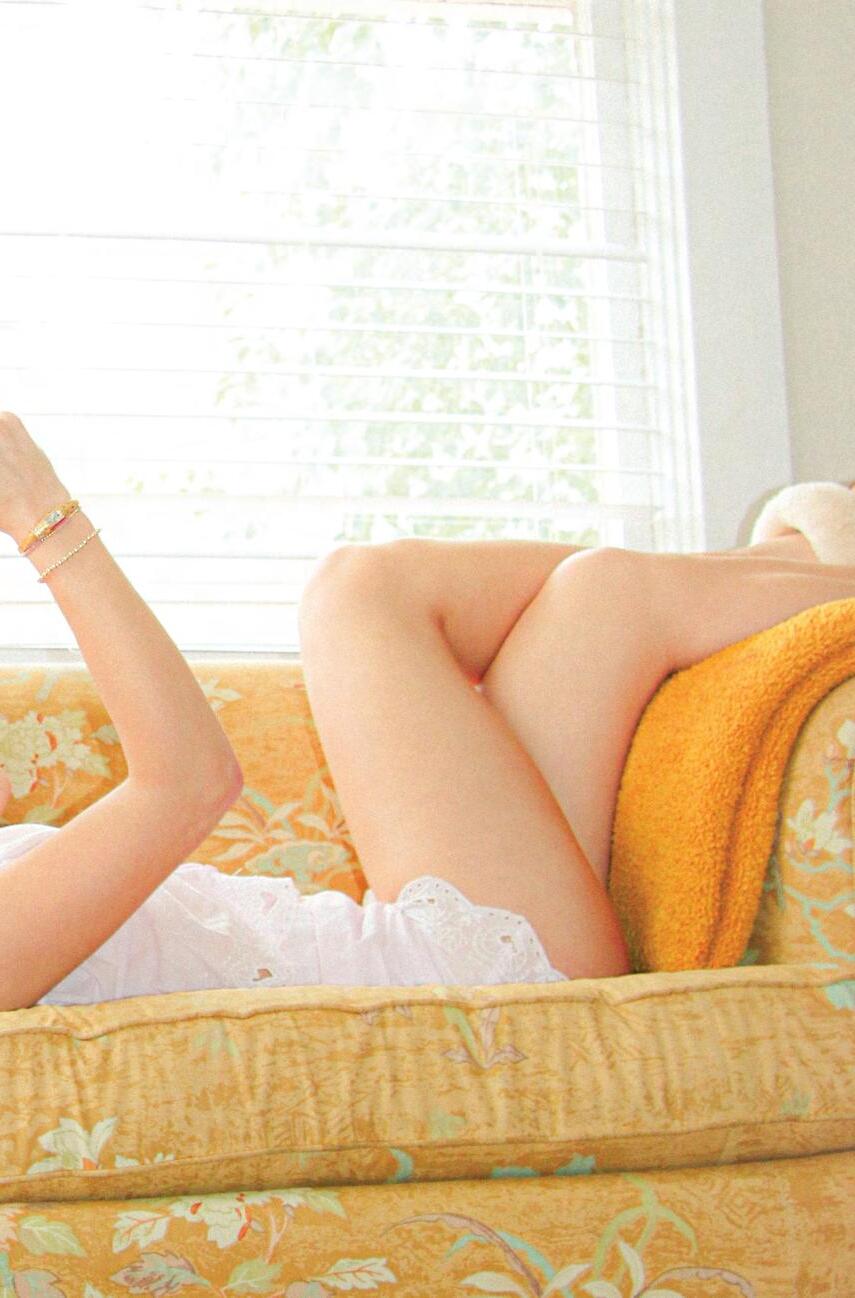
cccccccc g g g g g g g cccccccc g g g g g g g g


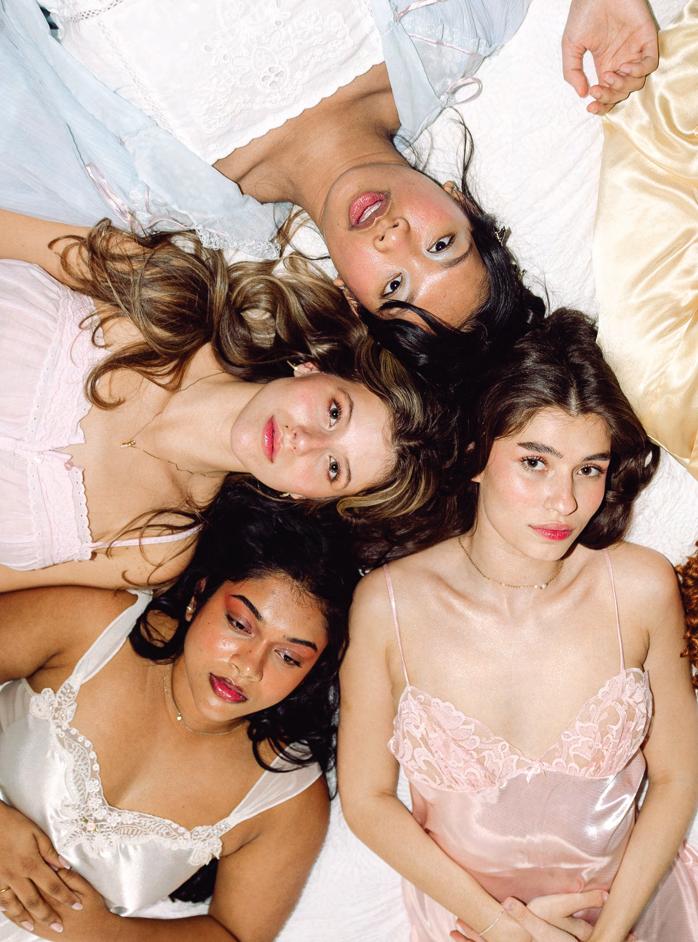
g g g g g g g





g g g g g g g g
a quiet Sunday evening. The sky is tinged with the last hues of dusk as you step into your room for the first time since morning. The day’s tasks are finally behind you — work wrapped, errands run — and the weight of the weekend’s highs and lows still lingers in your bones. You’re drained. And then it hits you: you’re long overdue for a selfcare night.
Time to reset. Recharge.
You gather your essentials. A soothing face mask, your favorite candle, mellow music humming in the background, and your comfiest set enveloping you like a hug. Your journal waits open, ready to absorb pages of reflection and shadow work.
This is your sanctuary. Your sacred pause.
To look better, dress better, and be better, you start from within. A bedside table, curated with all your comforts, becomes the foundation for your reset. This is where transformation begins — soft, unrushed, and entirely yours.
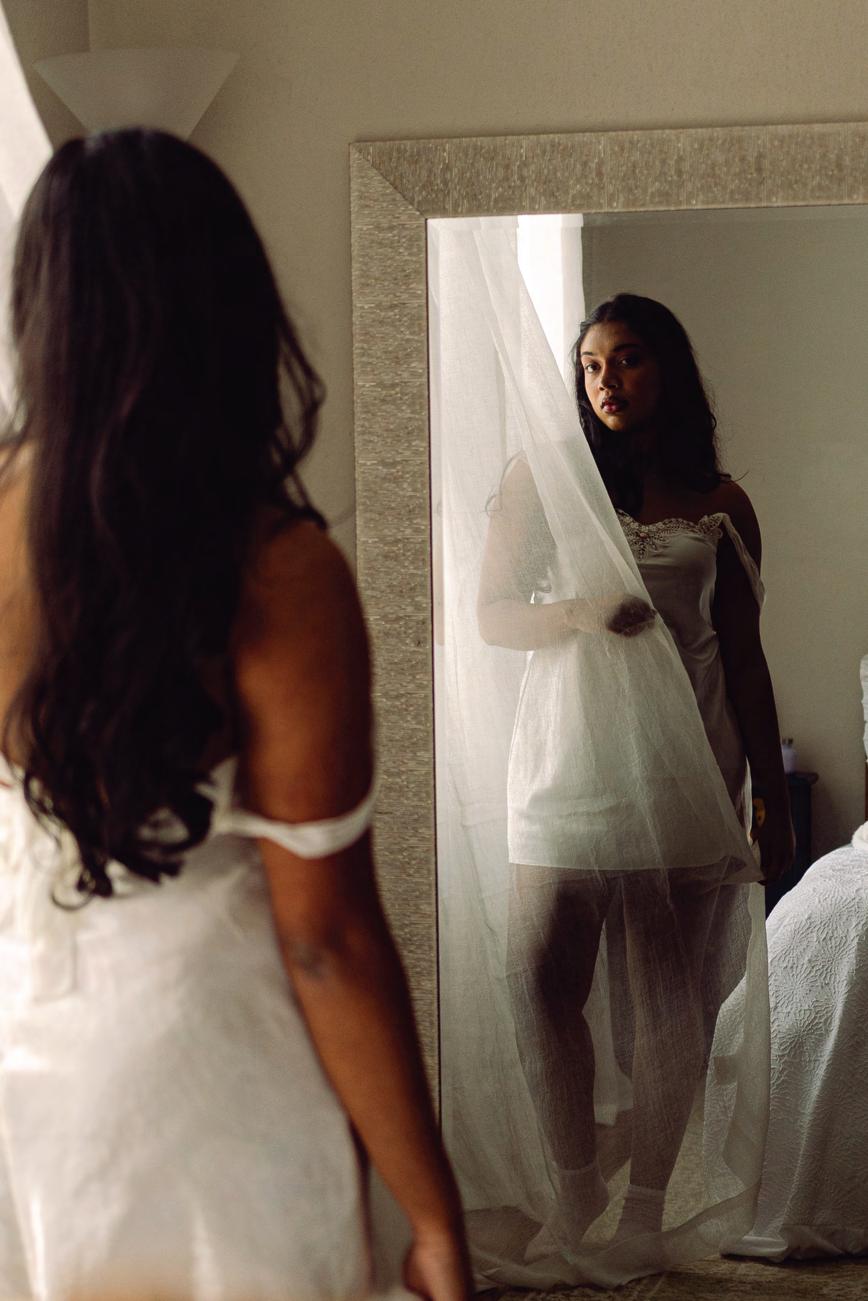


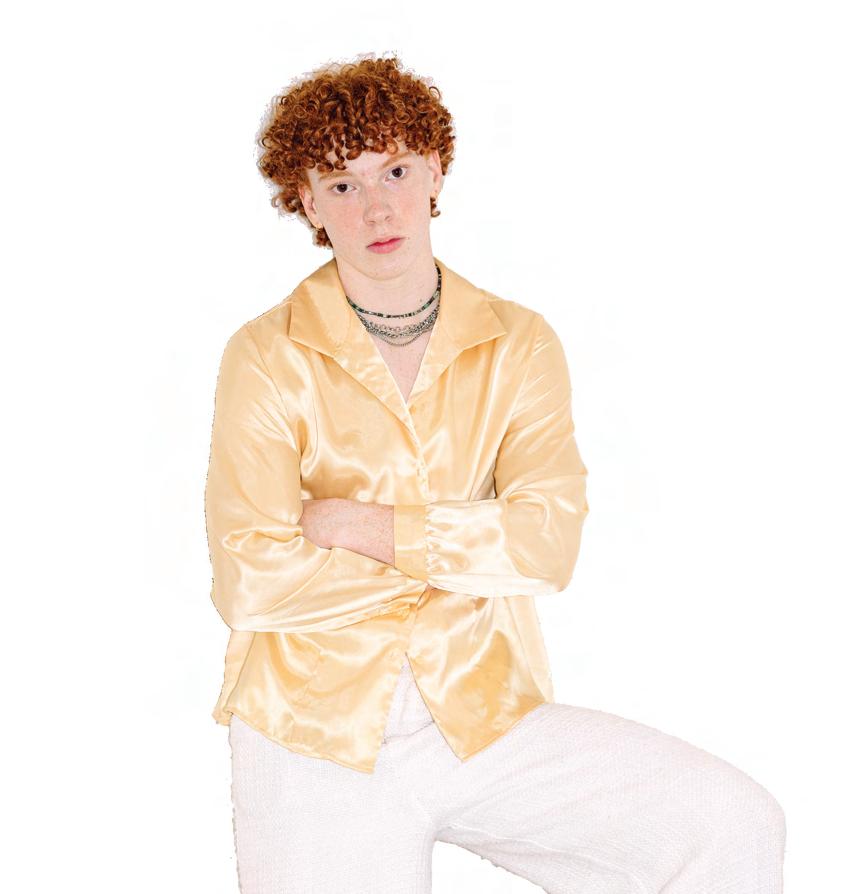

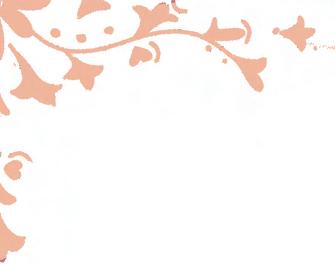

Emilie Oestreicher
We’ve all been there—standing in front of an overflowing closet, yet somehow feeling like there’s nothing to wear. But this goes beyond mere fashion choices. Our wardrobes often reflect our inner world, filled with items that represent past identities, emotional attachments, and even subconscious stressors.
Decluttering your closet may create more physical space, but it can also make room for mental space.
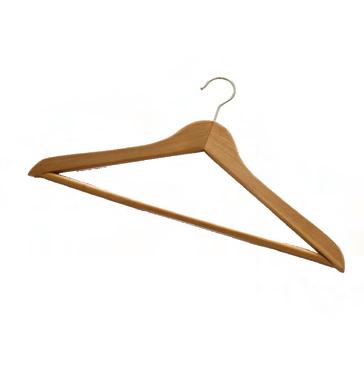

Studies have shown that physical clutter can contribute to feelings of anxiety and stress. Research published in the Personality and Social Psychology Bulletin found that people who described their homes as “cluttered” or full of “unfinished projects” had higher levels of cortisol, the stress hormone. A crowded, disorganized space isn’t just an eyesore—it’s a psychological burden. When your closet is overflowing with unworn or unloved clothing, it becomes a daily source of decision fatigue. This overload occurs when an excess of
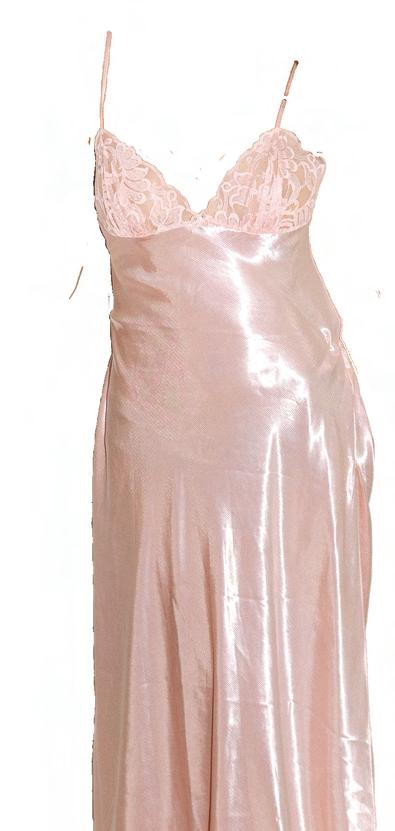


sifting through piles of clothing that no longer fit your lifestyle. Clothing is rarely just fabric. Many items hold sentimental value, representing different phases of life and serving as emotional markers of the past. The free t-shirt from freshman year move-in, the hoodie from your first boyfriend or the jeans from when you were two sizes smaller. While it’s natural to feel attached to certain pieces, holding onto too many can weigh us down both physically and emotionally. Nostalgia can be comforting, but it can also keep us attached to moments that no longer serve us.
Letting go of items from the past doesn’t erase memories—it opens space for new ones.
There is also the emotional burden of “guilt garments.” We keep these pieces out of obligation rather than desire. The expensive stilettos that kill your feet, the dress you bought on impulse but never wore, or the ugly sweater from your
grandma that you’d rather hide in the back of your drawer than donate. Keeping these items reinforces the guilt you try to erase. Every time you see them hanging in your closet, you’re faced with memories of money wasted or bad decisions made. Finally letting these pieces go can be incredibly liberating, allowing you to release self-imposed guilt and embrace a wardrobe that serves you.
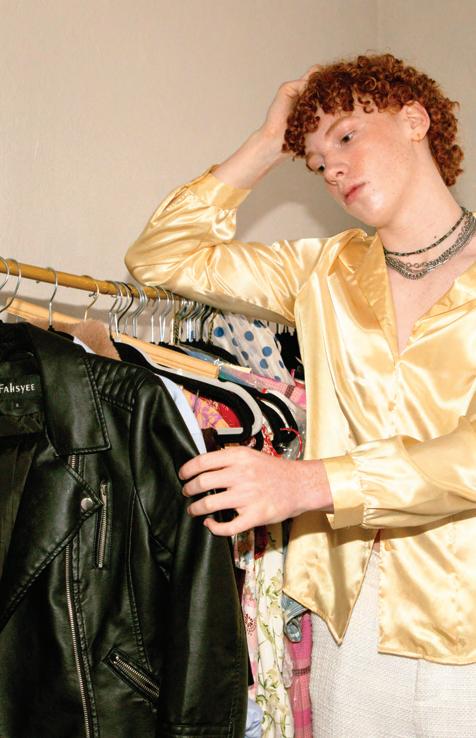
Then, there’s aspirational clothing–the pieces we buy for the person we think we should be rather than who we are. The sleek blazer for the job you haven’t landed yet, the sparkly top for glamorous nights out that never seem to happen, or the workout gear for a fitness routine you’ve yet to start. While
it’s great to set goals, surrounding yourself with items that constantly remind you of what you haven’t achieved can create a persistent feeling of failure. Instead of holding onto clothing for a version of yourself you’ve yet to become, curate a wardrobe that reflects your present reality to reduce mental clutter.
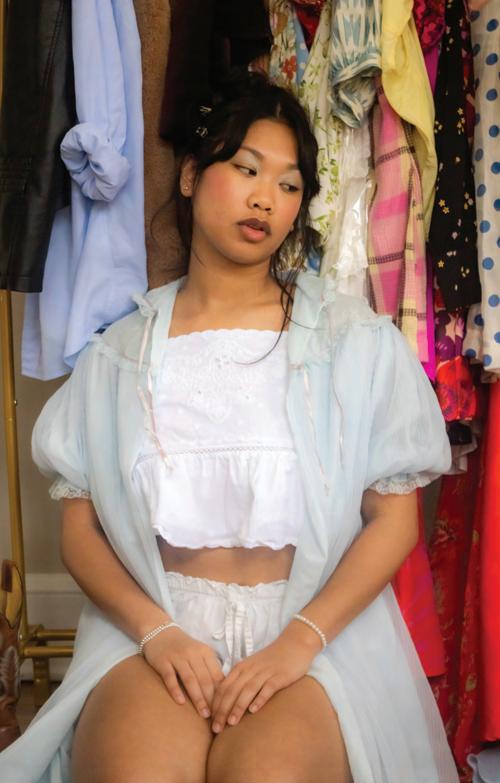


Imagine opening your closet and seeing only pieces that fit well, feel good, and reflect your T rue S elf.

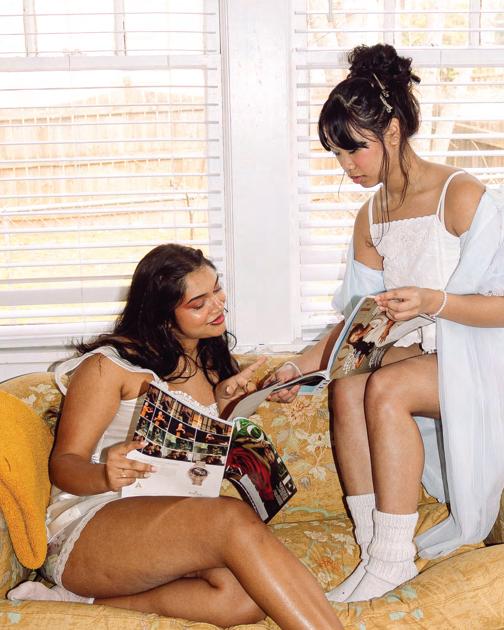
sk yourself, A ould I buy this today?” W “
No more guilt, no more stress, no more unnecessary choices. Just a streamlined selection of clothing that brings joy and confidence. Psychologist Sherrie Bourg Carter explains that an organized space can improve focus, boost productivity, and promote well-being. When you’re not overwhelmed by clutter, you can start your day with joy instead of feeling frustrated. If decluttering feels overwhelming, start small. If the answer is no, it may be time to let it go. The one-year rule can also help—if you haven’t worn something in the past year, chances are you won’t wear it again. Marie Kondo’s Kon Mari method of “thanking and releasing” items can also be helpful: acknowledge an item’s role in your life, express gratitude for it, then let it go without guilt. Knowing that your clothes will find a second life with someone else can make the process even easier.

t its core, a wardrobe detox is a symbolic act. You create space for clarity, confidence, and a more intentional way of living by letting go of what no longer serves you.
The peace of mind that comes from an organized, stressfree closet can ripple into other aspects of life, allowing you to start each day with

That kind of tranquility is far more valuable than any outfit you’ve ever owned.



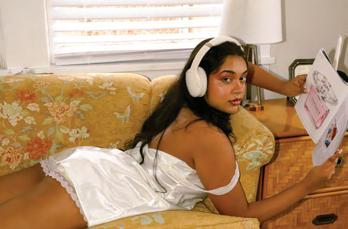
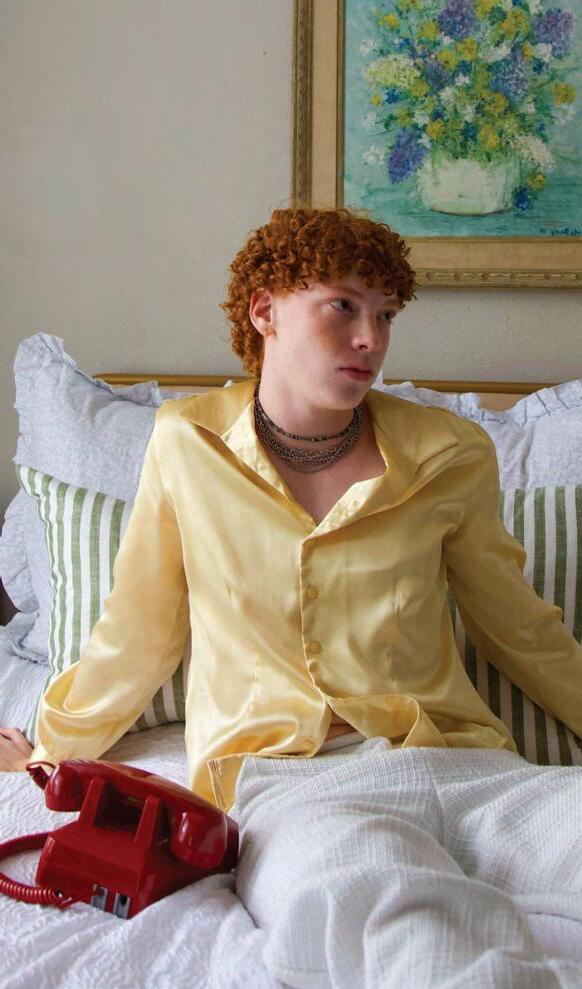
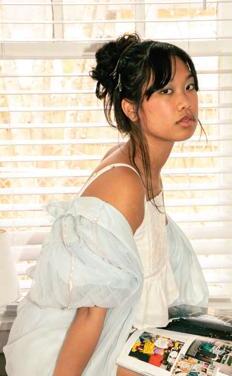
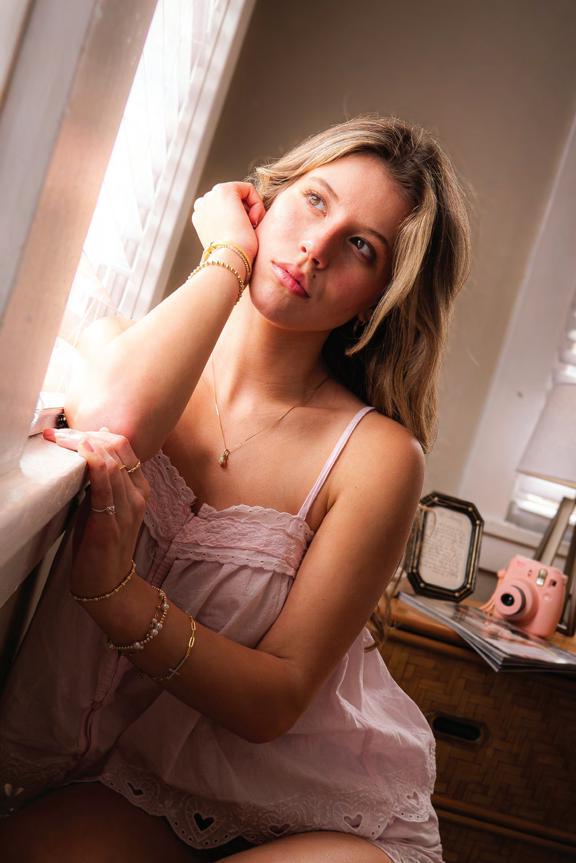
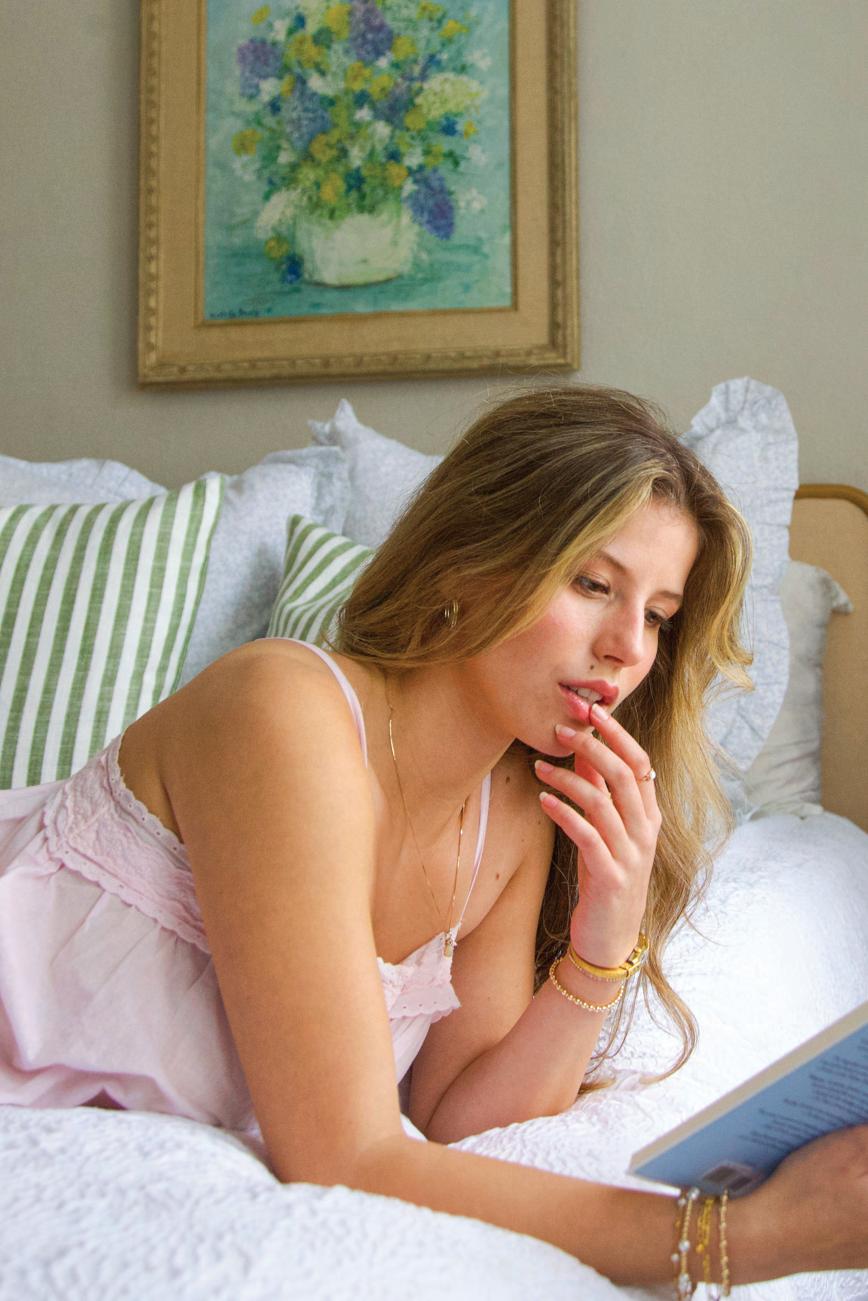


have to admit, I own way too many night gowns. When I go to Goodwill, I head straight to the lingerie section to find beautiful lace slip dresses, and once I’m there, it’s impossible for me to walk away empty-handed. I have several with pink lace trimmings, pastel flowers, silk accents, and even one with pink polka dots. The other night, as I was getting ready for bed and slipping into my favorite silky purple nightgown, I started thinking about where my love for nightgowns, or “nighties” as I call them, came from. I was stumped. I hadn’t been a pajama kid; I was crazy about tutus and neon-colored leggings—my
wore to sleep was an after-
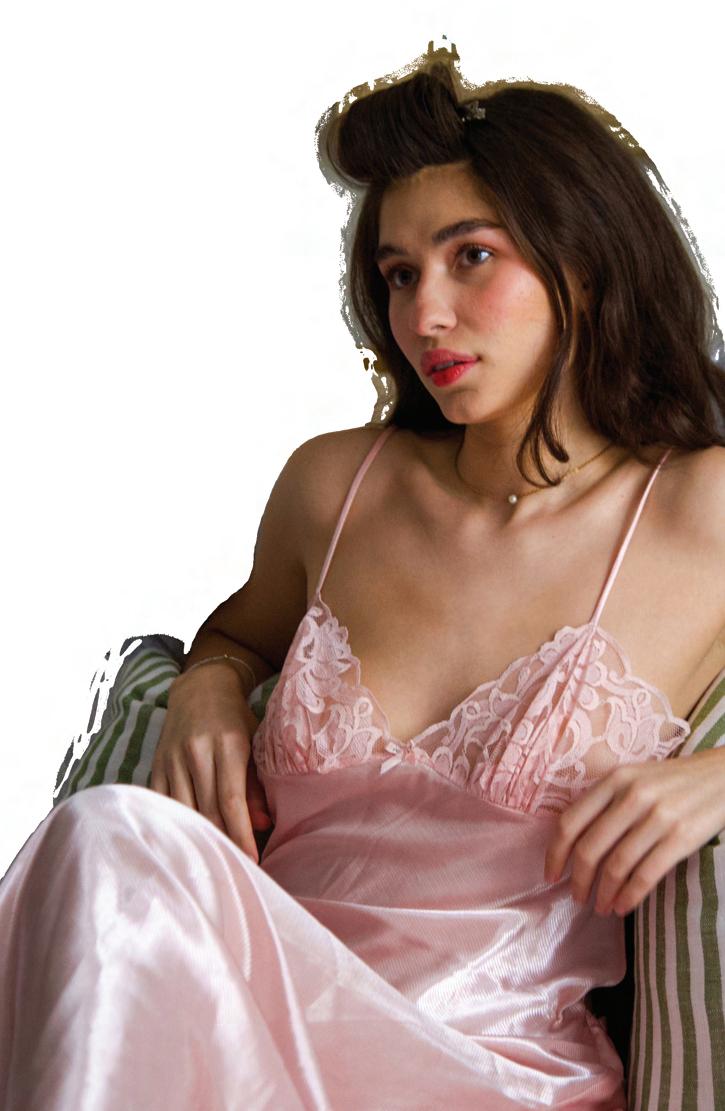
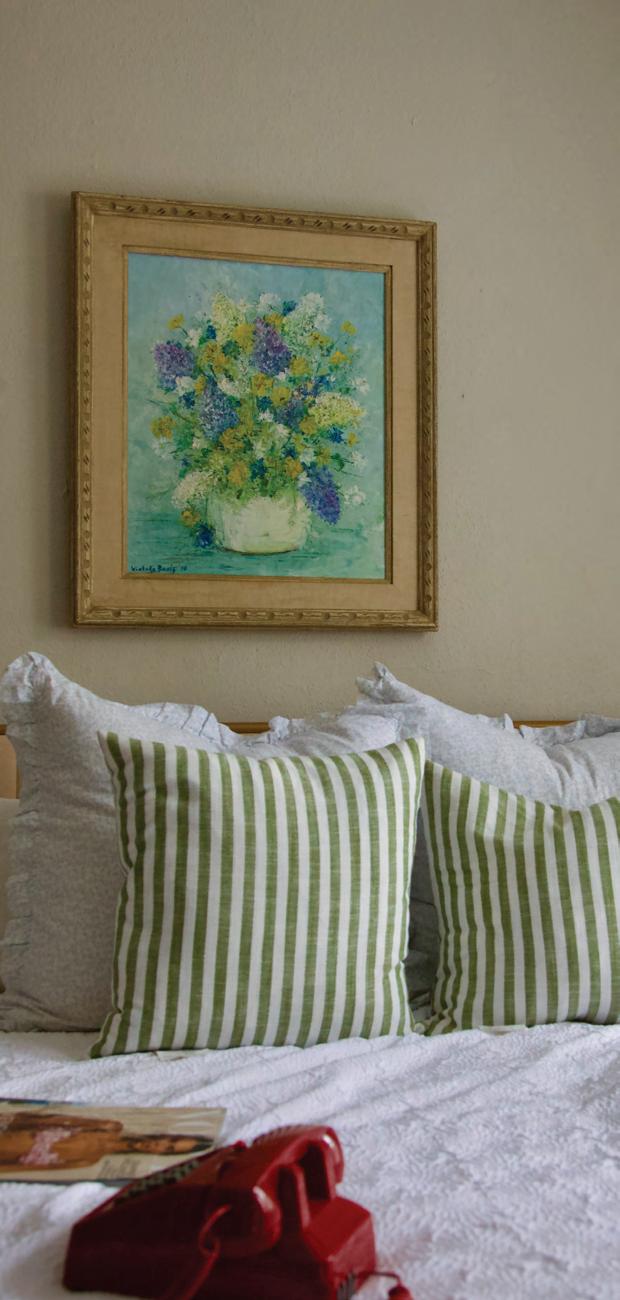
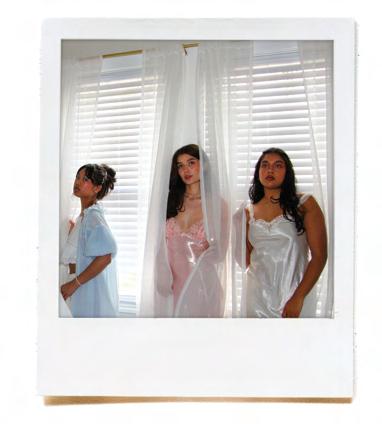
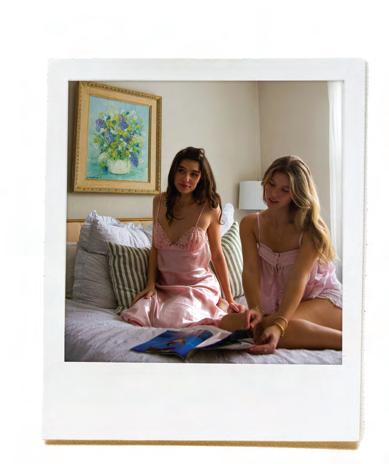
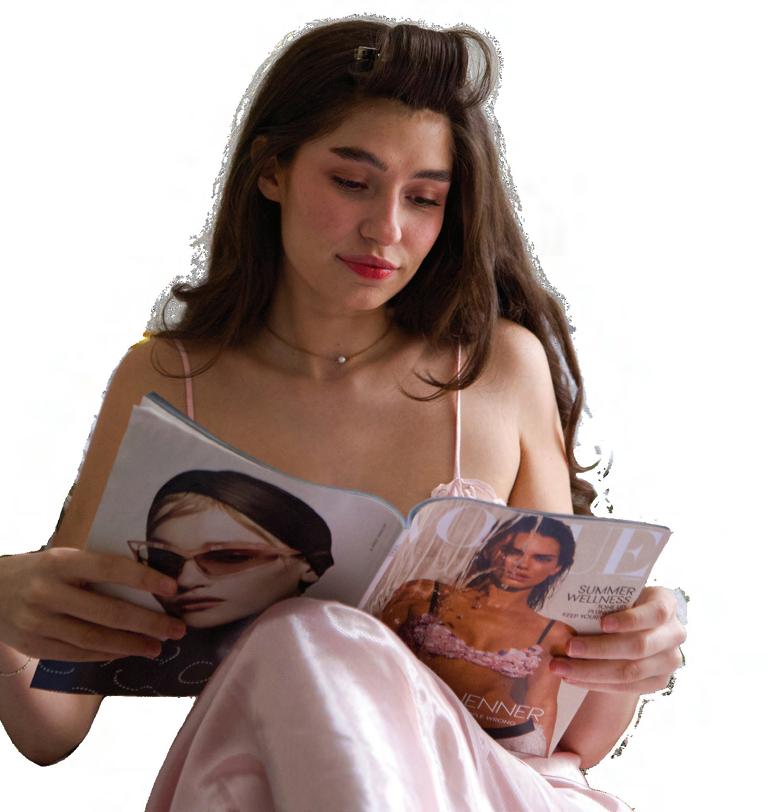
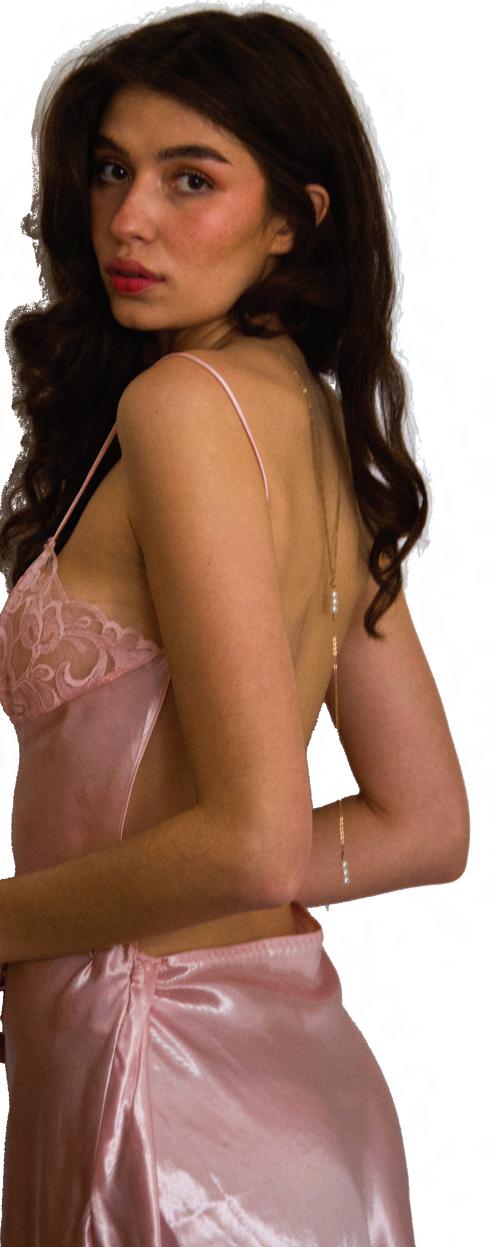
I lay awake that night thinking about my question until the answer came to me in the form of a memory. A night at my Nonna’s curled up on her lap, reading bedtime stories. I always thought my Nonna was most beautiful before bed. I began to reminisce on sweet visits to Nonna’s— bedtime and the stories she’d read to my little brother and me. I think back to what my Nonna would wear to bed and remember the soft slip dresses she always had on.
SThe atin straps rested on her shoulders so eautifully.
BThe lace trim caught the dim light of her bedside lamp delicately. She moved effortlessly in them, the fabric swaying as she tucked us in, kissed our foreheads, and turned the pages of my favorite nighttime story— “Chrysanthemum.” I didn’t think much of the beauty of Nonna’s clothes at the time, yet as I slip into my own collection of nighties, I’m reminded of my Nonna and the enduring love she radiated.
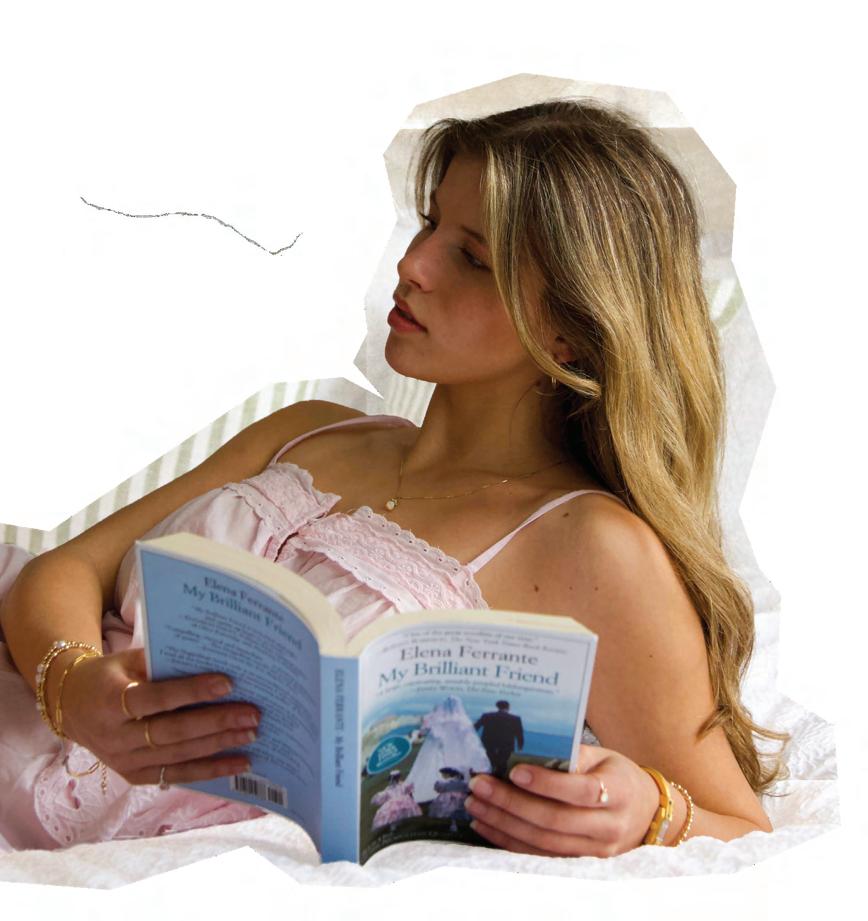
Inow realize how much those moments shaped my love for nightgowns. I began to ponder how fashion intertwines with each person’s life. For me, it’s a nightly reminder of my Nonna’s love and an overwhelming sense of nostalgia. Fashion isn’t just about trends or aesthetics—it’s a deeply personal language. My pink polka dot nightie takes me back to a childhood memory, which is a powerful gift.
How does fashion translate into my mom’s life, or even my Nonna’s? Was there a clothing item she loved? Could she have had a similar realization to mine? For me, there is an enduring appeal to the nightgown, but for you, maybe it’s your favorite plaid skirt your mom gifted you that she wore in college in the 90s.
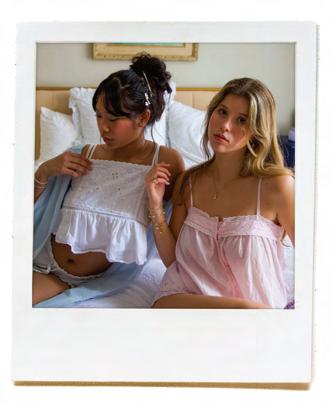
Maybe it’s a sweater passed down from your grandfather, still carrying the faint scent of his cologne, or a pair of vintage gold earrings that belonged to your aunt, making you feel connected to her every time you wear them.
ur closets are full of stories— some we know by heart and others waiting to be rediscovered.
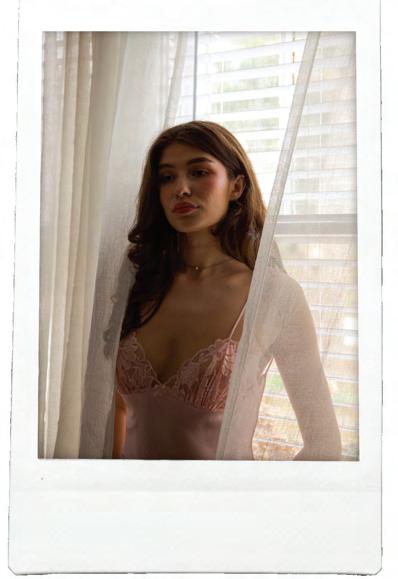
How do these clothes make you feel? To me, this is fashion’s innate beauty—the memories, the connections, and the emotions woven into something beautiful that you can wear. And if you’re as lucky as me, it’s something you can even sleep in every night.
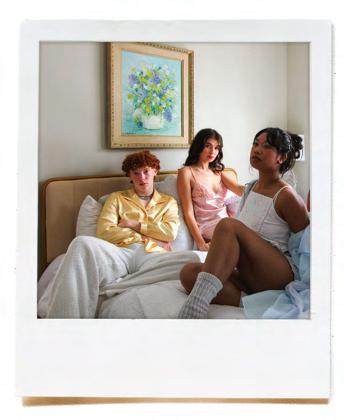

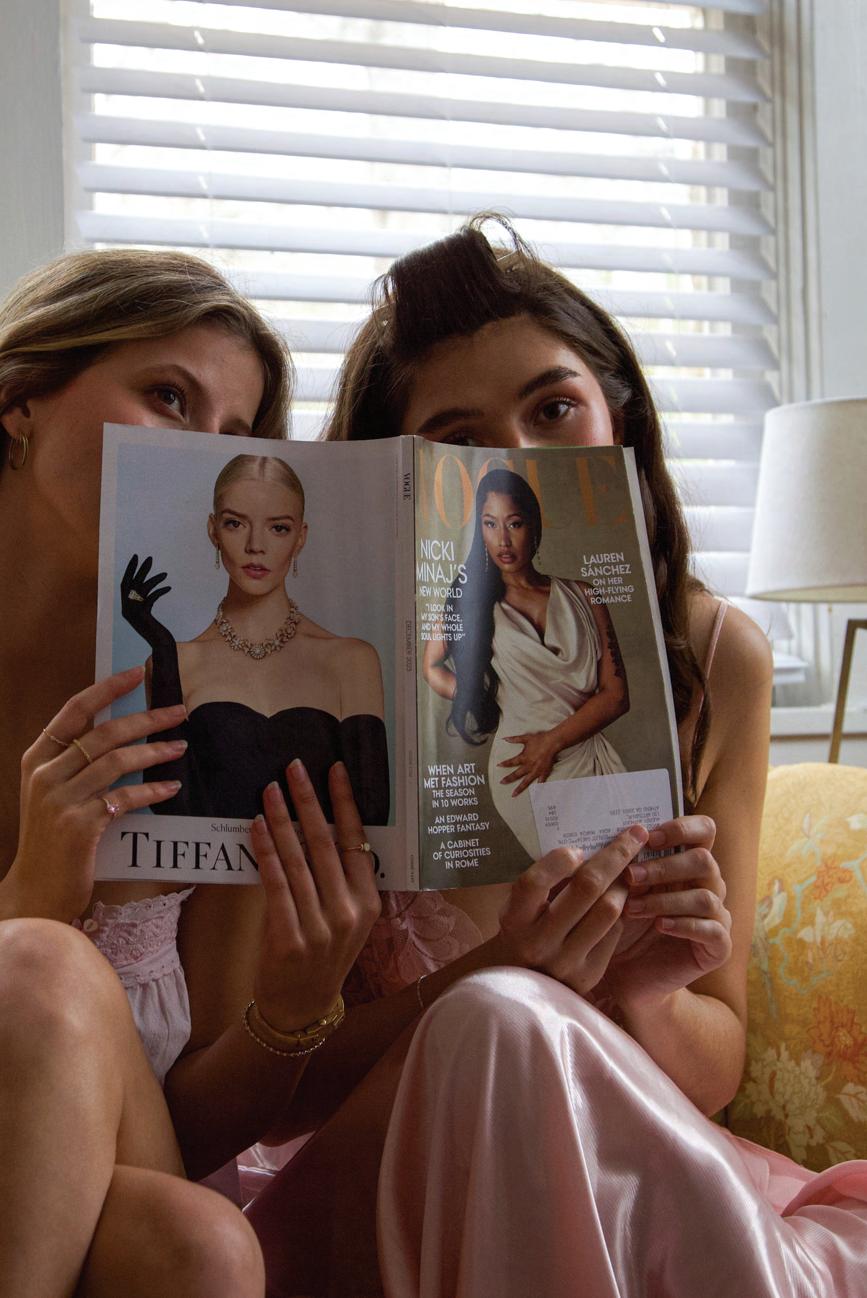
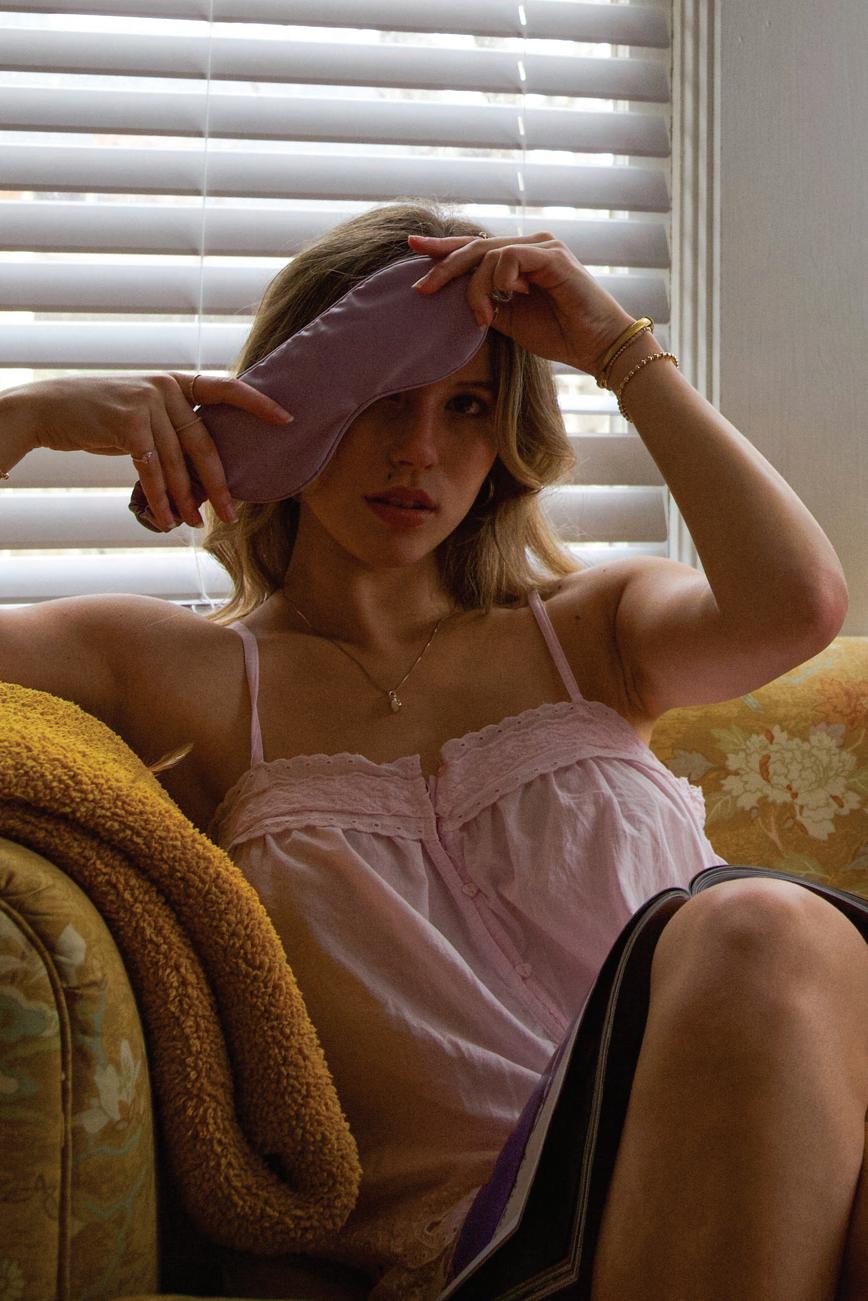
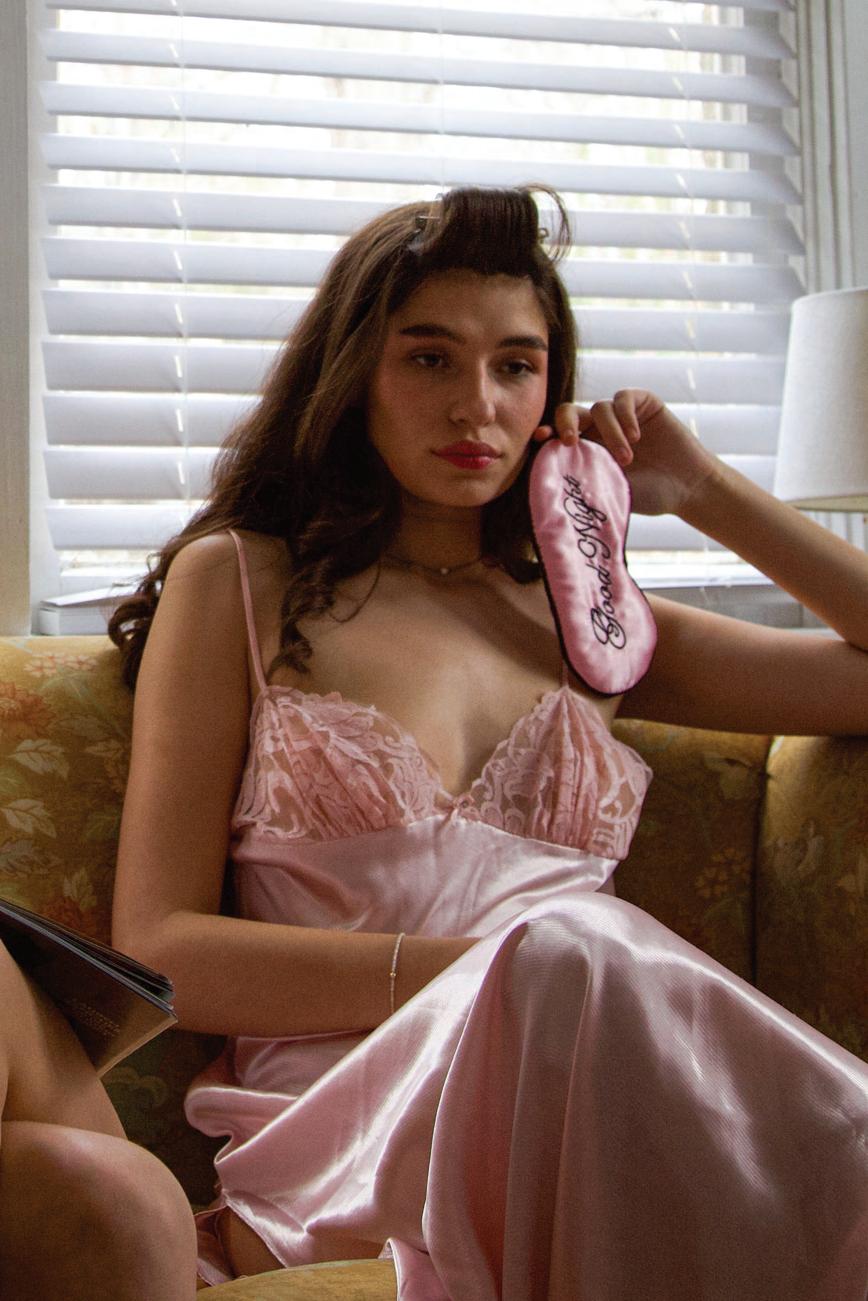
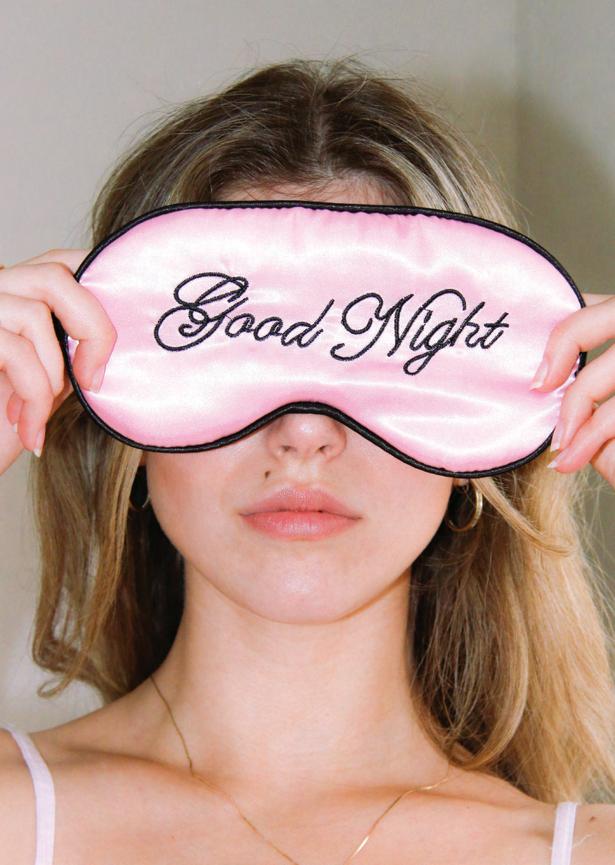
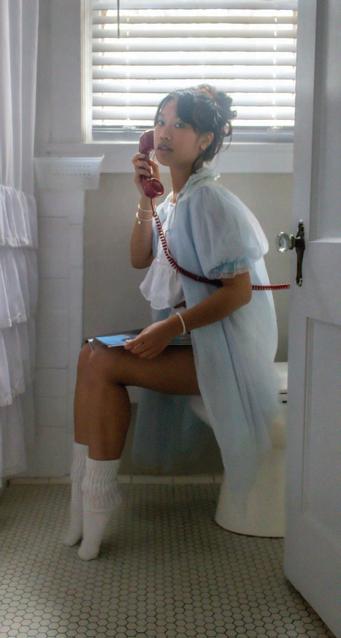
the crumbling cliff beyond which a new week looms. One step away from catapulting into another discussion post due, another exam to study for, and likely another Garfield meme from Mom condemning Mondays. The term “Sunday scaries” aptly portrays this feeling. The weekend seems to cut itself off abruptly at the stroke of midnight. Sure, Sunday doesn’t require us to wake up before the sun to catch the bus
in time for our 8 a.m., but it holds demands in itself. The experience for most is one of facing consequences. Putting off that homework assignment seemed like a great idea Friday night…and Saturday. Perhaps some are tasked with licking their wounds from the night(s) before. Regardless, Sunday forces us to become agonizingly aware of how quickly time passes as we feel ourselves slipping out of a carefree weekend and back into the rigorous demands of class and work. Who says that we have to go down without a fight? Pampering yourself is an undeniable method of retaliation. With a simple 5-rule plan of attack, you can effectively declaw the Sunday scaries. After all, if you can’t be selfish on Sundays, when can you be?
If Saturday is for driving around blasting anthems by Y2K pop princesses, Sunday is for soothing jazz. Don’t knock it ‘till you’ve tried it. When you’re backed up on work or feeling anxious about the packed schedule on the next week’s planner page, melting into a light tune without the mental crowding

of lyrics can be overwhelmingly romantic. You’re no longer a college student impatiently awaiting the return of Friday. You’re a chic resident in some fancy city with a jazz record on, swaying about while drinking tea. Spotify has no shortage of specialized jazz playlists for cooking pasta, sipping morning coffee, taking a walk—the possibilities are endless. Channel that positivity and begin the week slowly with some aural self-care.
Sit back, relax and embrace the brassy background.

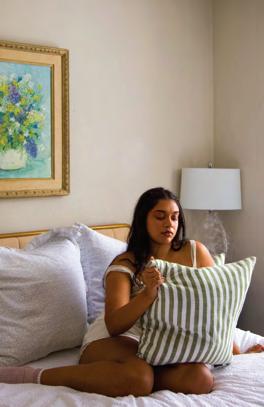

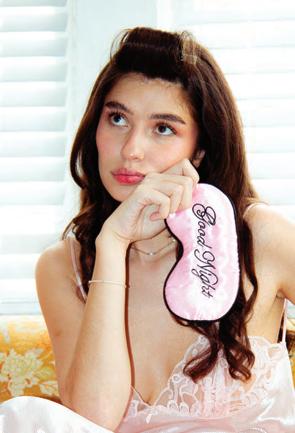
Resist a careless outfit
As comforting as it is to wallow in a too-big hoodie and pajama pants from high school, the effort to elevate your Sunday wardrobe will never be misplaced. This doesn’t immediately require jeans or a put-together top. My “fancy” black sweater (plain black, meant for the house, nothing fancy about it) is like a warm, encouraging hug. Perhaps the fuzzy socks you only get to wear once a week make an appearance. Even an overwashed sweatshirt that you love
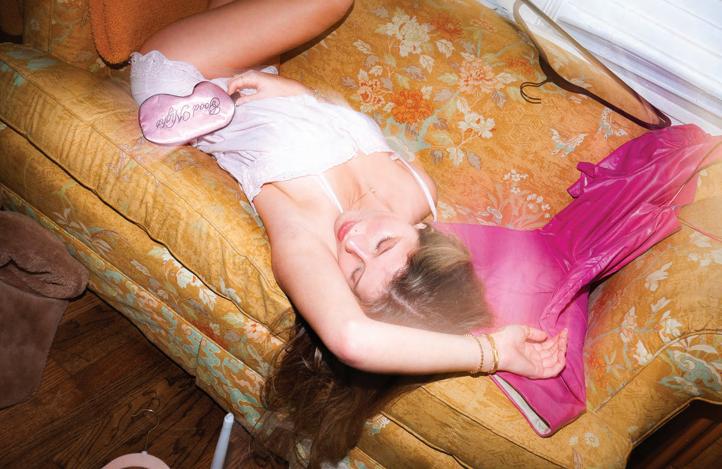
will take your emotional state much further than rotting in the same thing you fell asleep in. The bottom line: Be intentional about what you wear. Your insides will match.
Rule #3:
when you approach it after nourishing your body in every way you can.
Rule #4: Don’t skimp on a routine
At the risk of sounding like a preachy influencer, a routine can entirely shape a day. Here, the focus is on the physical side of self-care. Sunday,
the most crucial of all days to restore the body, is the time to lay it on thick. A double-mask day is in order: hair mask, face mask, full-body exfoliation, etc. Take the time to think about your body and what it might need to feel or look its best for the week ahead. You might incorporate morning movement through walking or yoga or limit your homework time to end at 6 p.m. for an evening of pampering. The week will seem much less daunting
Set your intentions
Don’t underestimate the motivating power of Pinterest!
A vision board for the week ahead can be the difference between monotony and romance. (I pin “aesthetic” photos of kale sometimes. We do what we must.)
Dragging yourself through a day-by-day
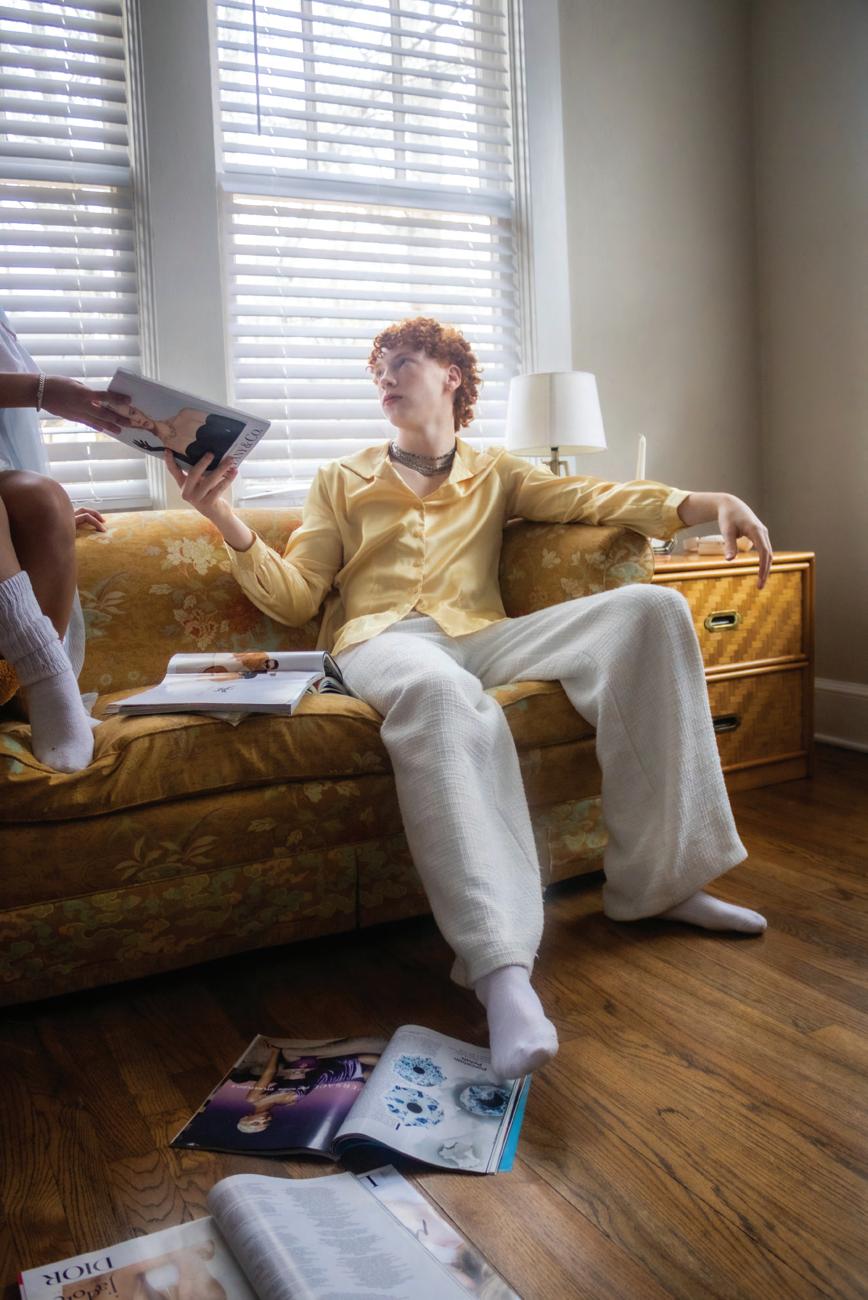
routine becomes a bit more doable when you’re enveloped in the gauzy embrace of a clear (or blurry) plan and visible goal of what the week can look like at its best. Getting your ducks in a row, so to speak, gives a refreshing taste of being put together. Who’s to say that vision boards are only for New Year’s Eve?
This is a non-negotiable for soothing self-care. If you’re up to your neck in assignments, the ambiance of a candle is like a stalwart friend ready to calm the senses and elevate the cozy vibes. Dorm dwellers, you’re not exempt. Scent plug-ins, essential oil sticks and warmers can all do the trick just as well. In fact, a candle-warmer doubles as a lamp and prolongs the life of your favorite scents, which is gold for a fall-all-year girl like myself. This rule also applies to the more indulgent side of caring for oneself. Don’t save your nice candles, snacks or lotions for a rainy day. Each day is just as worthy of em-
bracing as any other, especially Sundays, with their propensity for setting a week’s tone. Be liberal with the things you do to feel fully cared for and ready to thrive for the next week.
Your Monday self will thank you.
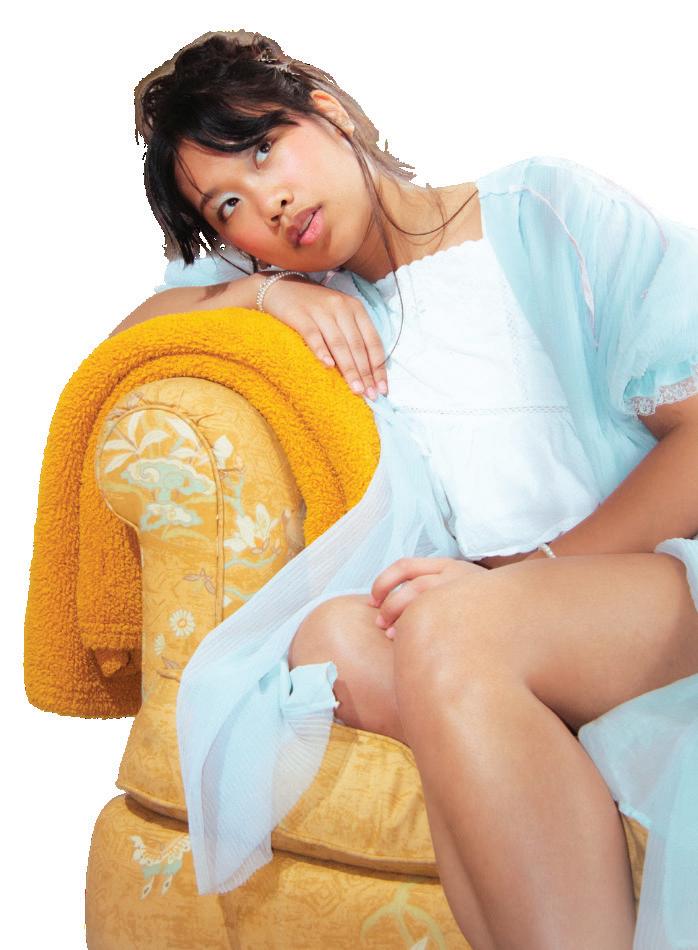
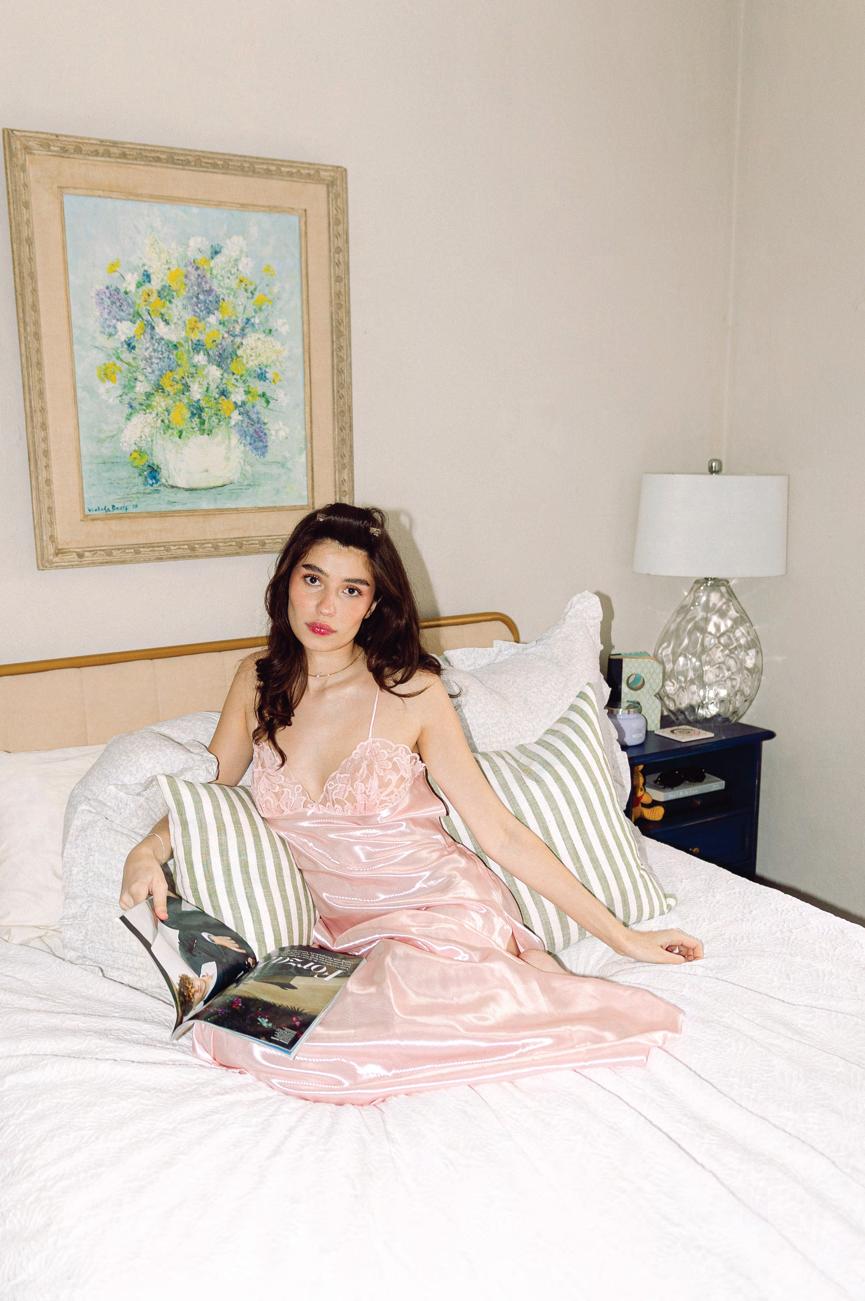
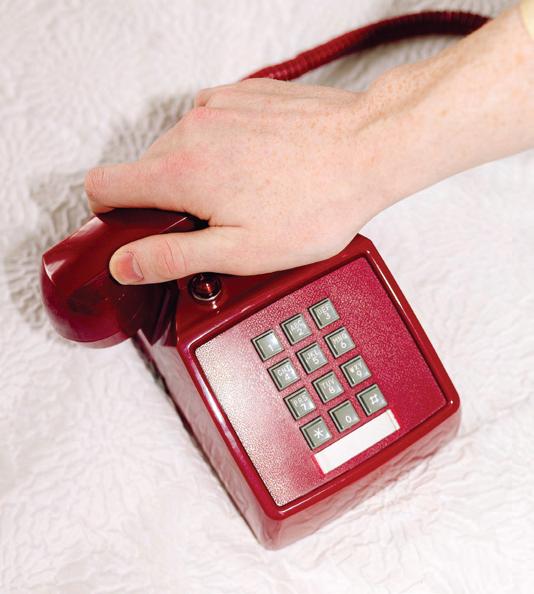
c c c c c c c c
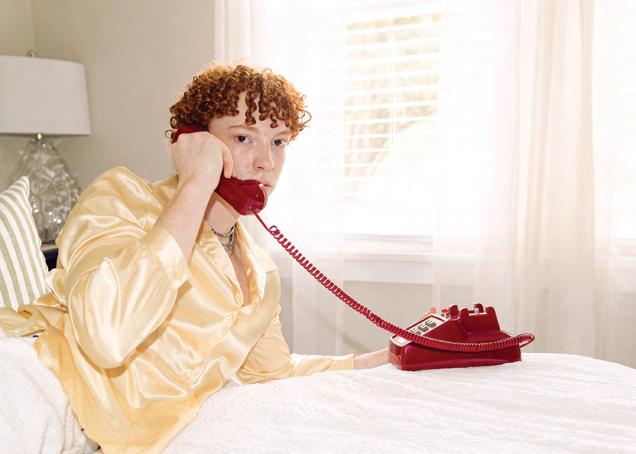
xw xw xw xw
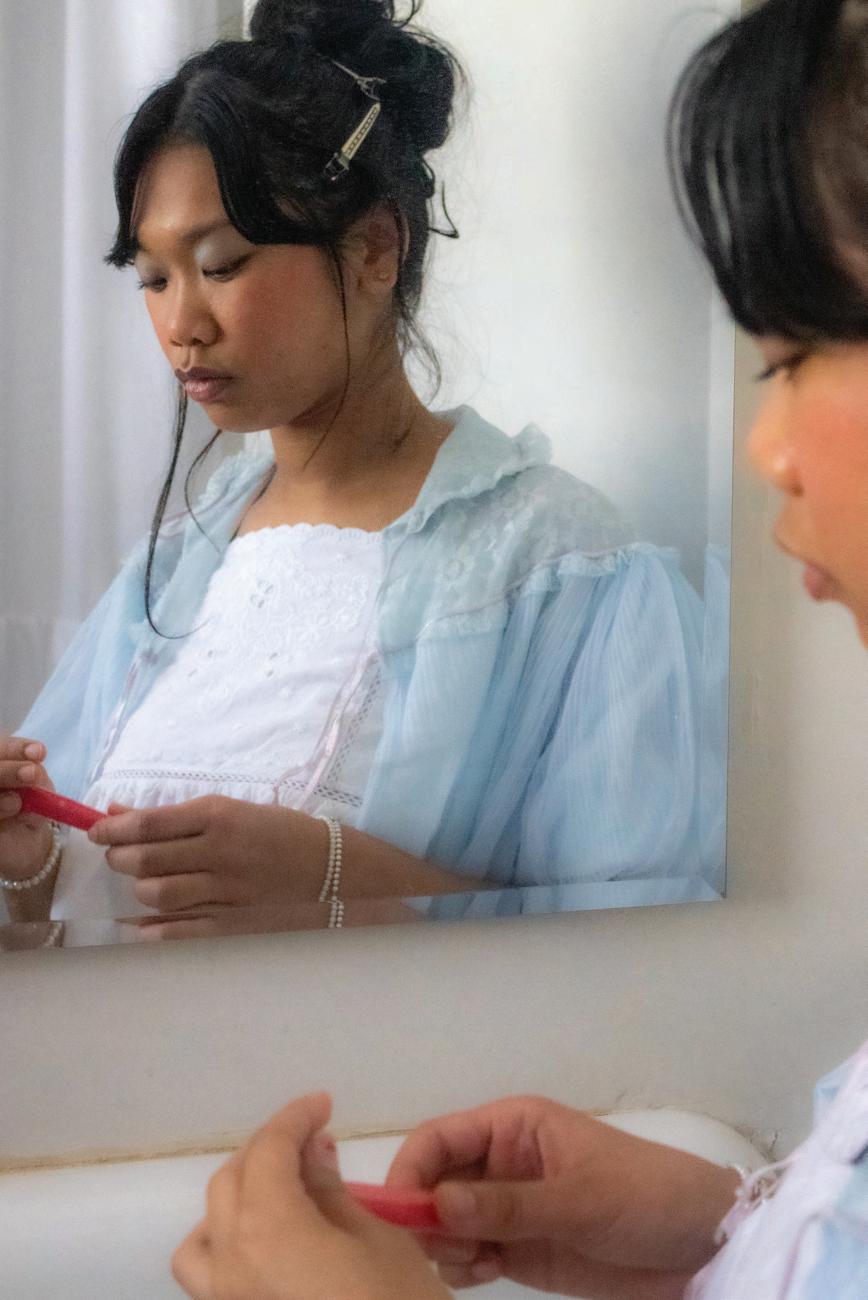
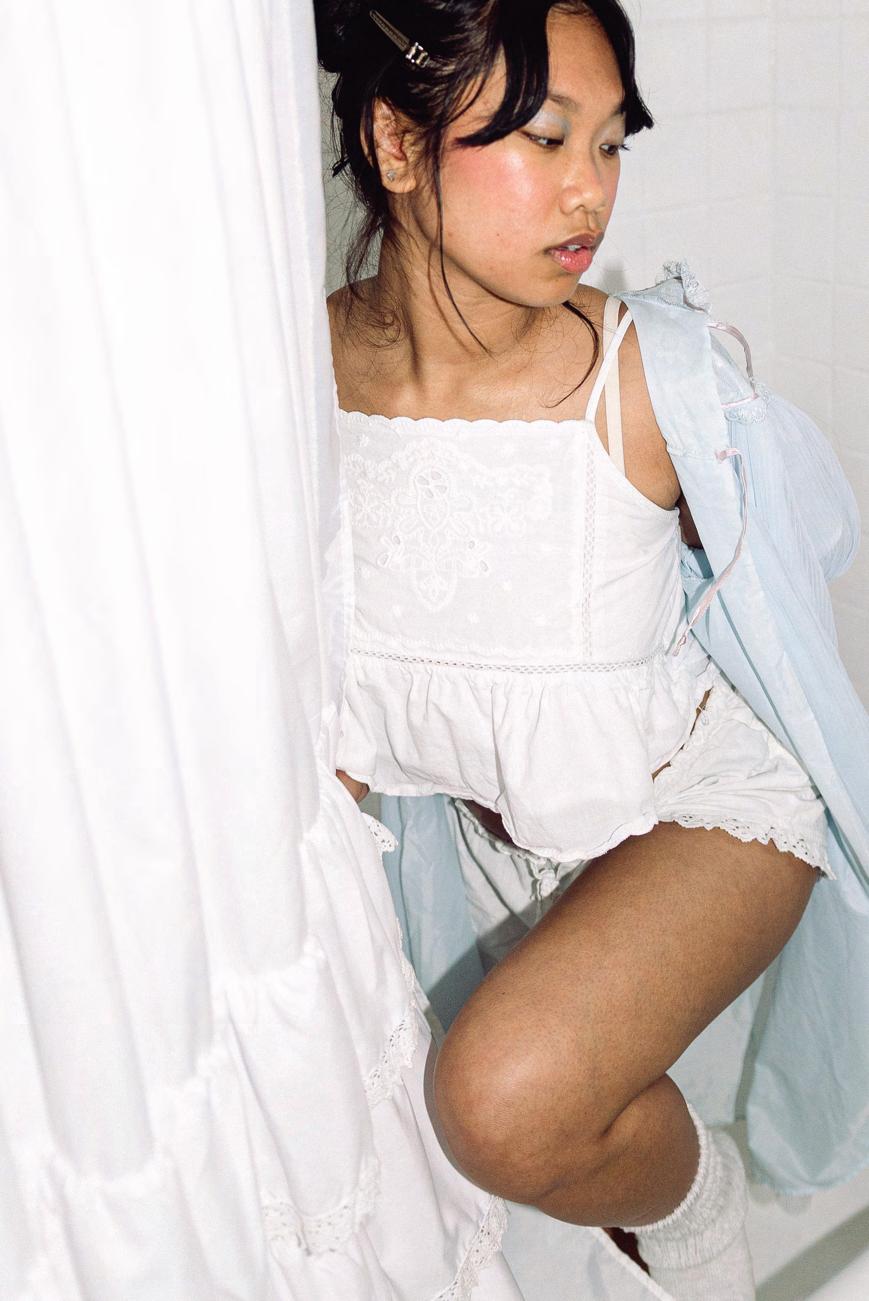
mOur mornings are intimate rituals, intricately designed to support us through the mind fog and beginnings of every day. As the sun creeps out from the horizon, we slowly wake our minds with routine movement, letting our bodies prepare to take on school, work or whatever the day ahead brings.
To help make ourselves feel more put together, one may choose songs or playlists that reflect a current mood. Or, we can choose music that will influence our mindset and behavior for the day ahead.
For some, upbeat pop songs with catchy melodies can serve as an instant mood lifter. The tempo quickens our pulse, helping us shake off the remnants of sleep and find the energy to get started. It’s as if the rhythm itself acts as a personal motivator, pushing us to act with enthusiasm and confidence. These songs often create a sense of anticipation, reminding us that every day is a new opportunity filled with endless potential. Others, however, may opt for something gentler–letting the soft tones of ambient music slowly ease them into their morning routine. Classical pieces or calming instrumental tracks can help quiet the mind, reducing any anxiety that may stem from an overwhelming to-do list.
The smooth, flowing melodies create a sense of peace, allowing the listener to mentally prepare for what lies ahead without feeling rushed or pressured. Slower tempos offer a grounding start to the day, helping to establish a sense of balance before diving into the busyness of life. Then, there are those days when music provides comfort during the heavy moments. People might lean into the solace of slower, melancholic tunes, allowing themselves to fully feel whatever emotions are present. A reflective ballad or a soul-stirring song can be an outlet for sadness, frustration, or introspection. Music like this gives us permission to pause, acknowledge our feelings and
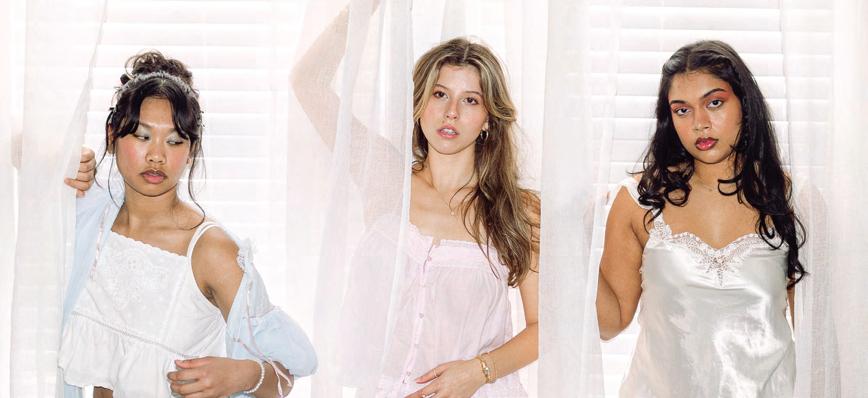
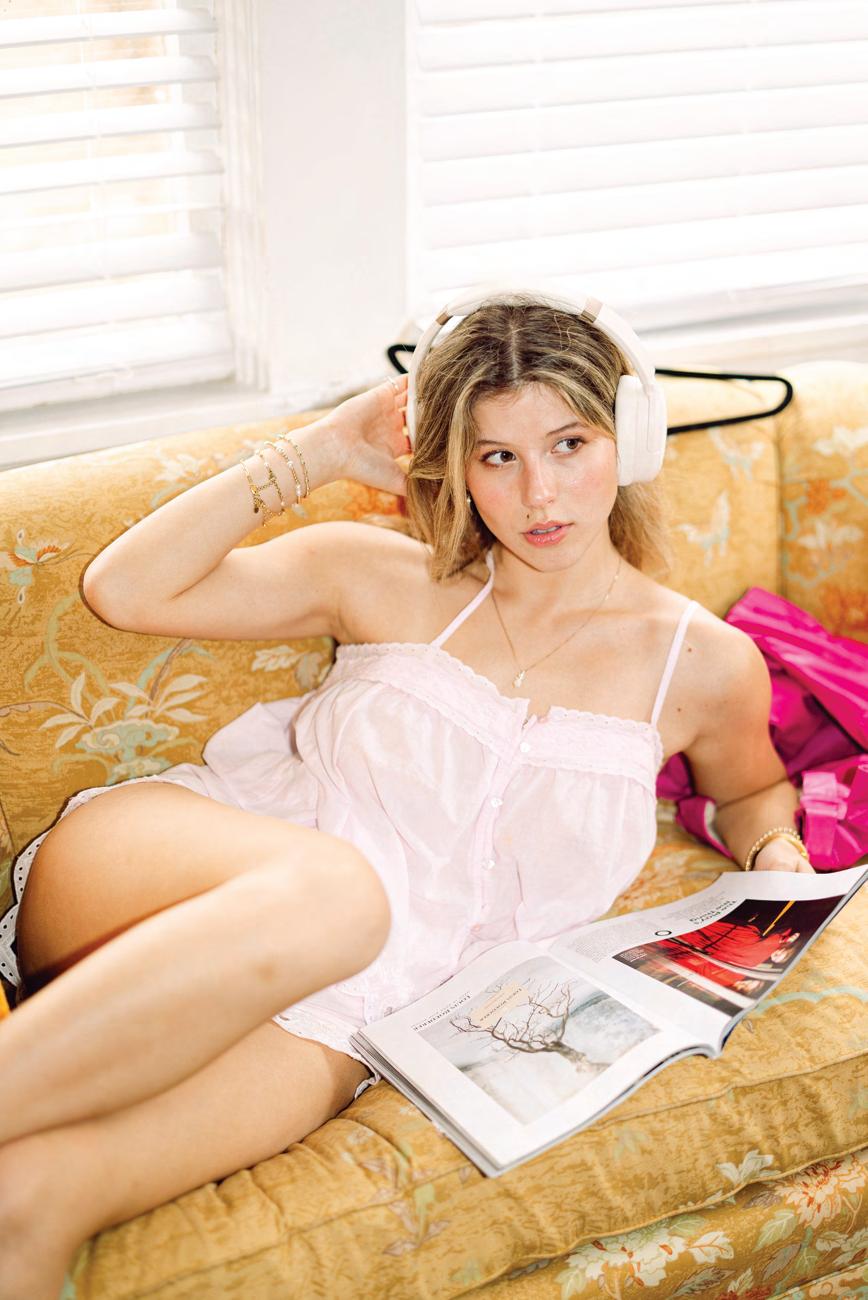
Music’s ability to influence our mindset isn’t limited to the morning hours. As the day unfolds, the power of music continues to shape our moods and behaviors. A well-chosen playlist can carry us through a tough workday, help us relax during a mid-day break or even energize us for an evening workout. Music is a consistent complement to our lives, guiding us through the emotional shifts and demands of each day. Ultimately, music in the morning—and throughout the day—is a deliberate choice that allows us to take control of our emotional landscape. Whether it’s creating an uplifting soundtrack for productivity or offering a soothing solution for stress, music becomes more than just a series of notes and rhythms. It becomes a tool, a guide, and a companion that helps us shape our experiences and navigate the complexities of our lives. So, as the day begins, consider what music will help you meet it with a sense of purpose and grace.
The right song, at the right moment, has the power to make all the difference.

Side A
Lilo - The Japanese House
Spanish HarlemThe Mamas & The Papas
Sienna - The Marías
Minetta Creek - Blood Orange
Say You Love Me - Fleetwood
Mac
Live Well - Palace
Side B
Help Me - Joni Mitchell
Coming Home - Leon Bridges
Moment’s Silence (Common Tongue) - Hozier
He Loves Me Yeah! - Faye Webster
Diving Woman - Japanese Breakfast
Lovely Day - Bill Withers
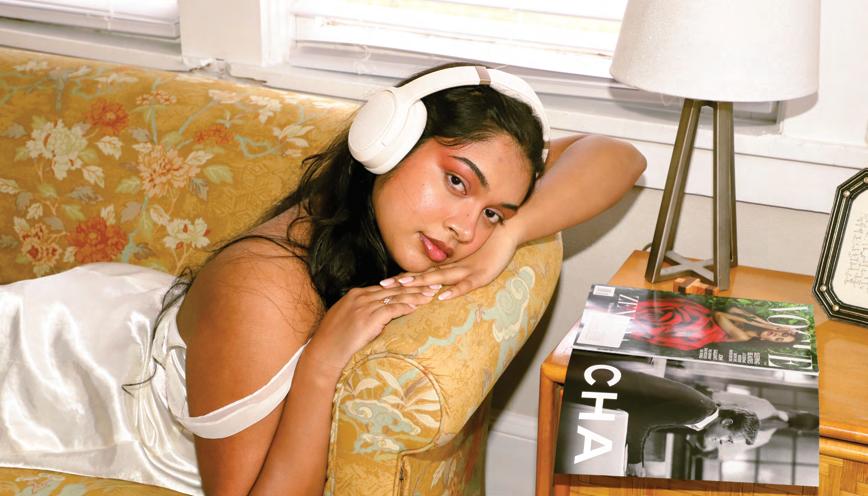
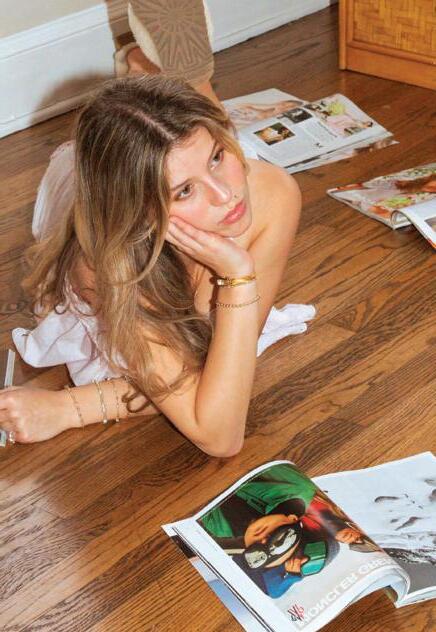
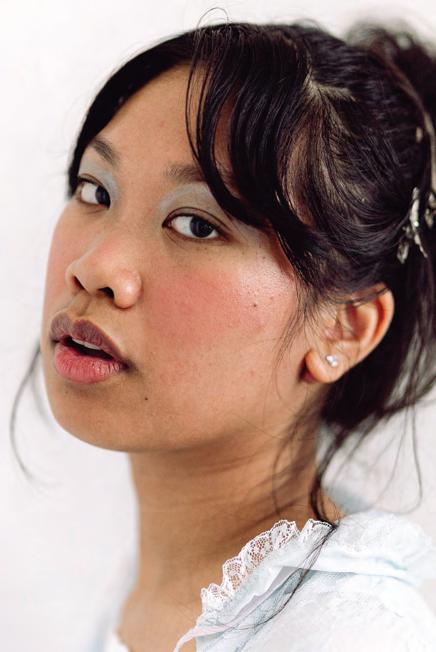
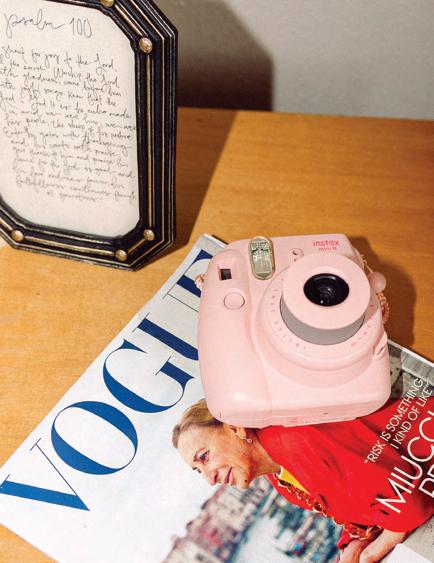
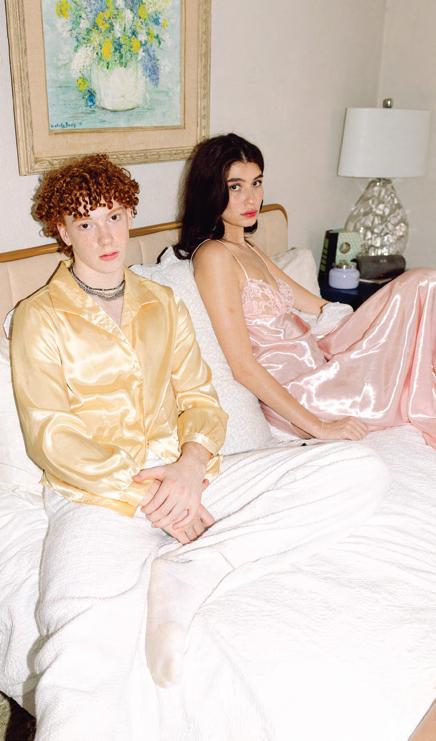

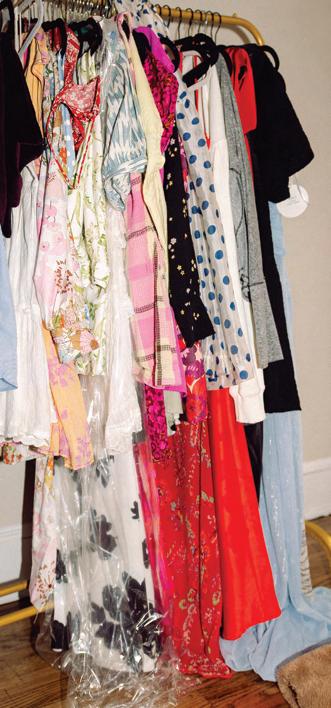
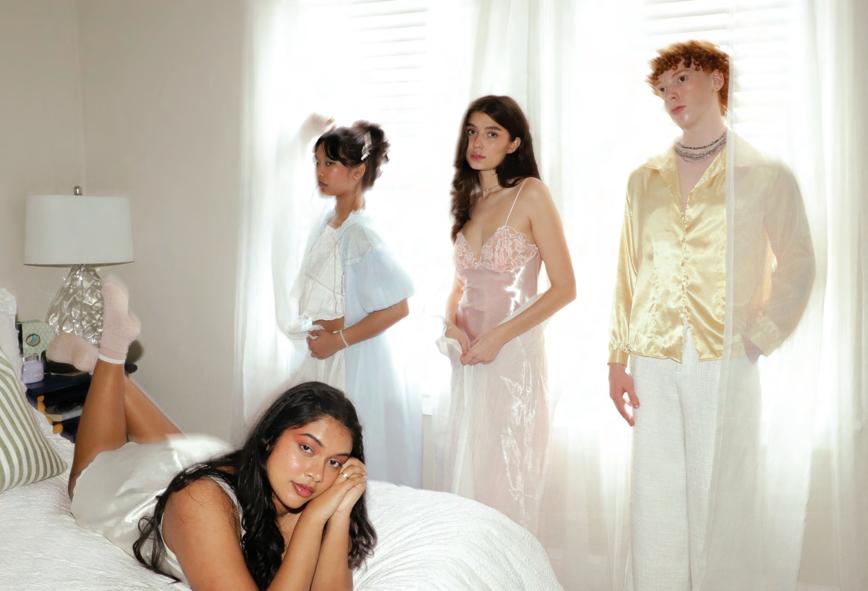
Waddell’ Waddell’s
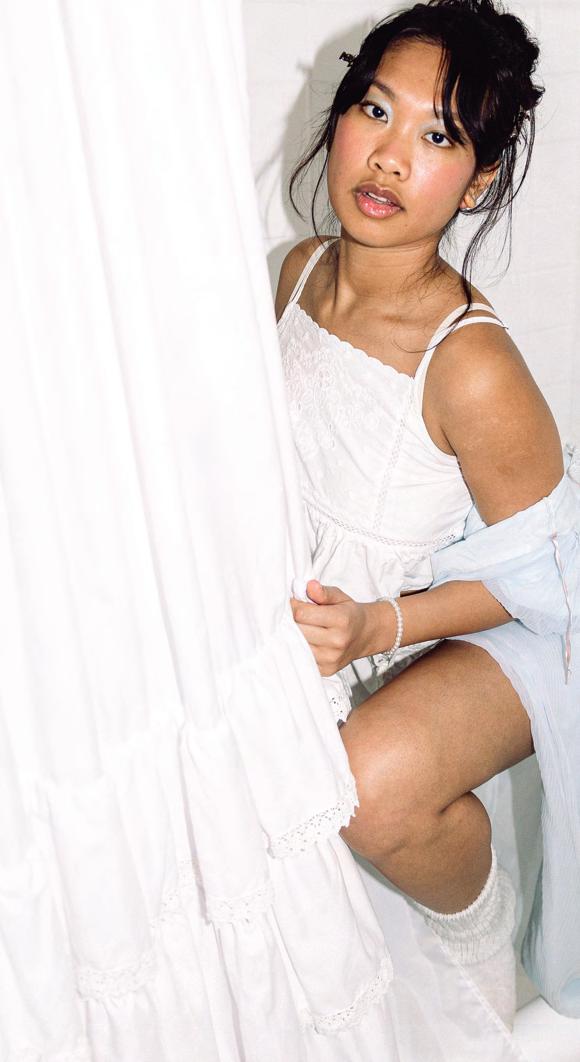
Slowingdown in a fast-paced world is clearly difficult for, well, pretty much everyone. Sometimes, it seems like the slow-paced life that we long for is out of reach. Our to-do lists just keep piling up—appointments, assignments and deadlines, oh my! If you’re a college student, you understand all too well, but whether you are a mom of four kids, a retired grandpa, or an elementary schooler, it can be hard to find a balance. Of course, we should not throw caution to the wind and do nothing all day, every day, but we absolutely need to find time each day to slow down. Not just to keep us from going insane but to nurture our mental health. In turn, our physical health will follow. Most importantly, it transforms our perspective on life. We all have things to do, people to see, and somewhere to get to, but when we rush our daily routines in order to accomplish all of our tasks by the end of the day, it becomes obvious that this self-induced speed run isn’t doing any good. The phrase “running around like a chicken with its head cut off” becomes a reality—our minds are in one place while our bodies are dashing from place to place. Aside from this feeling of chaos, our physical and mental health are impacted, too. The brain is like a muscle; it needs to be rested and given a proper reset. Slowing down has been proven to help reduce stress levels, lower blood pressure and increase awareness and social interactions
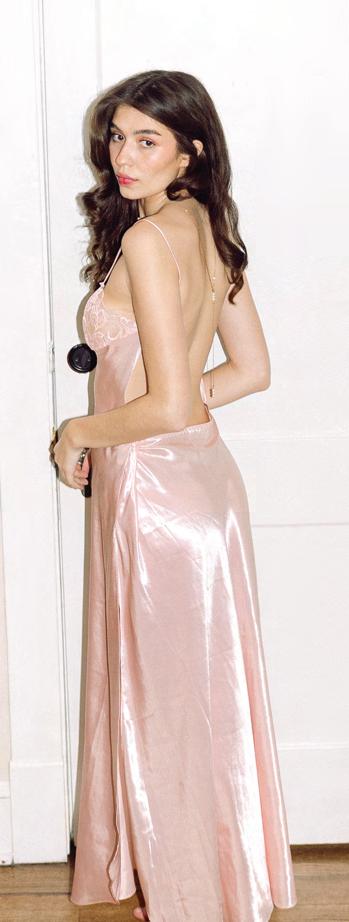
(Solan 2022). Decision-making, mindfulness and overall creativity also show improvements. Harvard Health Publishing quotes Laura Malloy, the director of the Successful Aging Program at Harvard-affiliated Benson-Henry Institute for Mind Body Medicine, who claims that slow living is not concentrated on cutting out hobbies or leaving community involvement but more about placing purpose, gratitude and focus on our tasks at the right rhythm. When we slow down, it opens our eyes to what we have accomplished in life and helps us to be thankful for the people and opportunities around us. We become more present and gain a new perspective of ourselves (Kim 2024). Sometimes we move so fast that we get tunnel vision, and it becomes hard to distinguish between deadlines and the necessity of rest. Put quality over quantity in your life and direct your energy (slowly!) to what makes you passionate about living. Slowing down does not always mean performing your daily routines at a slower pace. Sure, take your time writing that research paper, or take the scenic route to pick up the kids from practice. It can also consist of engaging in relaxing activities.
Here are a few ideas that aren’t just doom-scrolling in bed.
Simple, yes, but even if you do not like reading, spend time with something that interests you. Whether you are a sports fan or prefer a good issue of Vogue, reading helps to slow our minds and expand our creativity.
This can be with a friend or alone. Not only does exercise benefit our mental and physical health, but talking to someone (or yourself) teaches us to be patient and connect with the people we value in our lives.
Who doesn’t want this? If you do not have a whole day to spare, make it a morning or afternoon endeavor. Your self-care regimen can involve anything from face masks, iced coffee, yoga, nail polish or anything for your personal primping and preening.
This may be frustrating at first, but learning a new skill illustrates patience and the lesson that it is never too late to find a new passion. Sewing, bouquet making, golfing and baking are just a few ideas, but there are so many to try!
In no way am I encouraging overconsumption. In fact, you do not have to buy anything (crazy, right?). Instead, it is calming to just peruse around the store and take in the aesthetics every now and then without being rushed to get to the next place. You never know what treasure you might find if you slow down to really look (take your time thrifting!). If you find that dress you have been wanting that’s on sale, or even something that is just “so you,” don’t feel guilty about buying it. You deserve it. Treat it as your reward for slowing down.
The slow-living life provides a plethora of benefits. Our minds are clearer, our mental health is boosted and we are more thankful, mindful people because of it. It is easier said than done, but go see for yourself the joy of slowing down and take note of how much richer your life becomes.
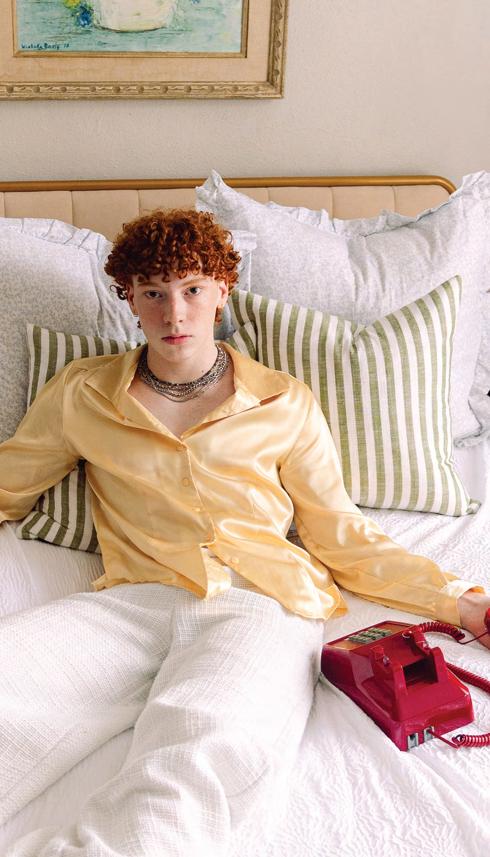
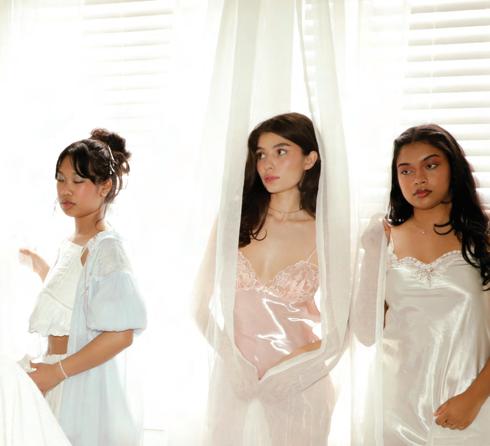


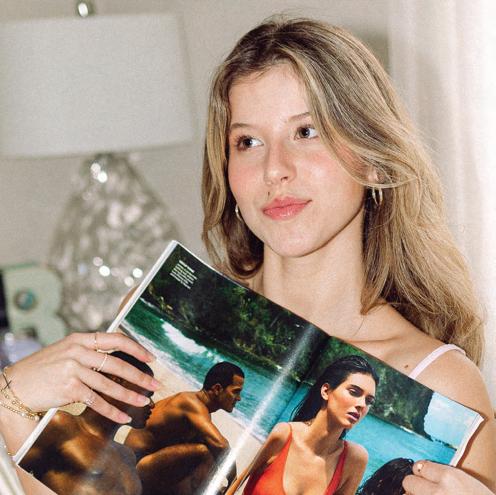
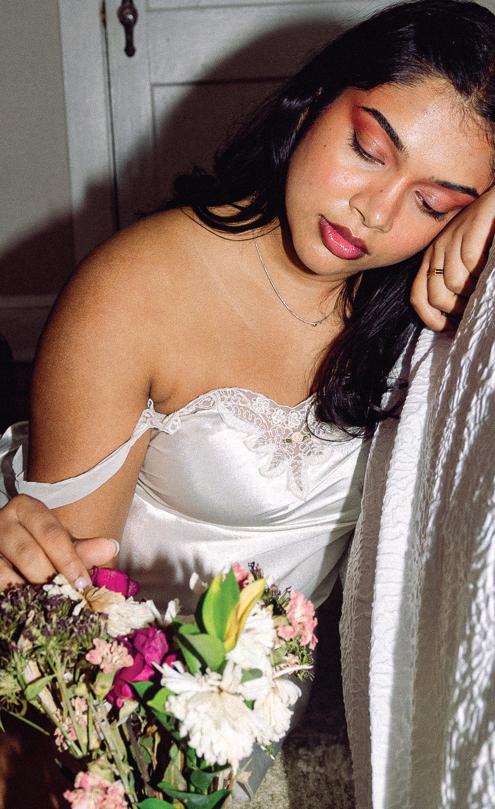
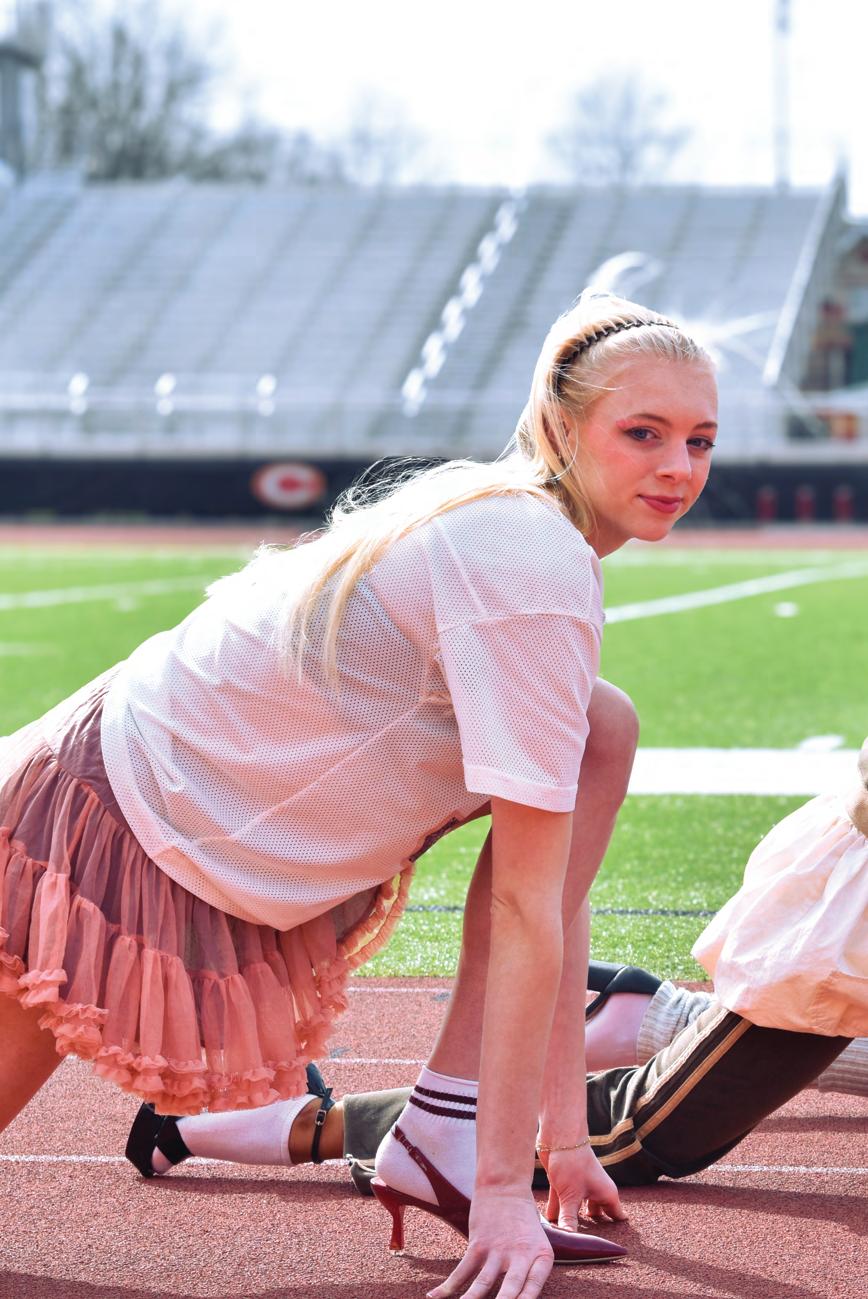
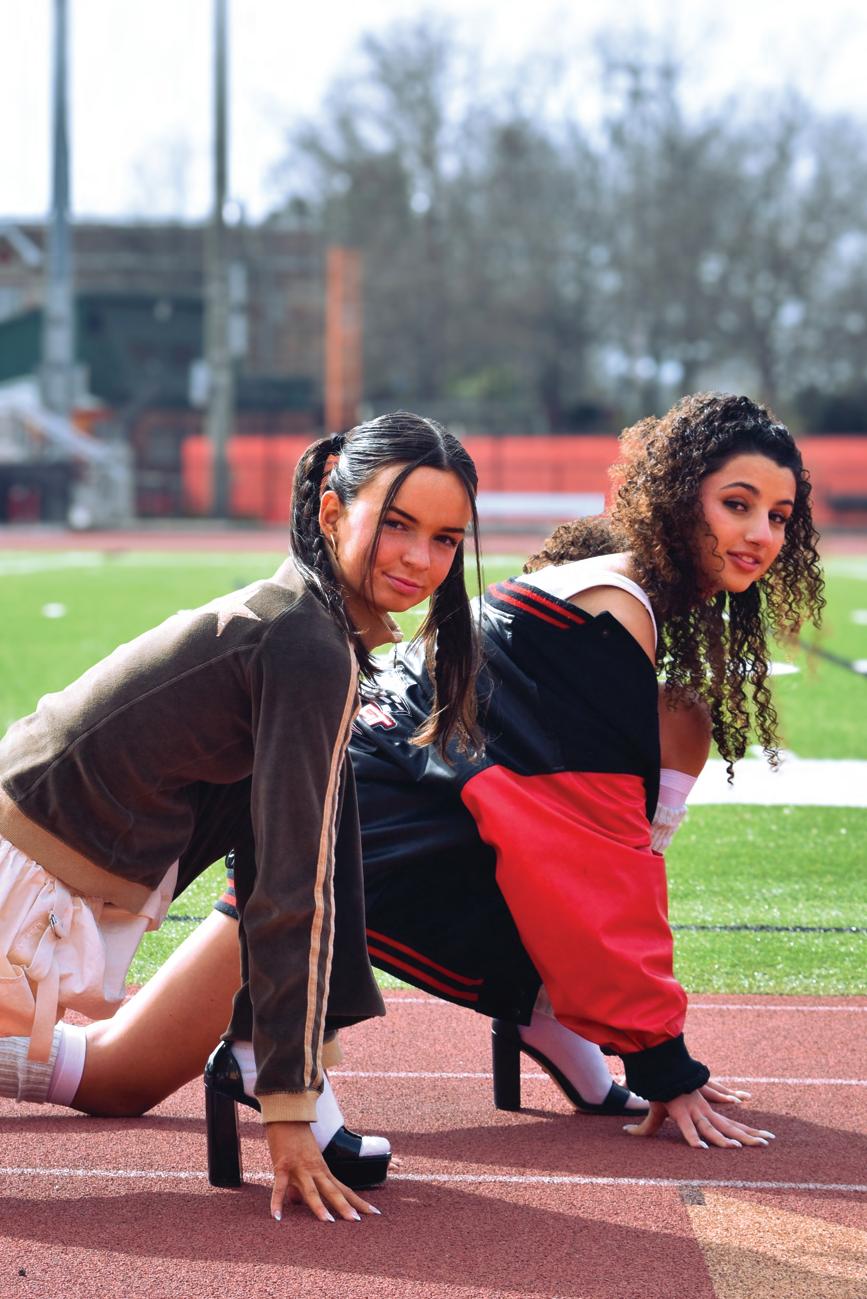
The sun is shining, the sky a perfect shade of blue, and you wake up buzzing with energy — unstoppable, motivated, READY. You slip into your favorite tracksuit, swiftly tying your hair back, and lace up your sneakers. Water bottle in hand, headphones in place, you’re out the door in minutes. At the track, your team’s energy is palpable. The air hums with excitement — friendly competition meets unshakable camaraderie.
Each stride feels like a shared victory. Together, you push limits, lift each other higher, and celebrate every small win. Nature surrounds you, and the world begins to blur. Thoughts grow clearer, creativity sparks, and your body feels alive. With every step, your goals feel within reach. With every lap, you grow stronger, more grounded, more you.
Bathed in sunlight and carried by laughter, you remember: this is more than a workout; it’s a ritual for the soul.
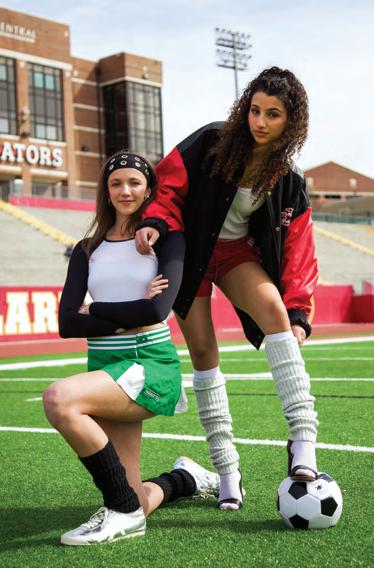

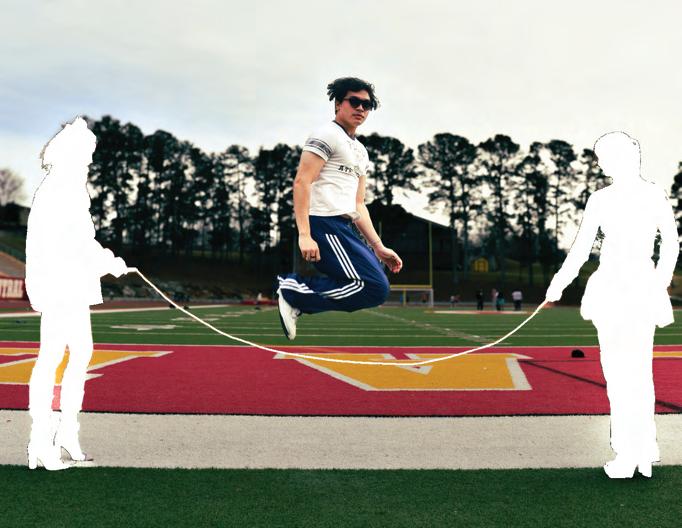
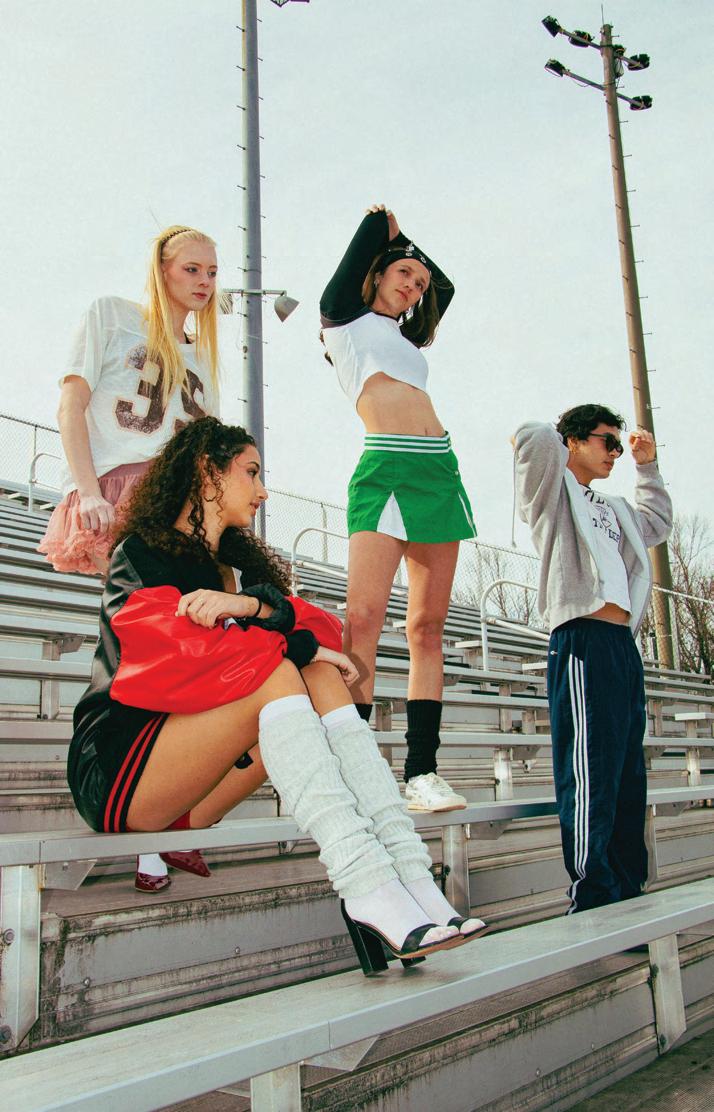
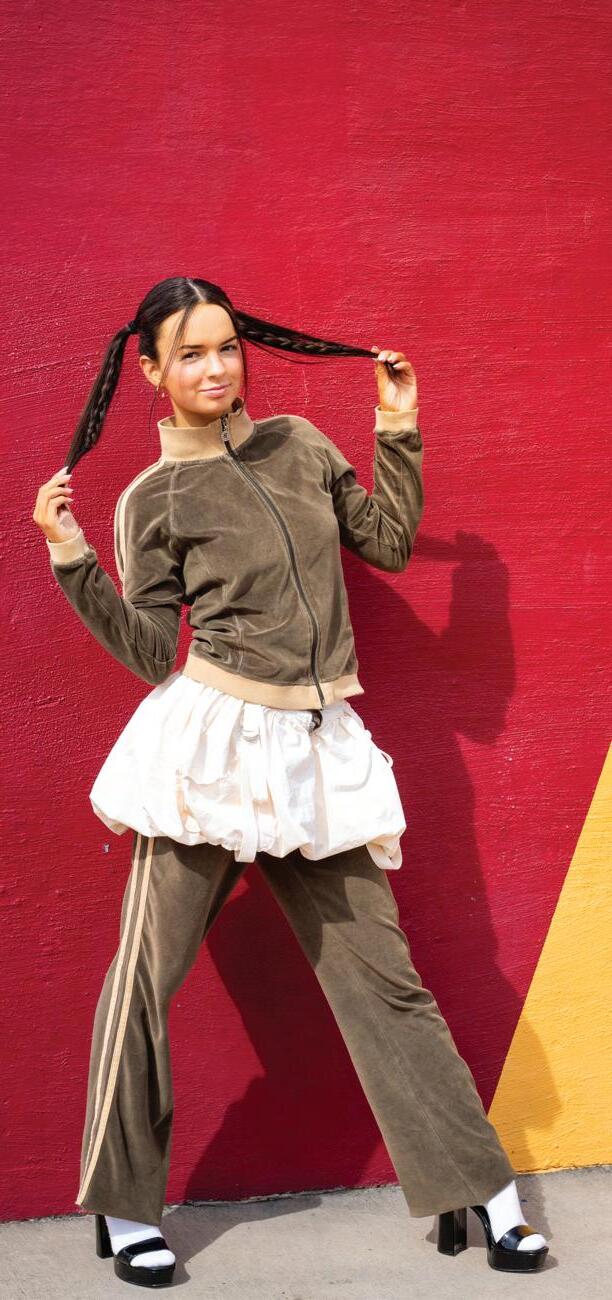
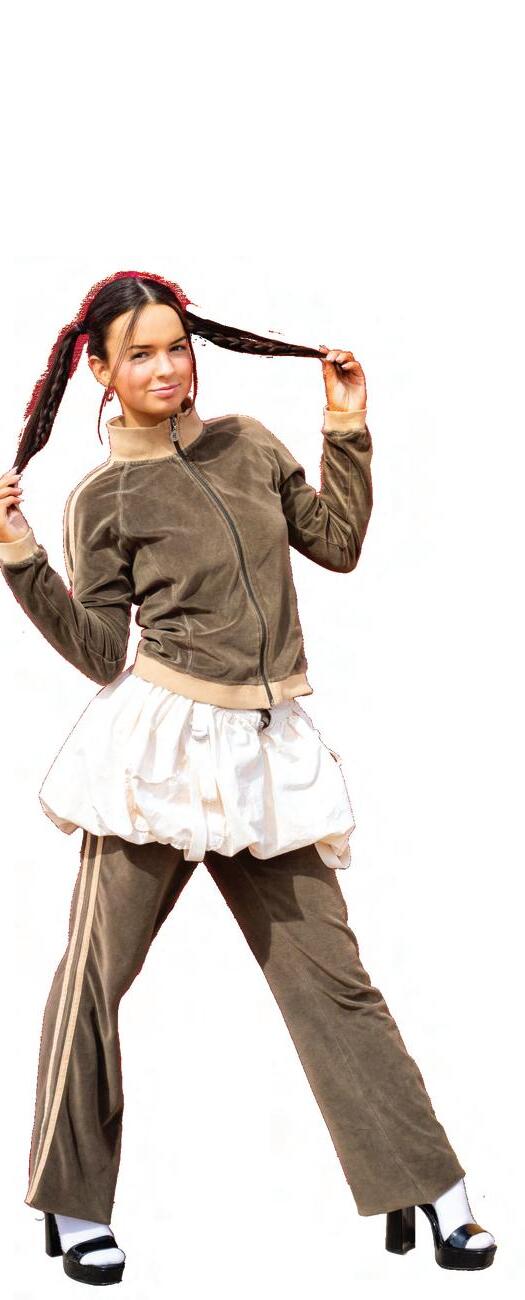
They're comfortable. They're chunky. They're kind of ugly.
Dad Shoes have made a big comeback in recent years, gaining attention through New Balance’s 2019 campaign slogan, “Worn by supermodels in London and dads in Ohio.”
This versatile sneaker, both chic and vaguely cheugy, has made a comeback through a redefinition of style. Dad Shoes challenge the traditional view of fashion as an art form by embracing the mundane and emphasizing functionality. Think about it: Your dad’s ratty Asics sneakers he wears while mowing the lawn have popped up across your feed, your social circles, and your local thrift stores.
Embracing the “ugly” is something that Dad Shoe wearers find easy. Retro styles, like quilted jackets, baggy jeans, embroidered sweaters and chunky sneakers have overtaken the closets of countless 20-somethings as they build their personal styles. Sean McFarland, a senior entertainment and media studies (EMST) and psychology major here at the University of Georgia, says he’s drawn to a grandparent aesthetic for its eccentricity.
McFarland said, “they don’t really care about the fashion. If you’re able to mix the eclectic aspects with something elevated, then you can be comfortable and fashionable at the same time.”
“Ugly” shoes are being warmly embraced across the fashion industry. According to Forbes, Birkenstocks, Crocs and Hokas all reported significant year-over-year growth in 2024. High-fashion designers like Balenciaga and Louis Vuitton have tried their hand at mastering the art of the unsightly trainers, giving them an elevated twist.
Clothing holds meaning. Even if they’re fresh off the rack, dad-like shoes can evoke a sense of nostalgia. Cozying up in a cross-stitched sweater, well-worn jeans and comfortable shoes makes you feel safe, imagining yourself in the arms of a loving grandparent.
Riley McLaughlin, a senior Interdisciplinary Art and EMST major, chooses her clothes for their sentimentality
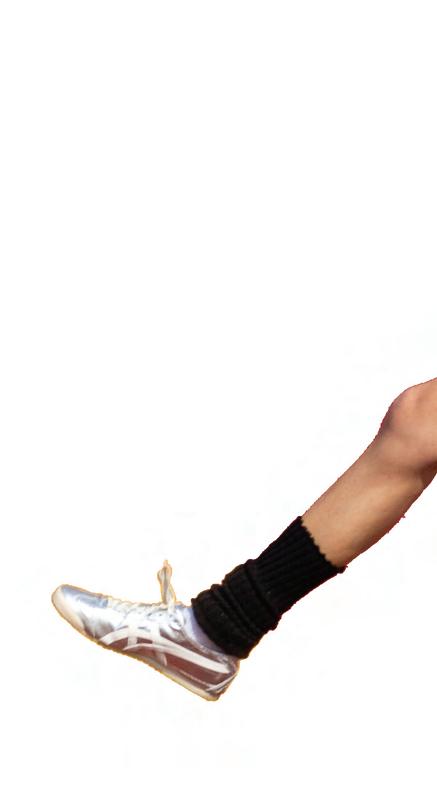
tion. By buying high-quality pieces that are built to last, the environmental impact of your closet decreases as opposed to shopping for micro-trend items that will go out of style before your package arrives.
Victoria Lorenzo, a senior health promotions major, values showcasing her personality through clothing. Her closet is comprised of crocheted tops, dainty cardigans, and a time capsule wardrobe of buildable basics.
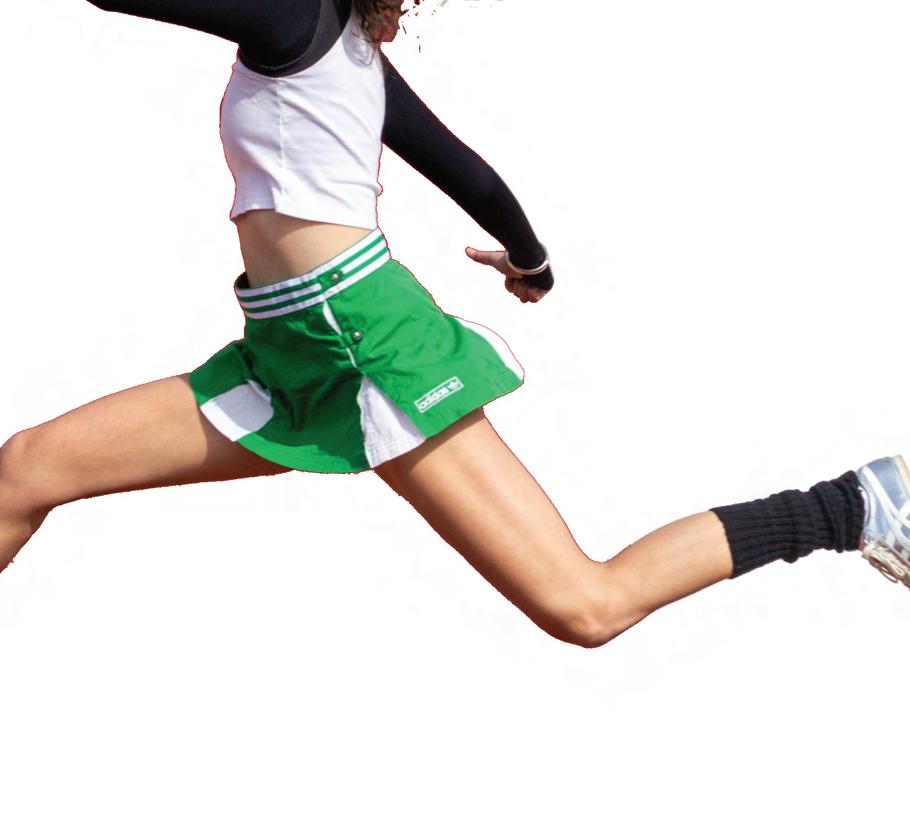
lower quality when you can pick up something unique and durable?
“It feels like you’ve earned it if you find something in a thrift store,” said McFarland. “It’s like finding a treasure, to discover a really cool piece.”
Next time you’re sifting through the racks at a garage sale or vintage store, keep your eyes peeled for the ugliest, most unassuming shoes you can find. They might just become
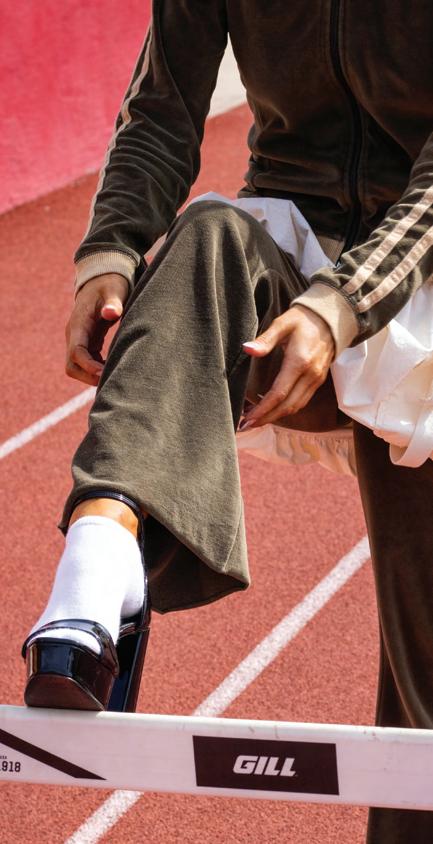
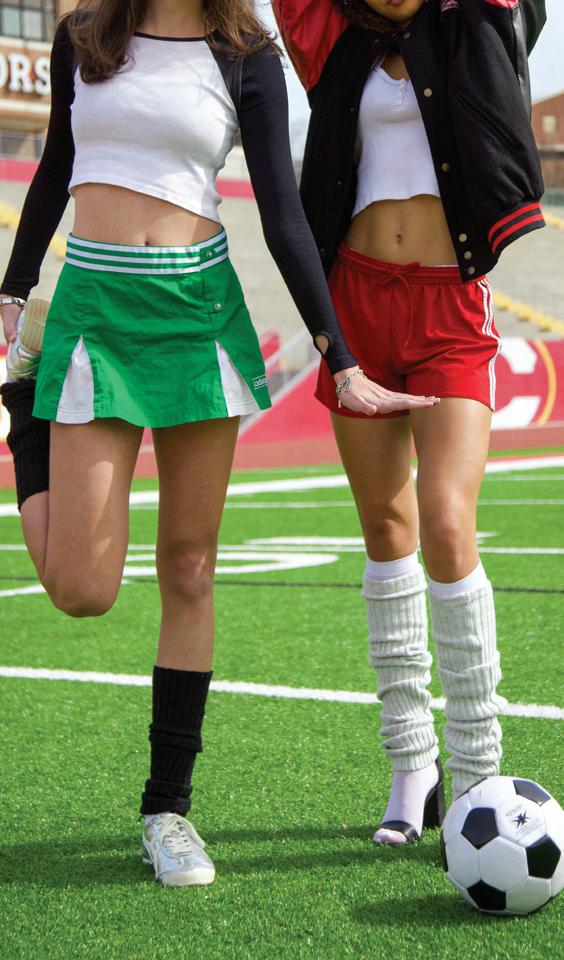
The Style of the Kentucky Derby
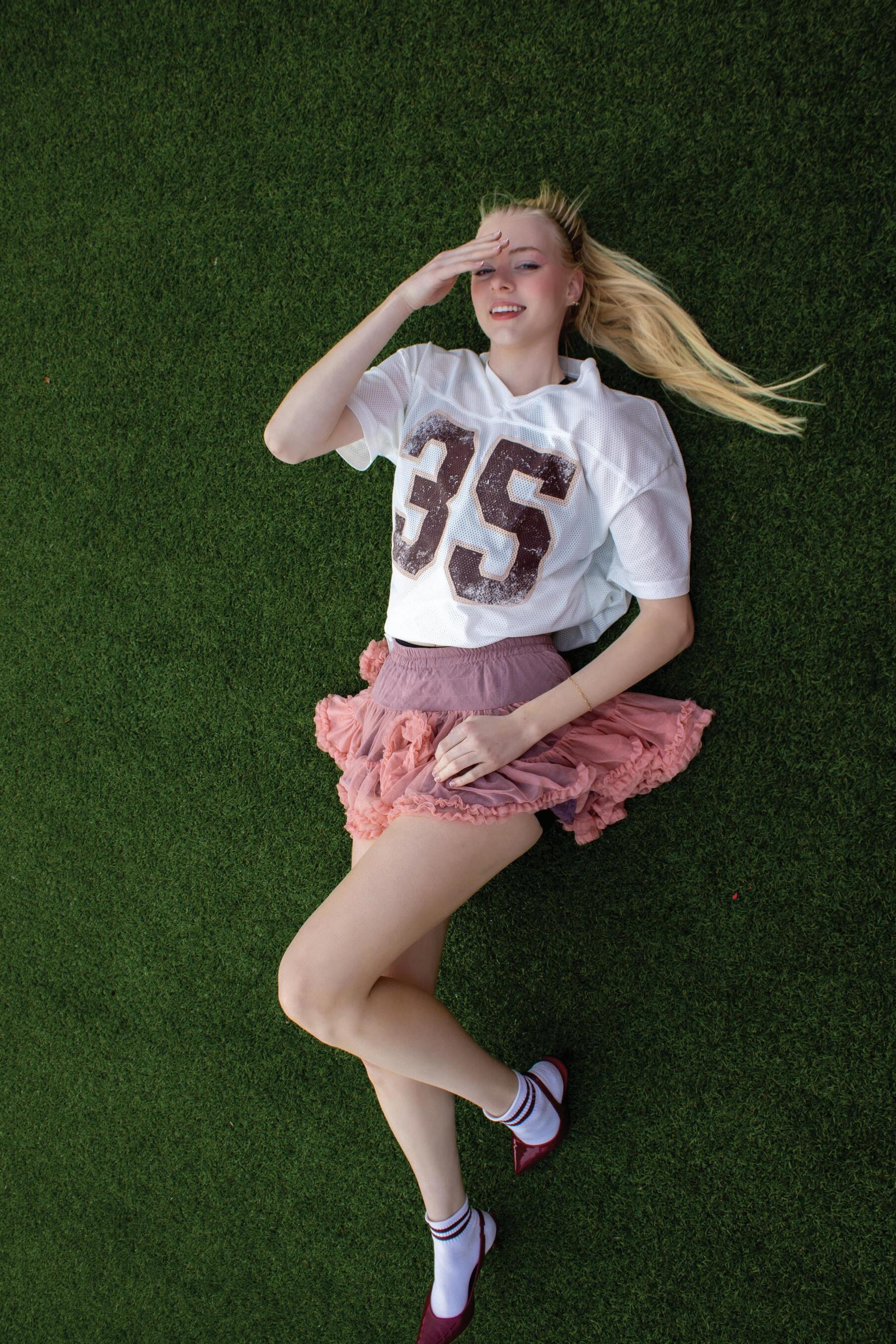
By Demi Kurts

The
most exciting two minutes in sports, or the most exciting two minutes in fashion?
The Kentucky Derby is “the oldest continuously running sports event in the United States” (Kentuckyderby.com). While the Run for the Roses is certainly an exciting time for jockeys, trainers, horse owners and audiences alike, the real showstopper of the event for many is its fashion. Huge hats, brilliant pastels and ruffles galore make up the unique fashion on display at the Kentucky Derby. So, what made this sporting event into the fashion moment that it is today?
Where there are people, there is inevitably fashion. One could go so far as to say that fashion in and of itself is really nothing without the people who are wearing, designing and shaping it. This is why sporting events such as The Masters, Wimbledon–even just a country club tennis match–have developed their own dress codes and
couture traditions. The culture of these events is unequivocally shaped by attendees and their unique fashion choices, in turn creating iconic and long-lasting trends.

The Kentucky Derby was founded by Col. Meriwether Lewis Clark, Jr, who visited Europe to gain inspiration from their racing system for his Louisville Jockey Club. He took home with him not only “European-inspired standard weights, modern track rules and regulations, and new ways of wagering,” but also the deep tradition of the races being a place to see and be seen. Before the first Derby, his wife and her friends dressed exquisitely in large poofy dresses and widebrimmed hats, riding in open carriages throughout the town

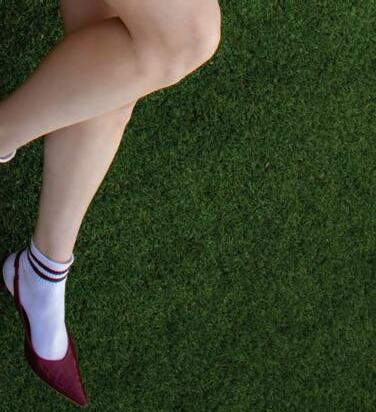
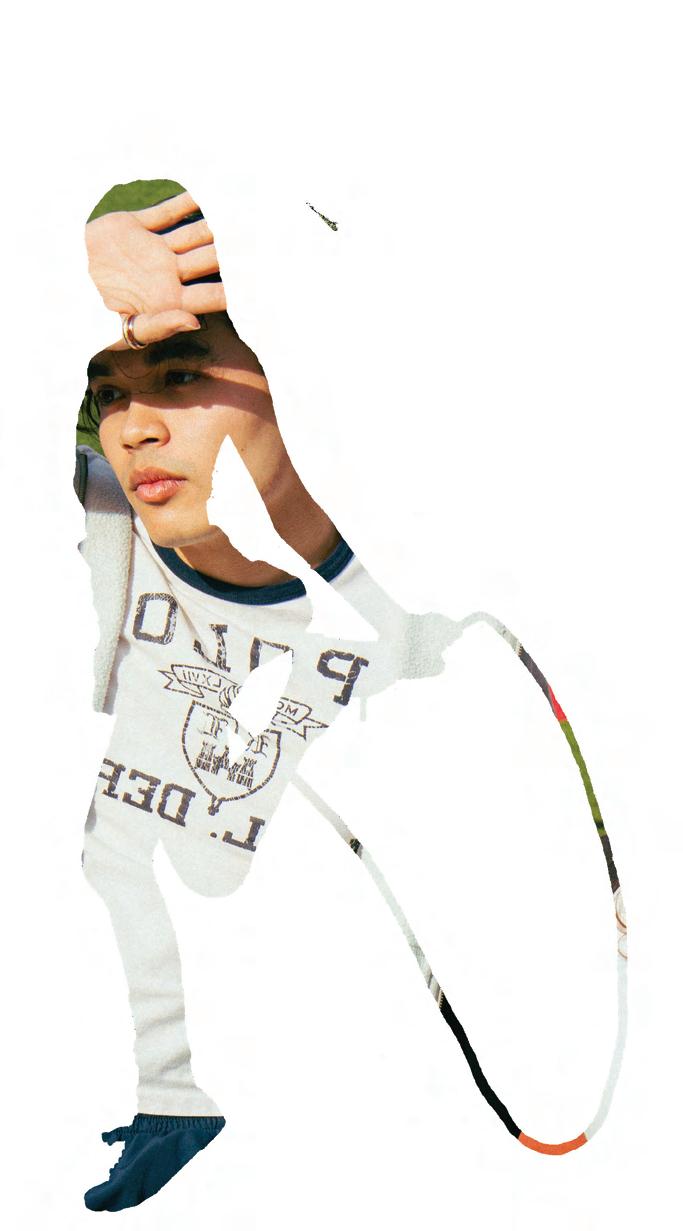
the Kentucky Derby is truly a nod to the social trends of the 1800s. It was not women’s place to get down and dirty but to be wives and mothers. This led to uncomfortable clothing that did not allow movement and instead confined women. They were not allowed much stylistic freedom, and so their hats, a fashion staple at the time, became a place where they could express themselves. The hats became more and more flamboyant over time, becoming a sort of “status symbol” for their wearers. The mentality became the bigger, the better, or more so the bigger, the wealthier. olution of Kentucky Derby hat fashion reflects the evolution of women’s roles in society. Early Derby fashions were not designed for women’s comfort but rather to establish social status. Hats were originally worn to shield from the sun and dust present at the races and started off as quaint accessories. As women sought more freedom in society, they used their hats as a form of self-expression and even rebellion. Derby fashion can be broken up into turning points, where the fashions were changing at the same time as major world events.






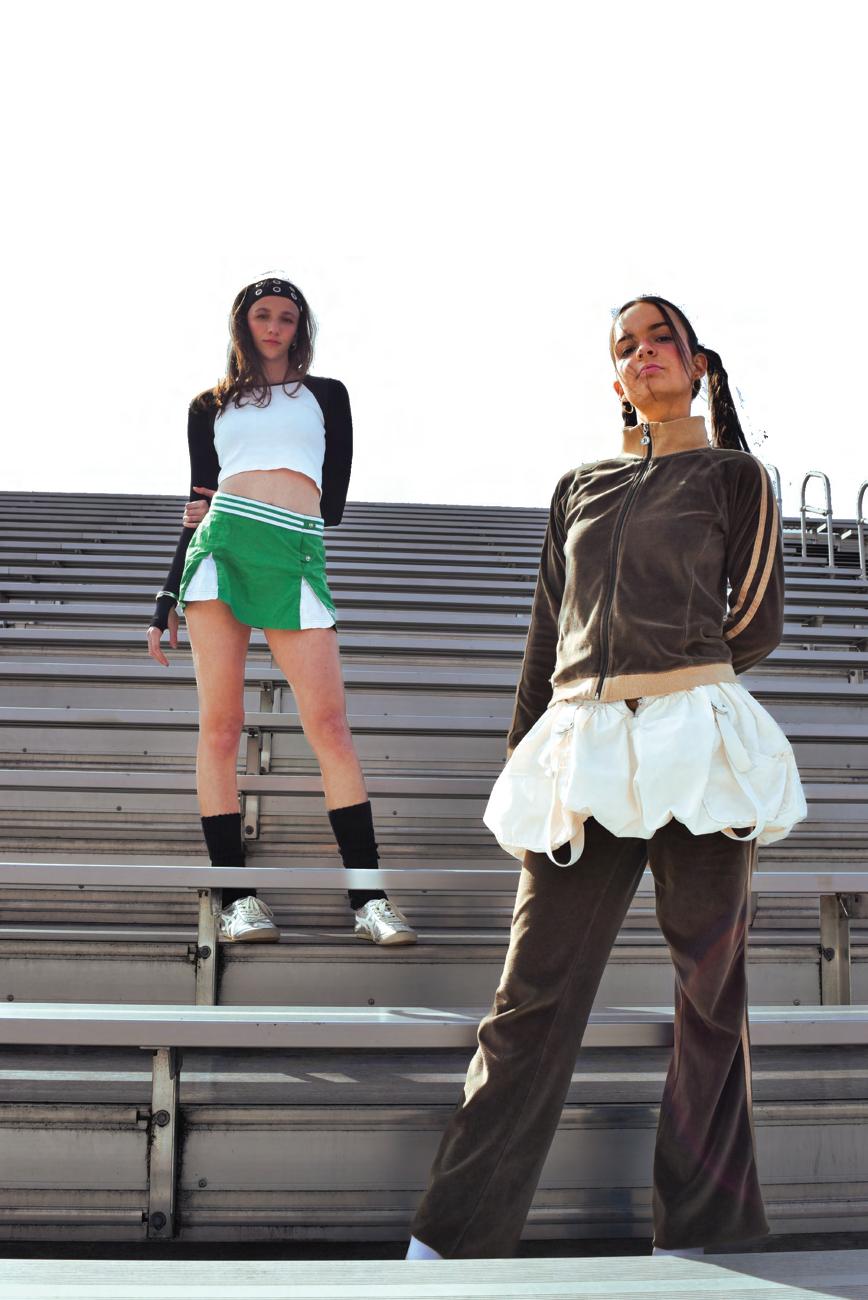




society, they used their hats as a form of self-expression and even rebellion. Derby fashion can be broken up into turning points, where the fashions were changing at the same time as major world events. Take, for example, the rise of events being televised in the 1960s – this chance to be seen on the silver screen increased the size and showiness of hats. In 1977, designated “International Women’s Year,” the National Women’s Conference took place. As women’s rights gained broader acceptance, Derby fashion shifted from traditional rules of women's fashion, with pantsuits
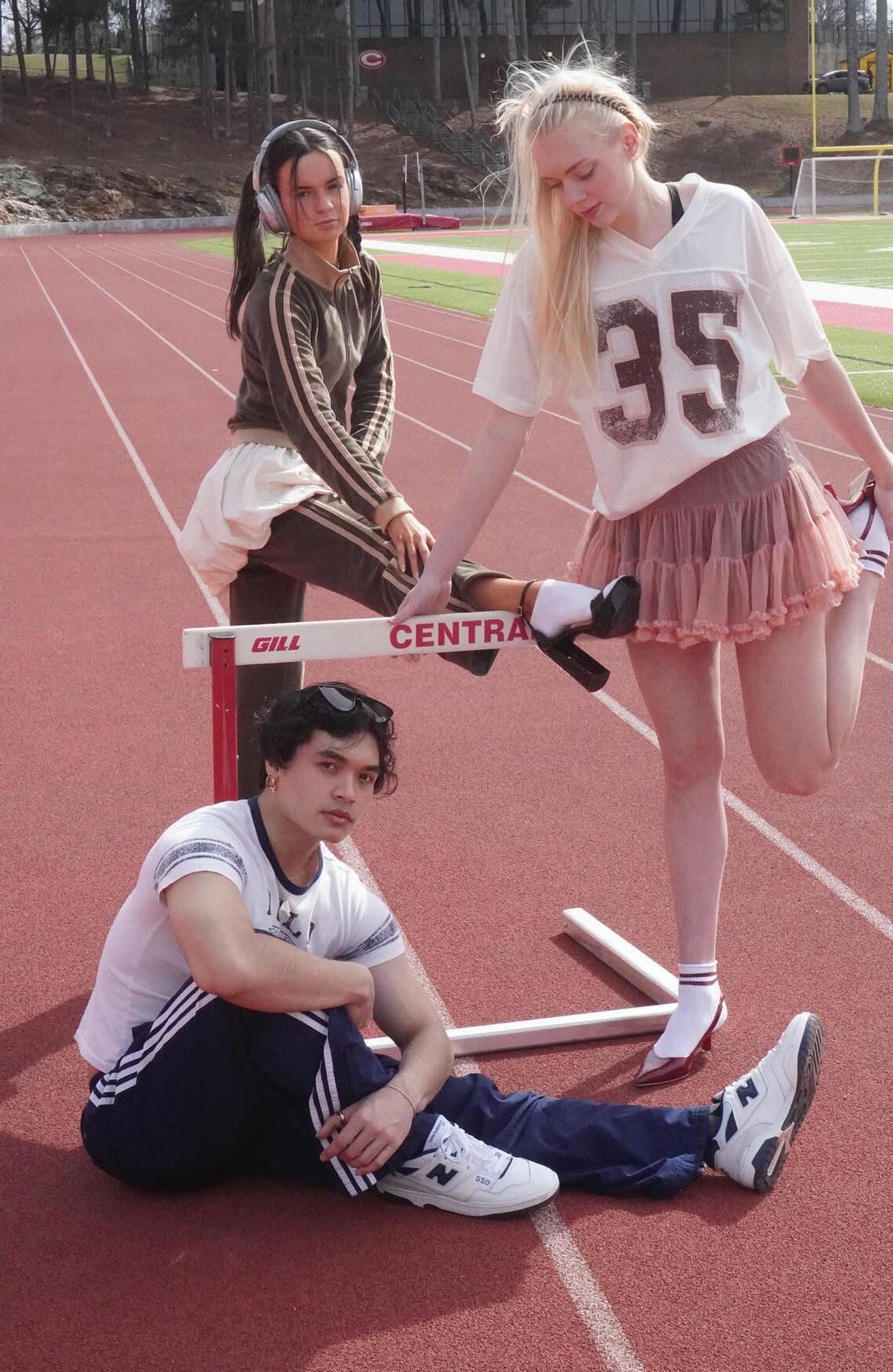
and simpler hats becoming increasingly popular. By the 1980s, the Kentucky Derby had become a growing place for people to show off their individual styles. Consequently, the hats became increasingly elaborate. The hats evolved into elaborate creations with huge contraptions atop them–truly works of art in themselves. The 1990s saw a mix of all of the above, reflecting how women’s rights had become a part of society.
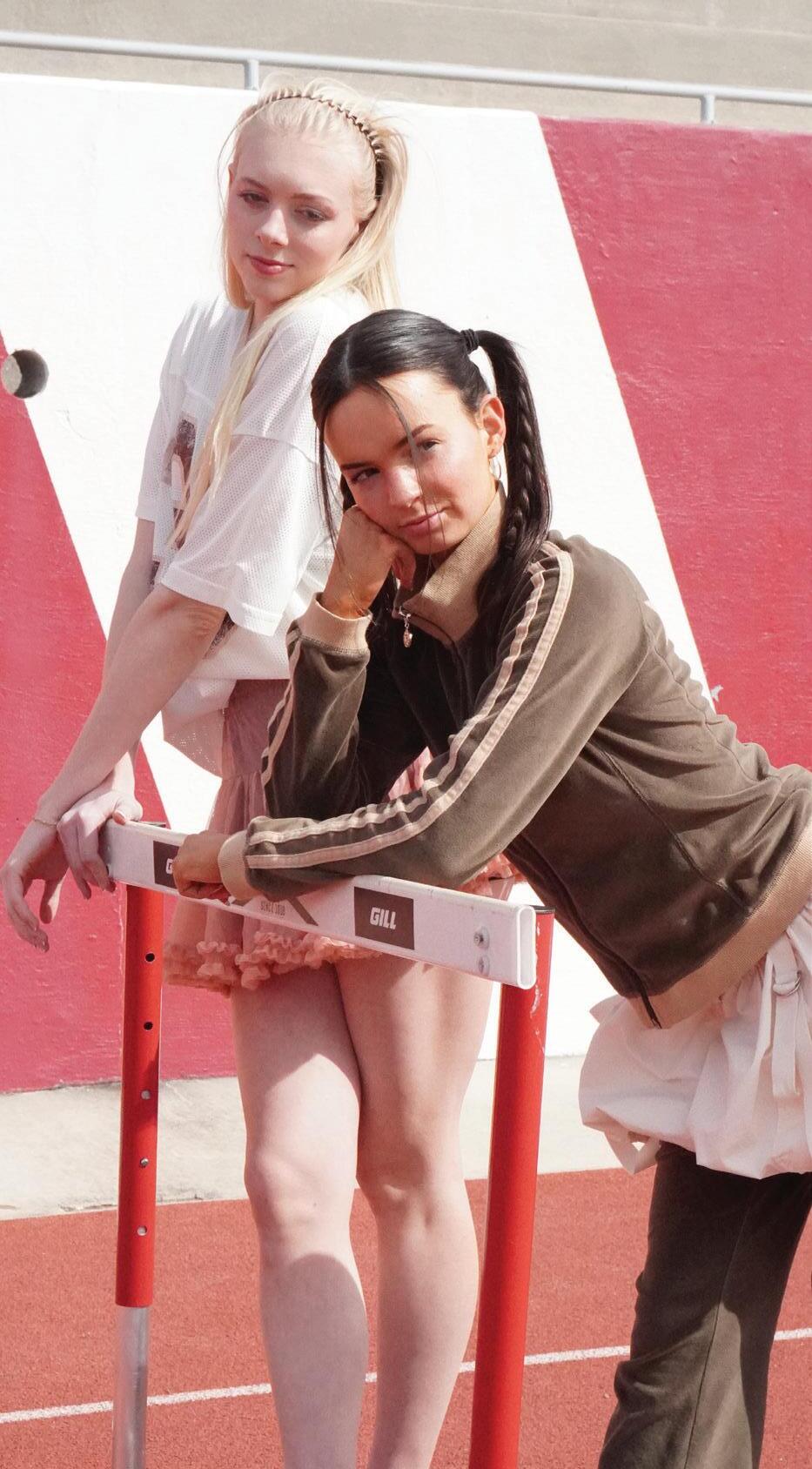
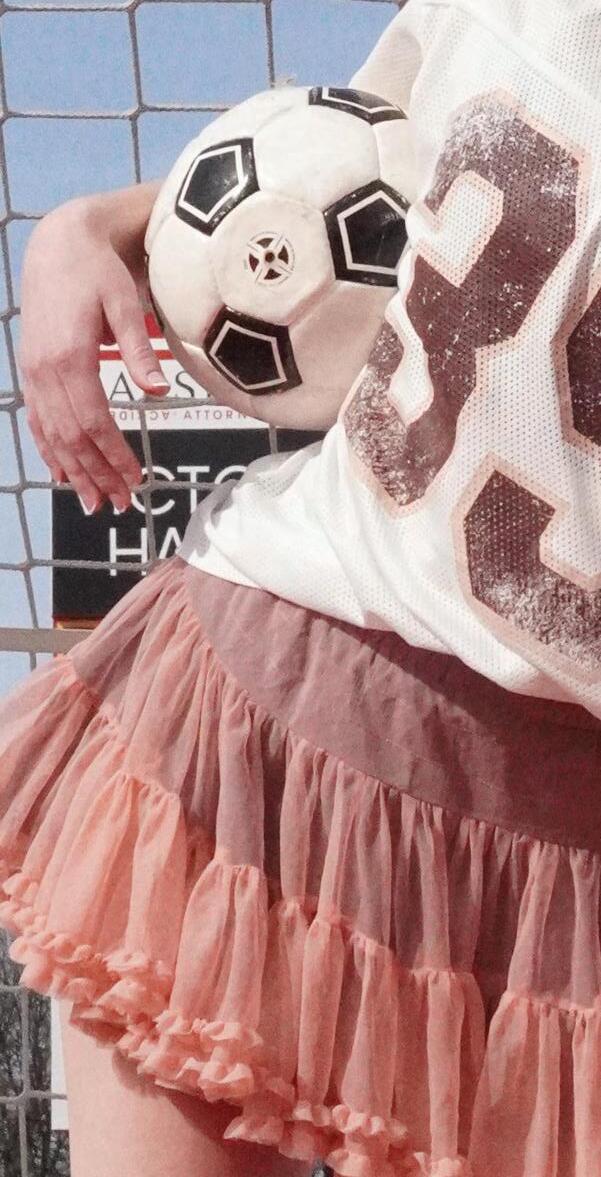
Women could choose how they wanted to wear their Derby hats. Just as hat brims widened and loosened over the years, society became more comfortable with change. Now, Derby hats are up to the interpretation of their wearer. There are endless ways in which spectators can go – from vivacious and extravagant to classy and sleek to simple and practical. Celebrities, world figures and fans alike spend months planning their hats and outfits before the big race. Some even enlist the help of designers and fashion icons to curate the perfect hat. Whether simple or extravagant, these hats are a cherished tradition that brings an element of fun to the Kentucky Derby, allowing us to take a look into our society’s past and see how far we’ve come in the time it takes for the racehorses to circle the track.
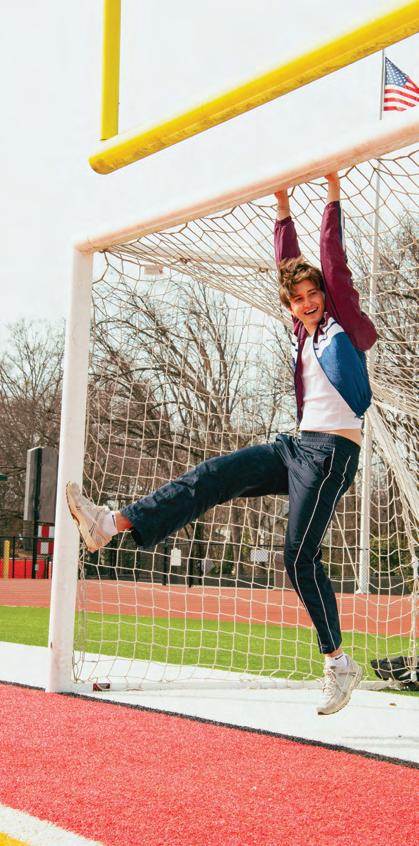
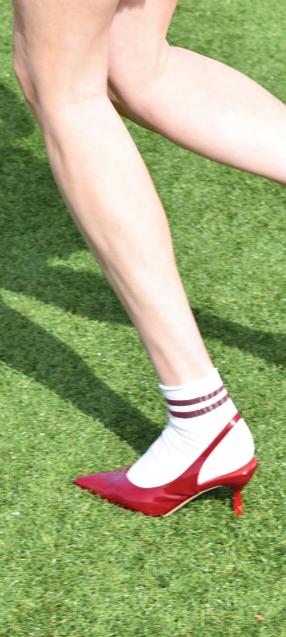
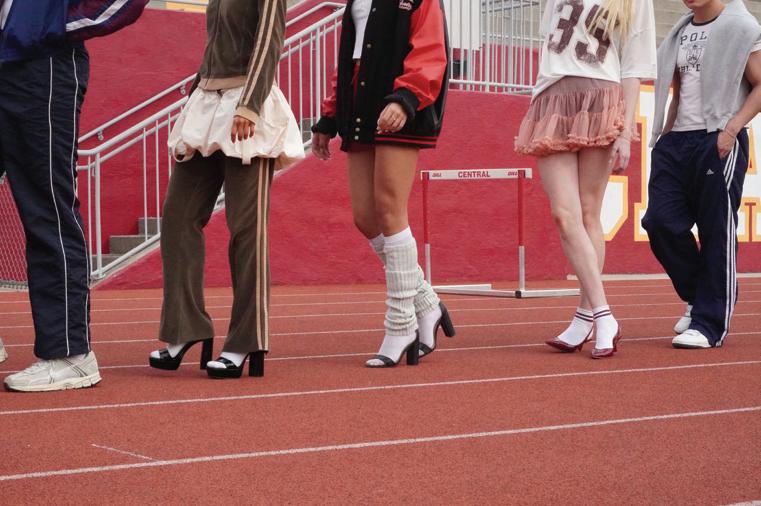
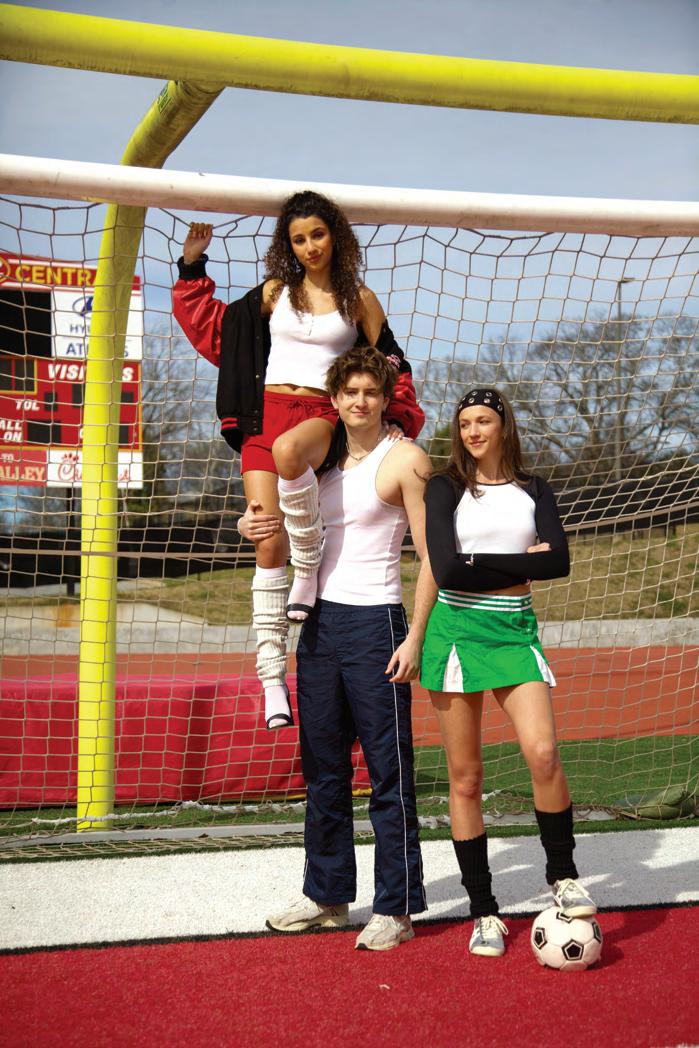
Athleisure is dominant on any college campus. With the growing popularity of this style, there are many factors to consider when creating your personal athleisure look. Going for functionality over fashion? Prioritizing the monochrome look? Mixing and matching brands? By talking with some university students, we can better understand the widespread appeal to athleisure and discover the reasoning behind why it has become the unofficial uniform of college students.
Strolling through a college campus on a sunny day is the perfect time to witness athleisure at its peak. Whether someone is showing off a new workout set, dressing for the hot weather, or
prioritizing comfort, athleisure is a prevailing trend across campus. More than just gym wear, athleisure in college life reflects the fast-paced, high-energy lifestyle of college students.
The University of Georgia [UGA] is a prime demonstration of athleisure’s takeover. This area of Athens, Georgia, is known for its hilly terrain and widespread campus that makes walking to and from classes a strenuous ordeal. It’s important for students to look ahead for the weather of the day and the long walks they may face before choosing their outfits.
While students may feel that athleisure is necessary to brave the on-campus terrain, what’s recently been trending is styling these pieces to your lifestyle. Though athleisure has been previously based on simplicity, the process of finding your fa-

Claire Thomas, a sophomore at UGA, has a methodical approach for picking her pieces.
“I did this color theory session, so I try to buy colors that go with my theory. I try to buy neutrals,” Thomas said.
Integrating color theory into her wardrobe, Thomas proves that athleisure can be stylish and intentional. This method proves that curating your look can be personalized, whether it’s sticking to neutrals or mixing up patterns. Maintaining the balancing act of comfort with style can be a feat, and collecting pieces that complement you is important.
How did a style that, at its core, is based on simplicity become so popular? It may have much to do with college students adapting to their environment. Eliminating the need for an outfit change between the gym and class while remaining confident in your clothes is the ultimate life hack in college.

For many, athleisure is a necessity on a busy day. Athleisure is an easy mixand-match option that you can layer or style for hot weather. Thomas said she tends to wear athleisure six out of seven days a week.
“I think about comfortability and the environment of UGA has a lot of hills; it’s a workout walking to class,” Thomas said. “Something that is sweat-proof is important.”
For Sawyer Stuart, a freshman at UGA, athleisure is her go-to. She prioritizes how her clothes feel and how athleisure adapts to her needs. She considers it a staple in campus life, as it fits the trends while also meeting the physical demands of campus.
“It’s comfortable and I sweat a lot walking around campus. I don’t want to wear nice clothes,” Stuart said. “Athleisure is just kind of a thing here.”

The rise of high-end athletic wear has been a major catalyst in athleisure becoming the norm on campus. Once reserved for just the gym, brands like Lululemon, Gymshark, Alo, and Free People Movement are defining how style is brought into athleisure. Like many, Stuart said her most favored brands included many of these activewear giants.
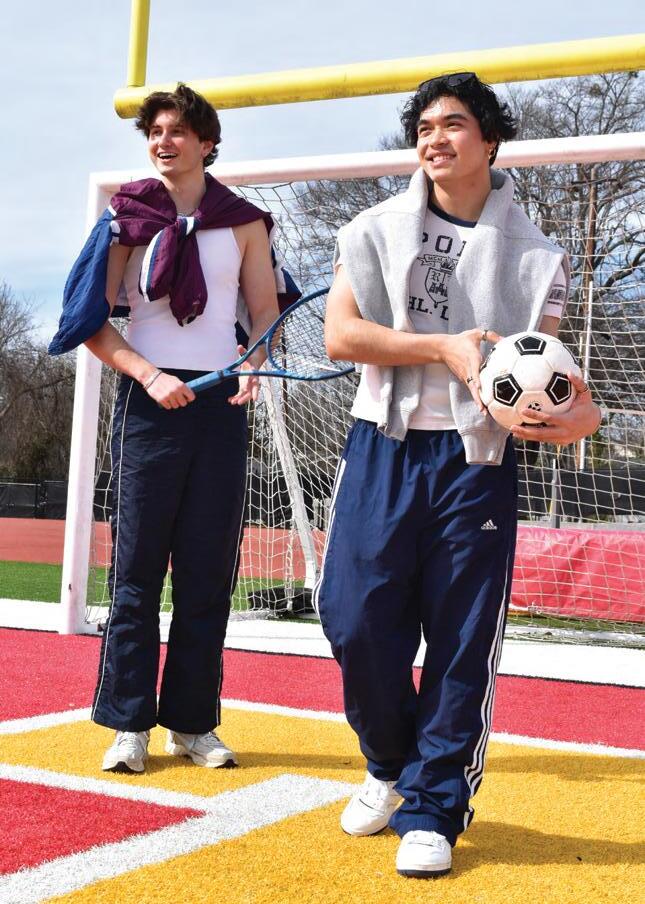
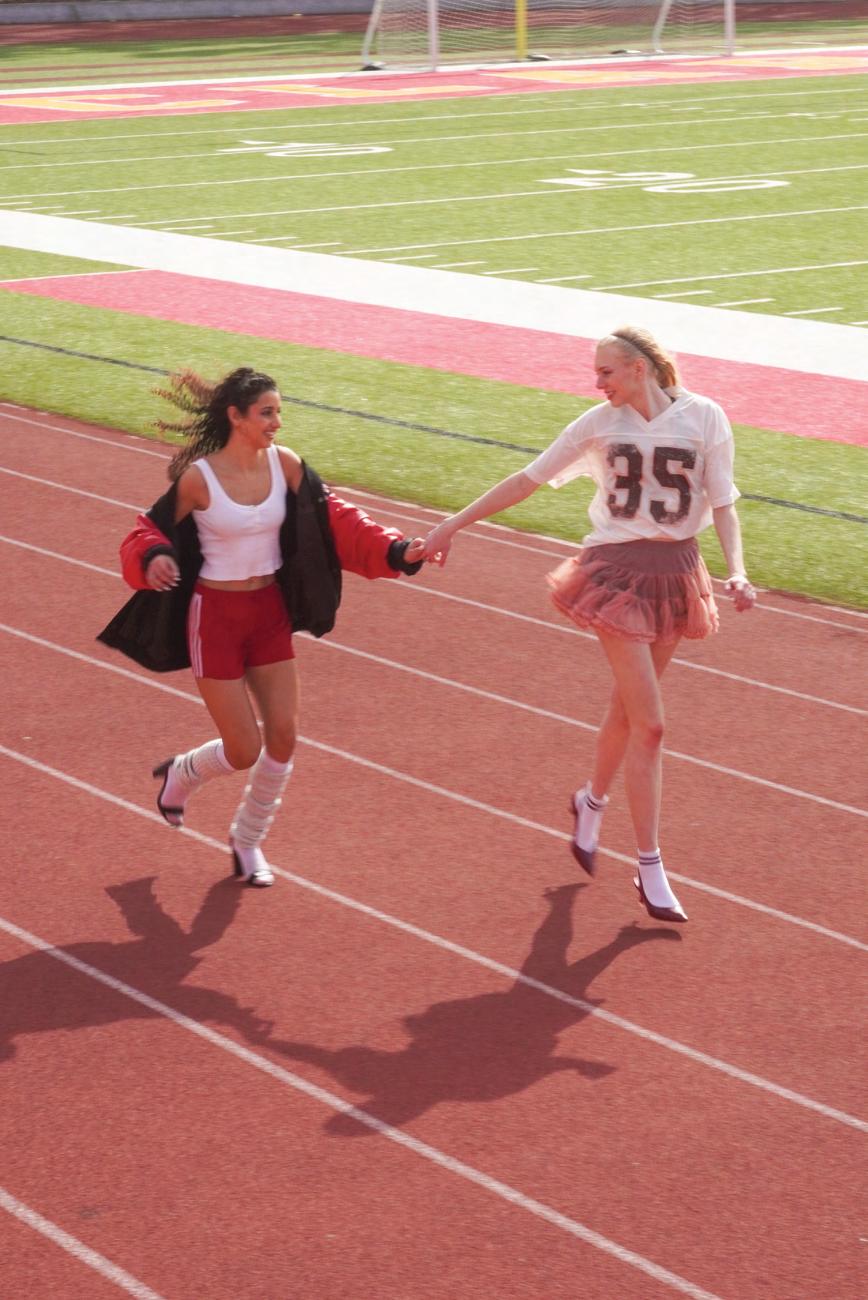
Asthe fashion industry continues to embrace comfort-driven trends, we can see how style in activewear has continued to evolve. Whether for comfort, style, or both, athleisure has earned its spot as more than just a fleeting trend. This change in style reflects the cultural shift that values function and presentability. The innovation of how we see athleisure and where we see it is continuing to expand. It’s clear why students have embraced this movement and made it their own.
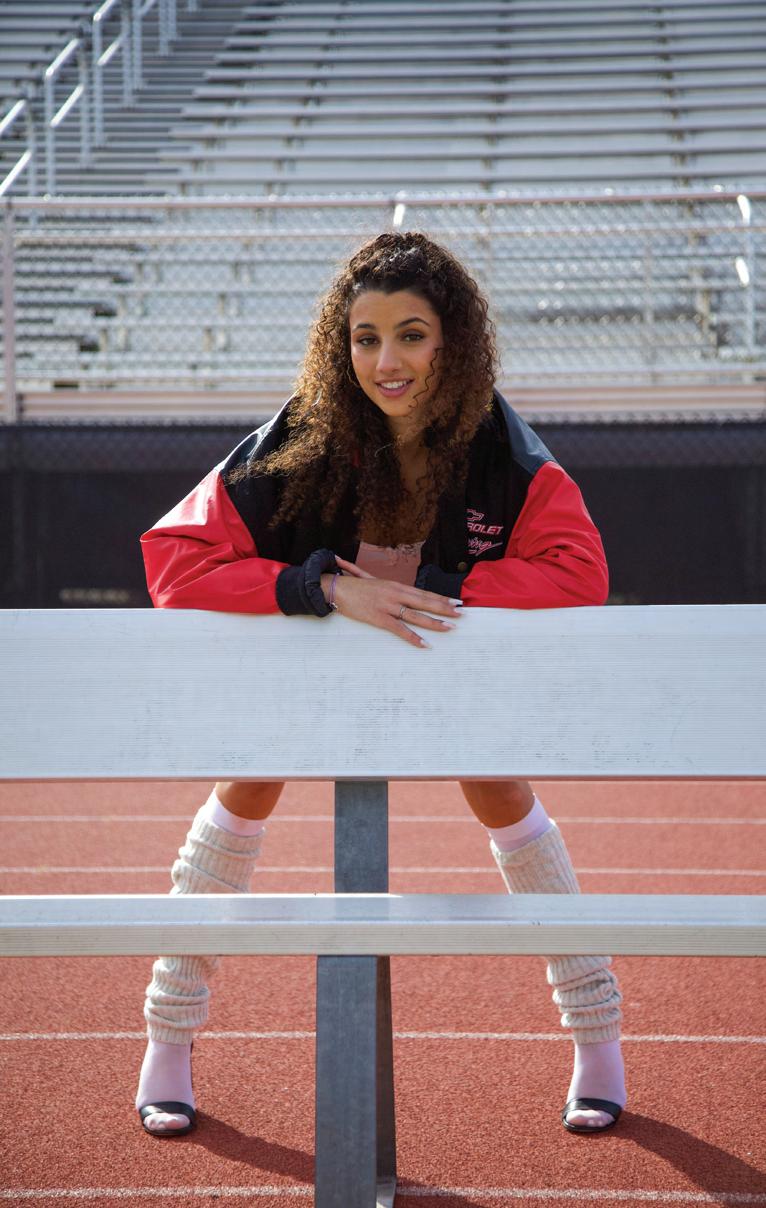





























Riley Wilder
Sports are certainly America’s most beloved form of entertainment. Professional athletes reside in the public eye– some looking better than others. Now more than ever, the public is tuning into what athletes are wearing off the court. From Dennis Rodman to Sunisa Lee to Travis Kelce, athletes have been experimenting and redefining style in more ways than one. Dennis Rodman’s signature looks were groundbreaking in the 1990s and paved the way for other athletes to express themselves more eccentrically through their clothing. Fashion provides a creative outlet for athletes and an opportunity for them to cultivate a sense of individuality that differentiates them from their often monotonous roles in sports.
“If you look good, you play good,” said NFL Hall-of-Famer Deion Sanders. This sentiment has certainly held true for athletes across the industry.
Originally dismissed as “America’s strangest dressed sports-star,” Dennis Rodman is known today for his conformity-defying looks, pushing the boundaries of what is considered taboo. Rodman has dipped his toes into pretty much every facet of the fashion world. Whether it be dyeing
his hair in bright, funky patterns, wearing skirts or sporting trendy piercings, his looks always had reporters and the sports community talking. The trail he blazed years before continues to be discovered again and again. His forward-thinking fashion choices still maintain their influence today.
“You can love me, or you can hate me,” Rodman once said of his eccentric style, which still rings true for many in the fashion world.
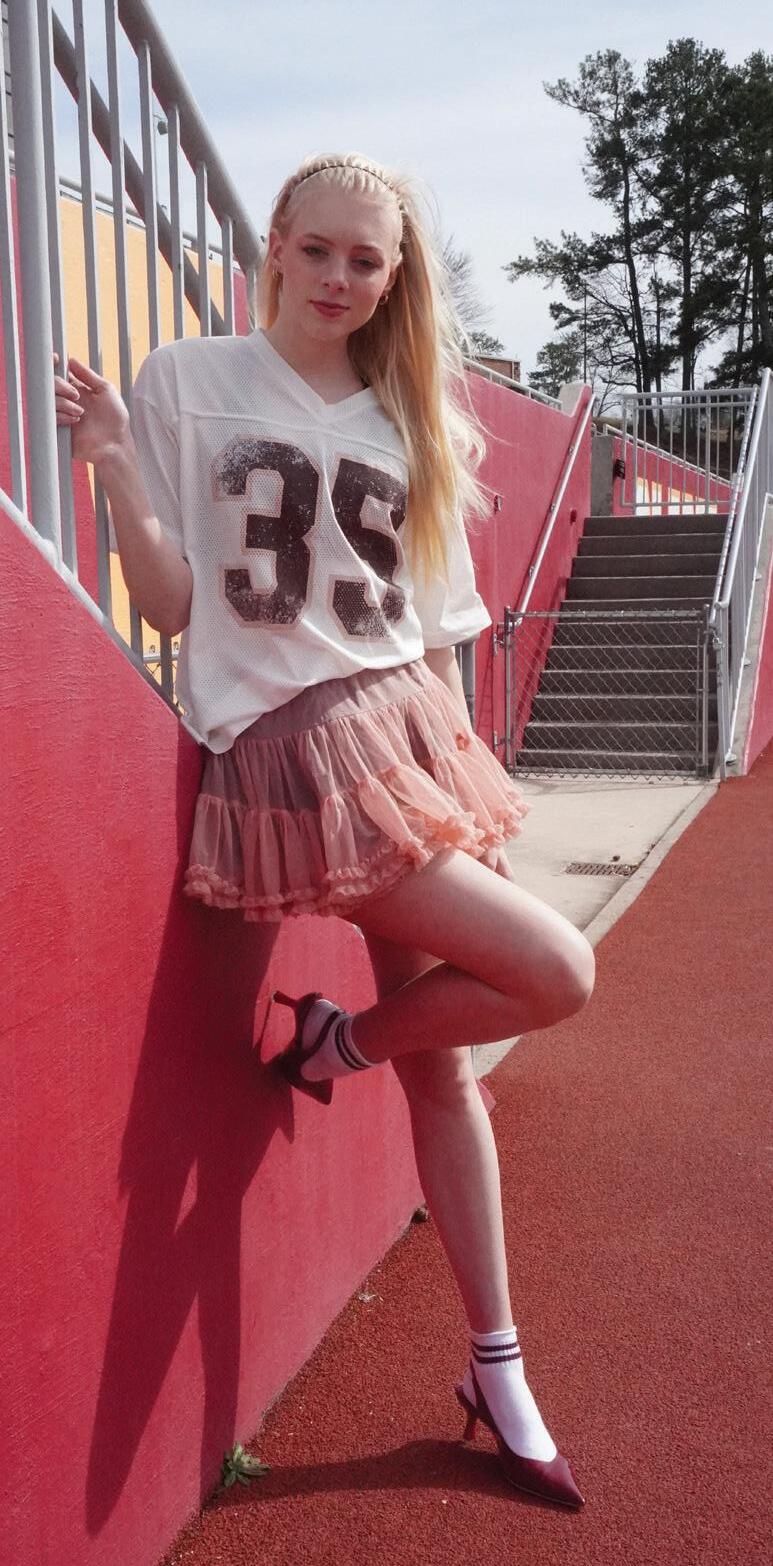
Dressing uniquely and fashionably has become a common avenue for athletes to obtain sponsorships and brand deals, helping them to grow their careers on and off the field. Many athletes, such as soccer star David Beckham and NFL wide receiver Stefon Diggs have even bridged the gap between running the field and walking the runway for brands like Gucci and Dior. Beckham has a
timeless, classy style, generally opting for cashmere sweaters, leather and posh suits. His style even seems to make plain white t-shirts look effortless and put together. Diggs is known for his bold and distinctive style. and often attends runway shows for high fashion names like Louis Vuitton and Balenciaga. The presence of athletes’ individual styles in the public eye has helped fuel the develop-
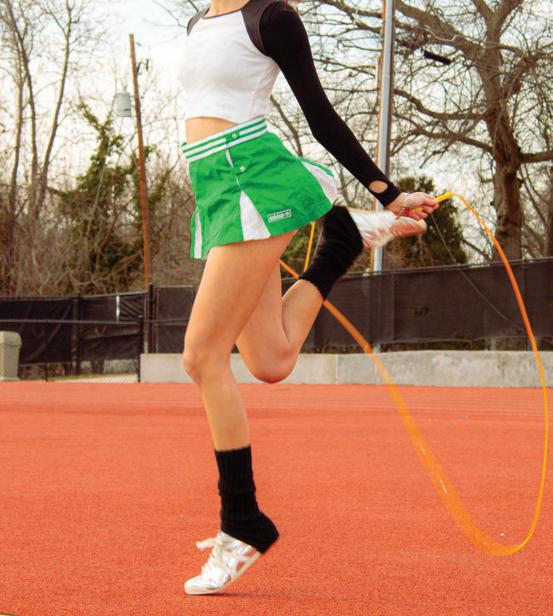
ment of streetwear style, as younger people are often inspired by the looks of their favorite players. As more athletes are invited to attend events like New York and Paris Fashion Week each year, cultural barriers are broken and the public’s understanding of fashion and the impact of personal style grows exponentially.
Notable names in sports are even moving towards the business side of the fashion world by starting their own clothing and shoe lines. Consider players like Serena Williams, who is heading up a company under her name, and Christiano Ronaldo, who is launching a CR7 brand specializing in men’s fashion. Of course, we can’t forget Air Jordan, the iconic collaboration between Nike and Michael Jordan that produces pieces ranging from shoes to full sweat sets.
These sports stars’ entrepreneurial success in the world of high fashion and athleisure has proven that people value their experience and unique perspective in both athletic and stylish clothing. They are truly changing the game.
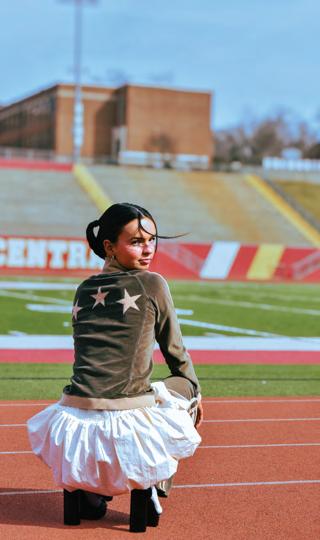
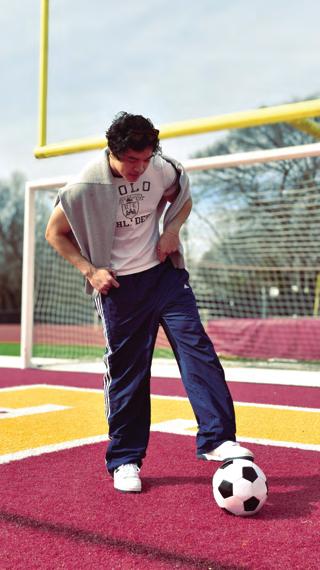









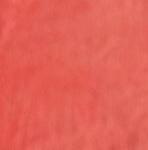


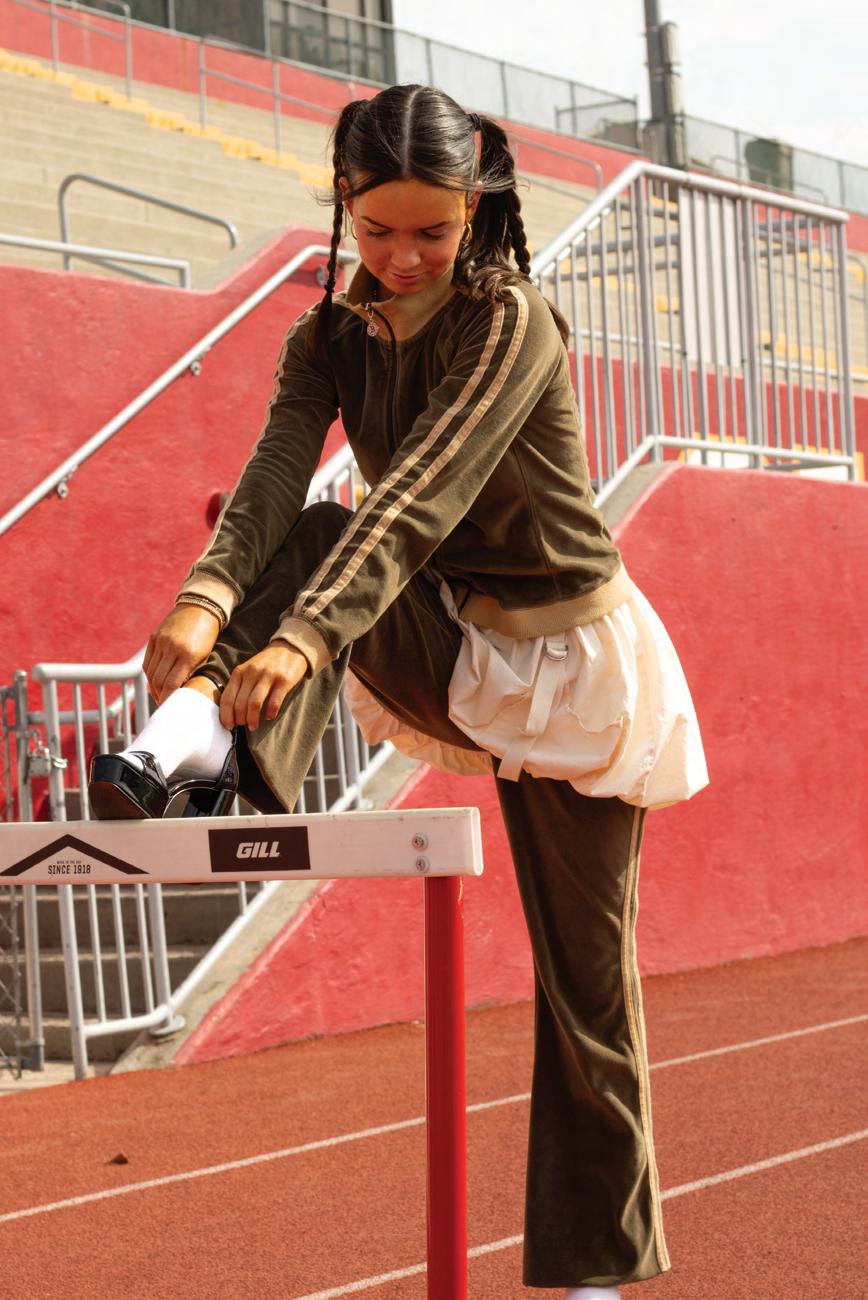







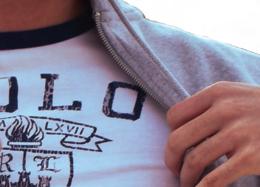





Katherine Fivgas Presents:
Race cars barrel toward the checkered flag, the drivers tense as they hit intense speeds, and fans hold their breath as they wait to see who will win the title.
Steep heels click along the catwalk; cameras blind the crowd; models strut with elegance and grace while viewers sit with bated breath as the season’s ‘it’ wear debuts.
High stakes, high performance and high entertainment are descriptors not just for Formula 1
but also for fashion, particularly when they coincide. High fashion and high performance have often gone hand in hand, as those who compete to be the best tend to want to look and feel the best. This is where we see the crosshairs of fashion and F1.
F1 has gained significant popularity over the past couple of years; as of 2020, F1 has experienced the highest increase in engagement among all
Rmajor sports leagues, surpassing leagues such as the PGA and the NBA (F, 2021). Alongside this growth in popularity has come a newfound love for creativity and flair among drivers, viewers and sponsors. Luxury fashion brands have taken an interest in the sport, with Louis Vuitton becoming an official sponsor with a 10-year contract and the title sponsor for the Australian Grand Prix (Bird, 2025).
Keeping time is an essential aspect of F1; a millisecond can mean the difference between winning or losing in the circuit. Sponsorships from multiple timepiece companies underscore this precision. Rolex was the official sponsor of the entire league in 2024 and still has a relationship with driver Jackie Stewart. TAG Heuer sponsors the Red Bull racing team, giving the drivers a watch with their wings. Superstar driver Lewis Hamilton is a Ferrari and Richard Mille ambassador. On and off the track, these stars can be seen rocking an ornate wristwatch and a small quantity of glam within their racing uniforms.
For those who do not have race car driver salaries, many mass-market brands have entered partnerships with F1, such as Abercrombie & Fitch, Reiss, Pacsun, and Palm Angels. Non-apparel brand Tumi, known for its long-lasting suitcases and travel accessories, has partnered with McClaren and Formula E (Talwar, 2025).
F1 is undoubtedly a costly sport to follow or compete in; the complexity of research and development leads to expensive cars, tracks, equipment, and, therefore, costly tickets
(Hamwi, 2025). Mass-market partnerships lower the cost of entry for fans; they can rep their favorite teams, tracks or drivers with a fun graphic tee or sweatshirt for around twenty dollars rather than spending thousands on a luxurious watch or purse.
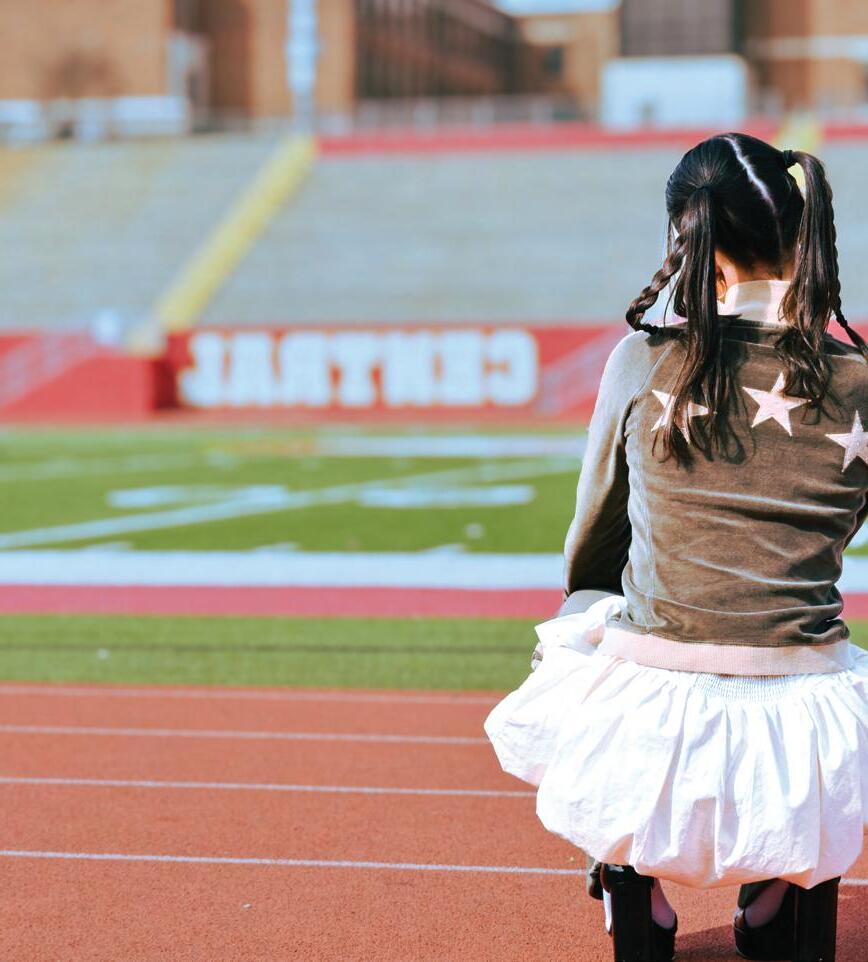
Drivers themselves are delving into the fashion fun. Lewis Hamilton, the most titled driver of all time, has been a driving force for fashion in F1. He has been vocal about his love of fashion, which can be seen in his bold looks on social media.
As the first and only African American driver, he chooses to stand out and show others what they are capable of. He steps onto the paddock before races in jaw-dropping outfits, pushing the bounds of the sport’s ‘original elegance or high class.’ He experiments with hair, tattoos, and jewelry to find his style. He has even used his clothing on and off the paddock to make political statements and support specific causes, such as police brutality and the Black Lives Matter movement (Alessandrini, 2024). Other drivers like Daniel Ricciardo have dipped their toes in the fashion scene by creating their own brands. Enchanté by Daniel Ricciardo focuses on highend casual wear that anyone can wear, not just F1 fans. Even other drivers have been seen in items from his line, such as Hunter Lawrence, the 2023 Supercross Champion (Krishnan, 2023).
You may be wondering how large of an effect fashion and F1 have had on each other. Let me reassure you that this is no fluke. According to Bazaar, “F1 is the second fastest-growing sport contributing to the Earned Media
Value (EMV) of fashion brands, surging 35 percent in 2023. In other words, marketing budgets spent within the F1 ecosystem currently provide enormous returns on investment (Bird, 2025).” Now, you may wonder why, and the answer lies in the growing influence of women. In the past five years, female interest and participation in the sport have skyrocketed, as female reporters and hosts join TV networks to discuss the races, female engineers become more prevalent in the industry and a wave of female racers join the F1 academy. As women make up 40% of the fanbase, they have created communities that foster creativity, sparking interest in beauty and fashion. As the sports fan base changes, so does its commercial landscape, influencing more partnerships that play to the uptick in female fans and participants.
These partners have begun to make lines that cater to both men and women on and off the paddock. Female fans have especially been tuned into races in renowned fashion hubs such as Las Vegas and Miami. As Bird from Bazaar states, “Women are spending with purpose, turning their financial clout into a catalyst for change.”
The future for F1 and fashion holds strong as women continue to dominate and redefine both realms, moving toward a more inclusive and dynamic cultural landscape.

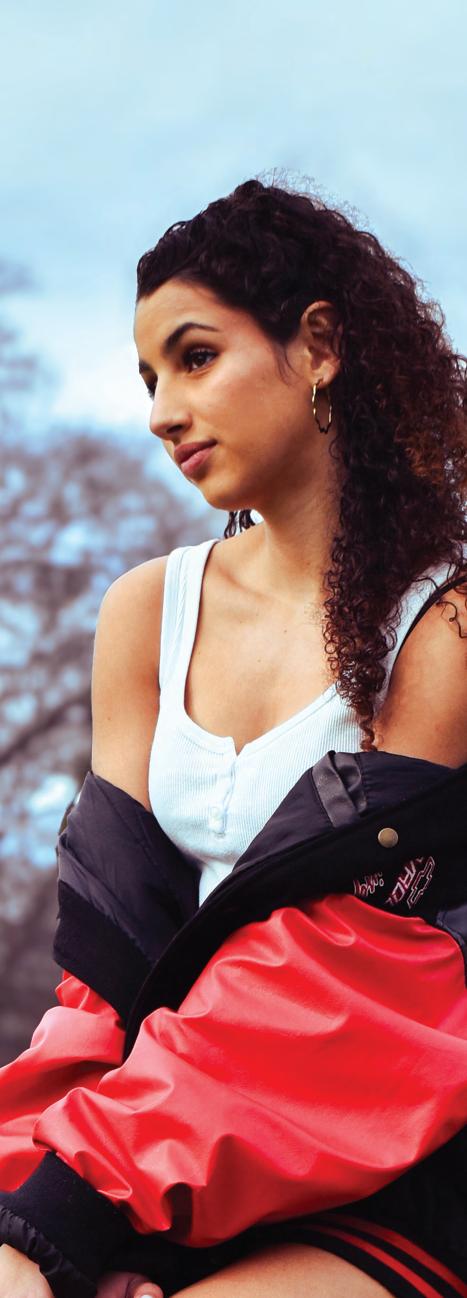
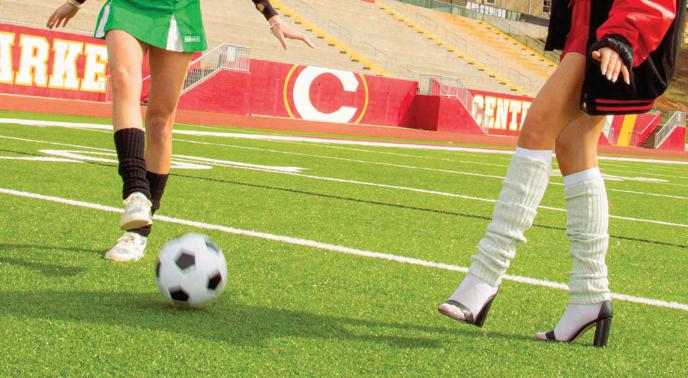
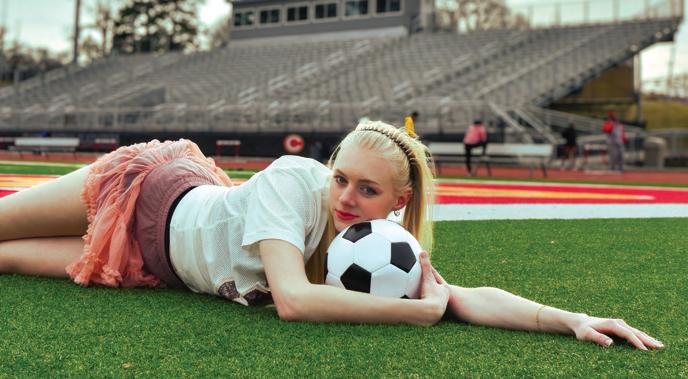
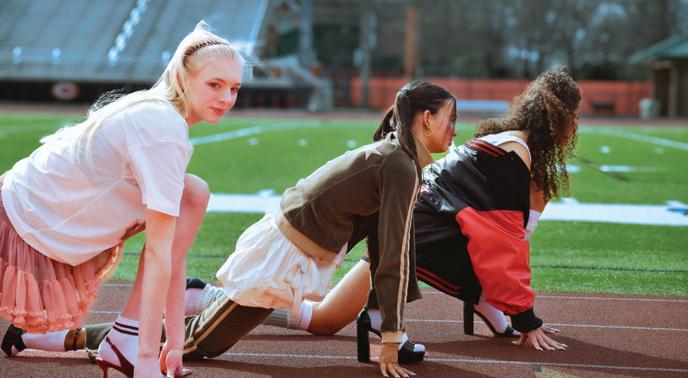
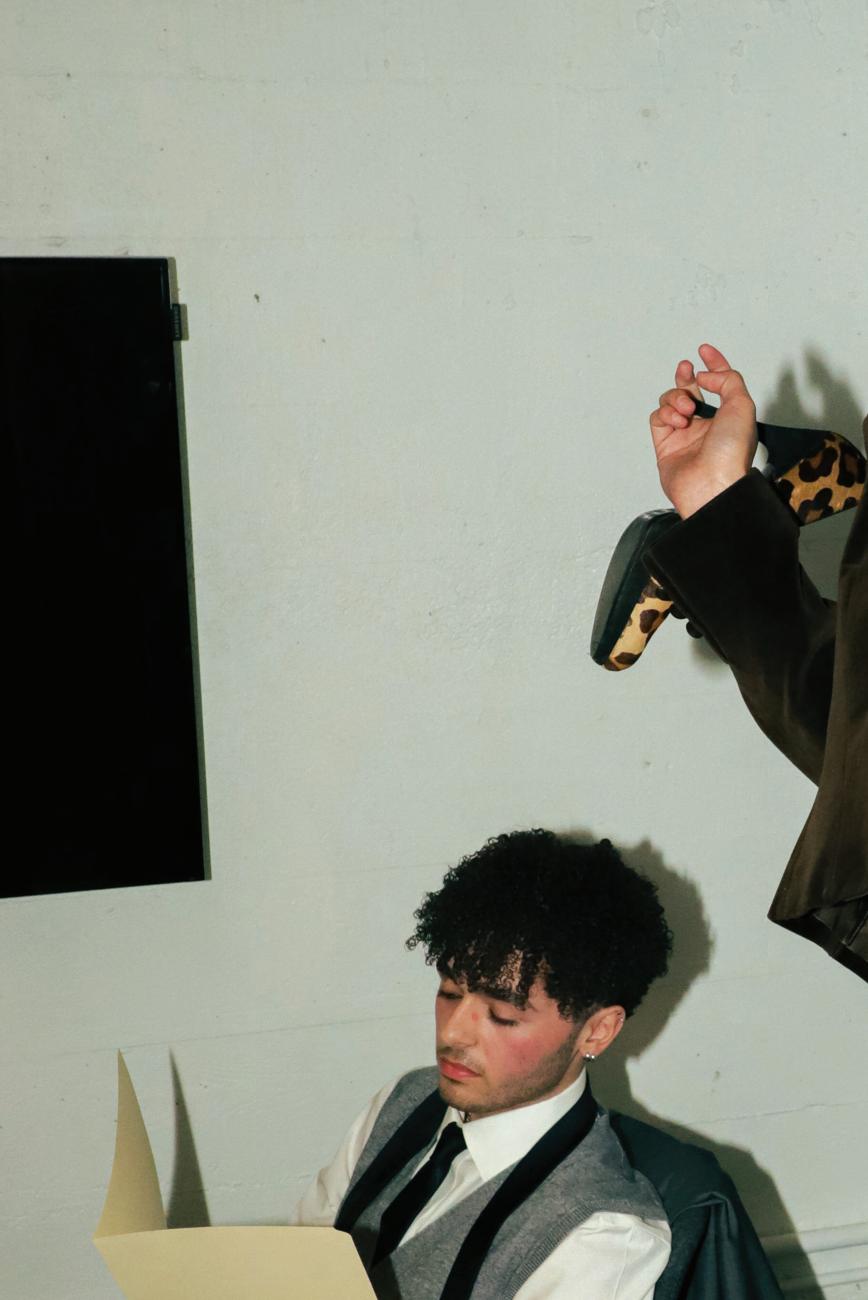
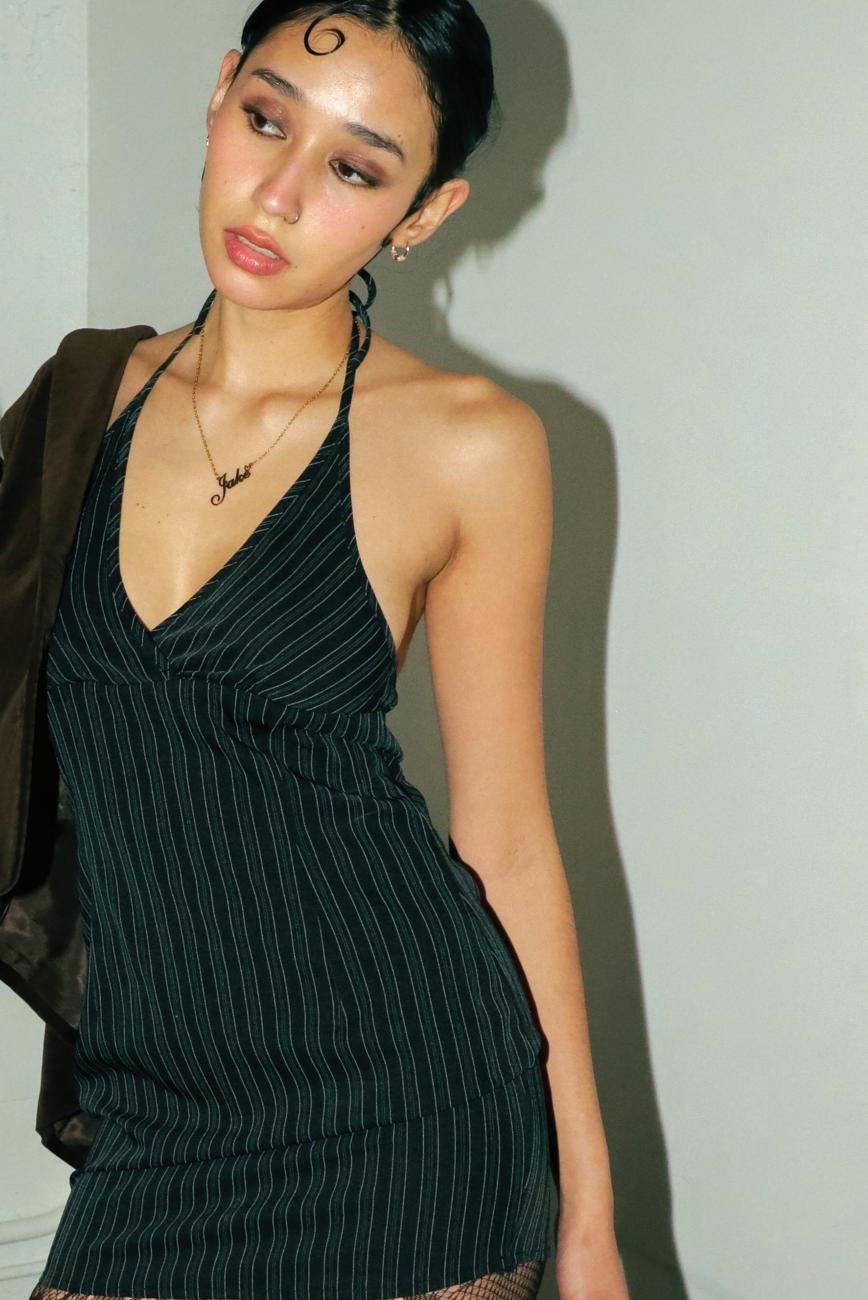
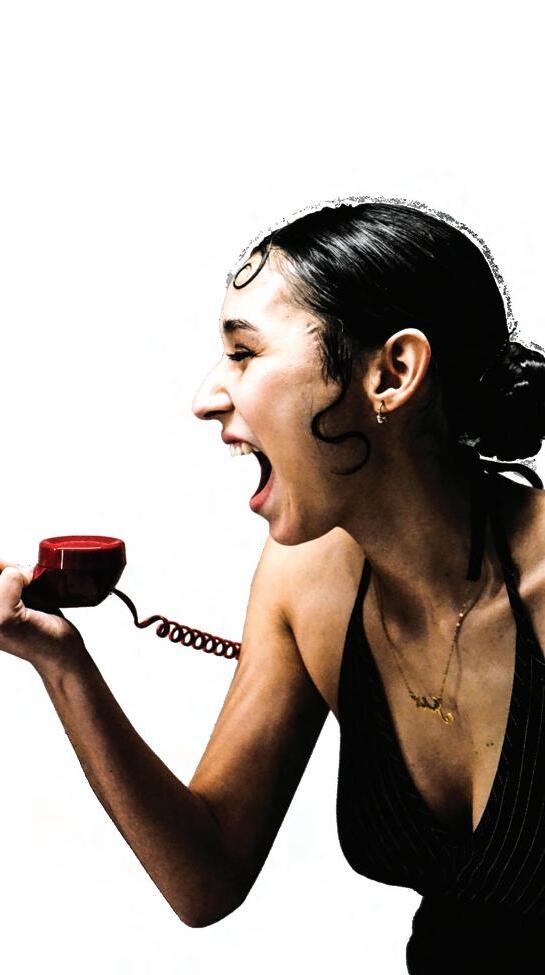
t’s Monday morning.
Before your feet hit the floor, your phone is already buzzing — 15 reminders, a flood of messages, and a to-do list that won’t wait. Stress creeps in, jolting you away like an overzealous shot of espresso.
There’s no time to linger. You hop in the shower, grab a bagel, and power through your morning routine. You dash around your room, gathering your essentials for the day, smoothing the creases on your button-up, and touching up your hair and makeup.
Despite the chaotic start, you make a promise to yourself: this morning won’t dictate your week.
You’ve got meetings to lead, tasks to tackle, and goals to crush.
On your drive to the office, music blares through the speaker, realigning your energy. With every song, your focus sharpens. You step out of the car with purpose. Head held high. Ready.
Whatever the day throws your way, you’ve got this.
The day doesn’t set the tone —
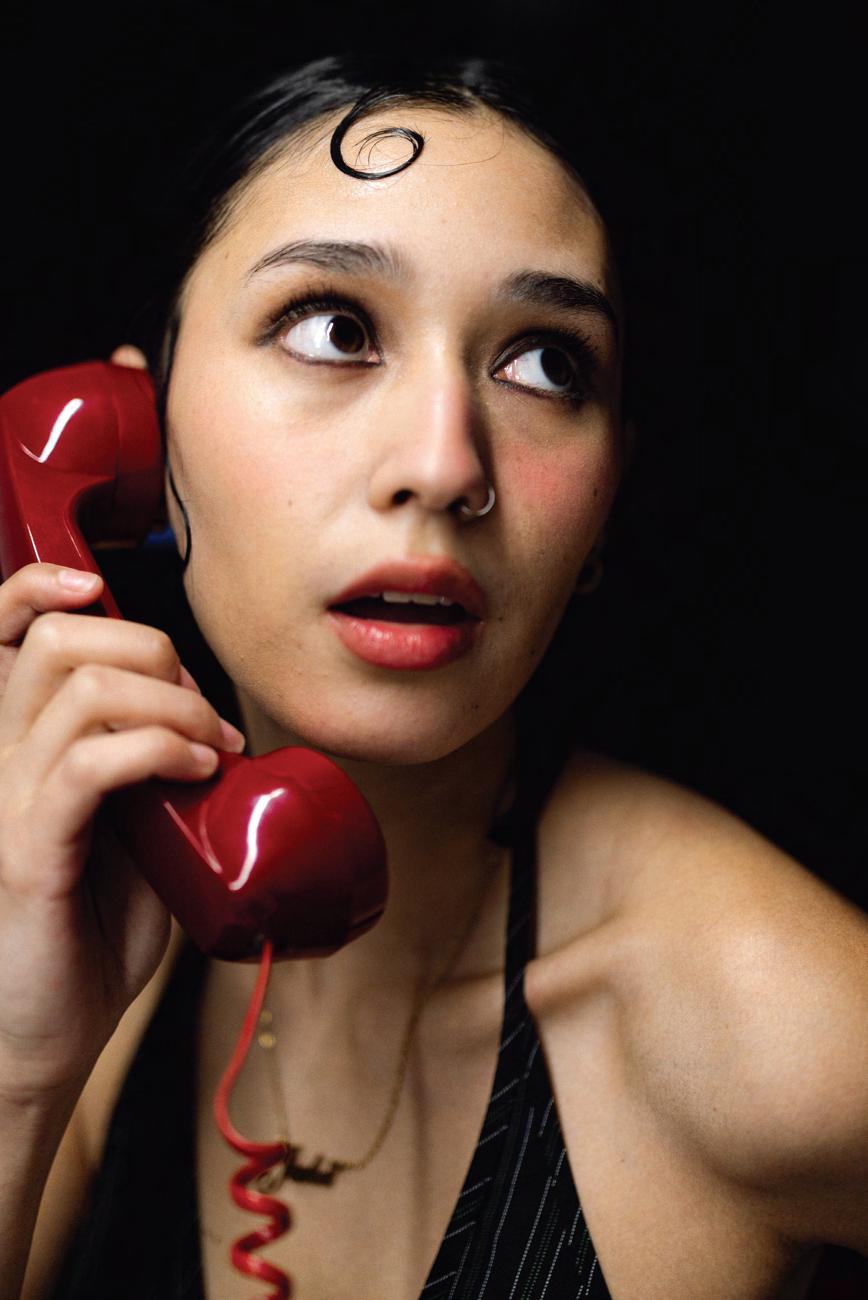

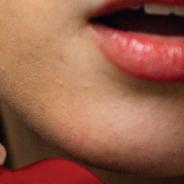
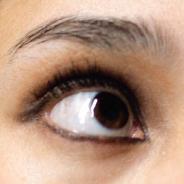
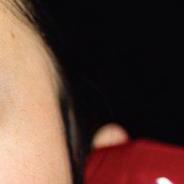



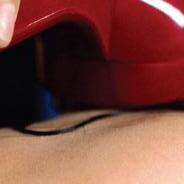
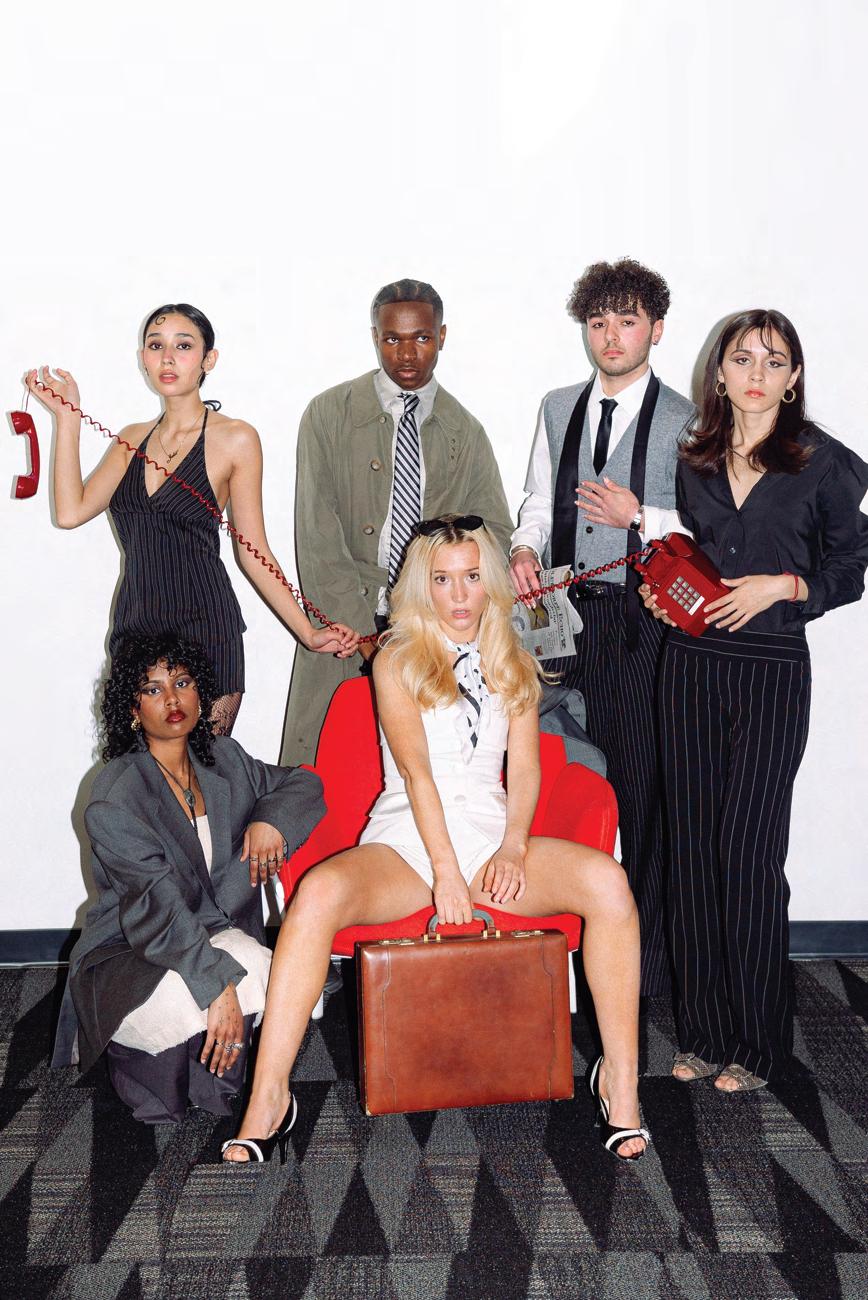
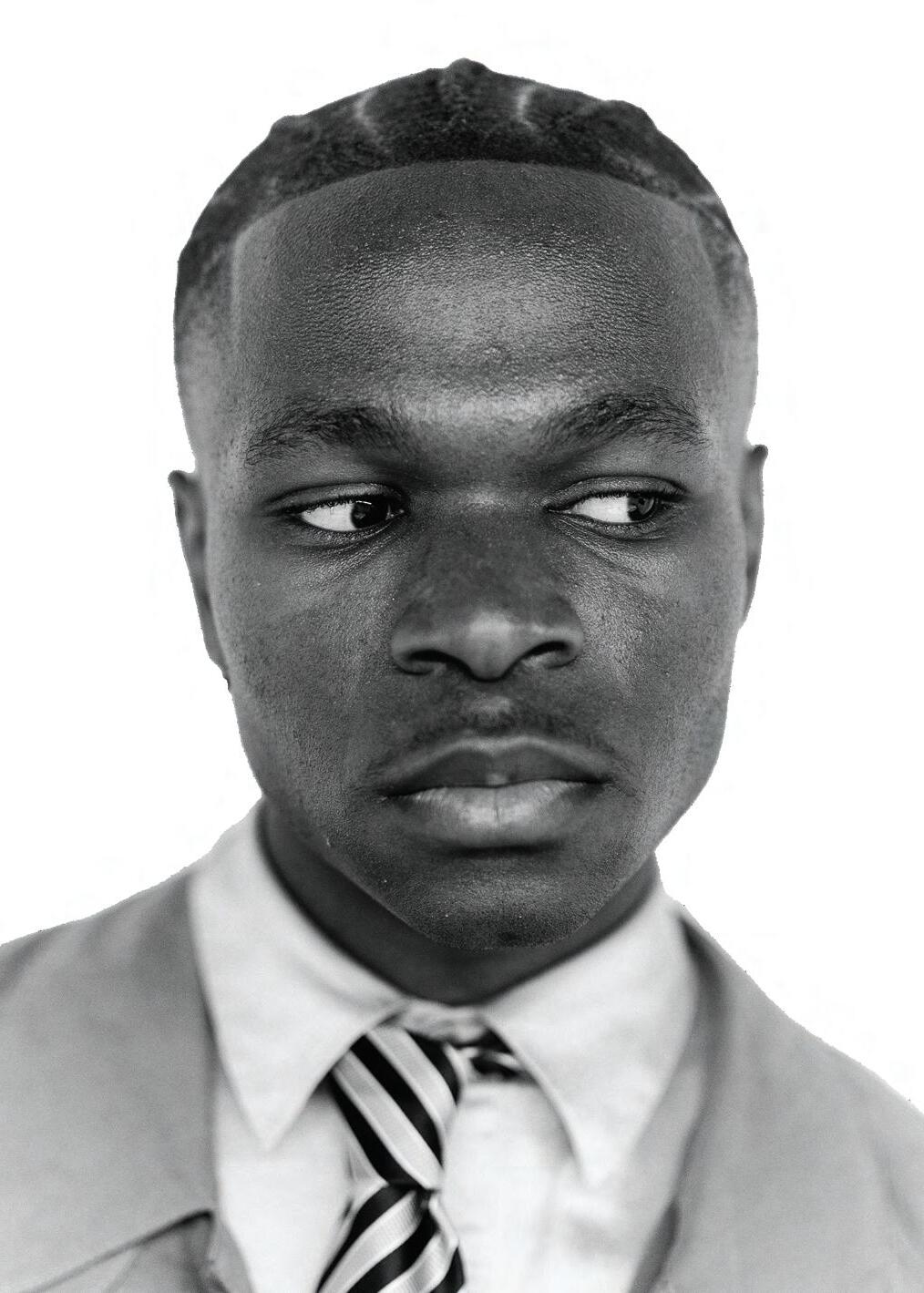
By Ann Macon Watkins
one are the days of stiff suits and uninspired office attire. As Gen Z enters the workforce, they are redefining what it means to dress professionally—blending fashion-forward choices with comfort and individuality. Preparing for internships and jobs now means embracing a more flexible approach to workwear, balancing personal expression with polished professionalism.
According to a thesis at Kent State University, Gen Z values self-expression in workplace dress codes. They favor adaptable outfits that allow them
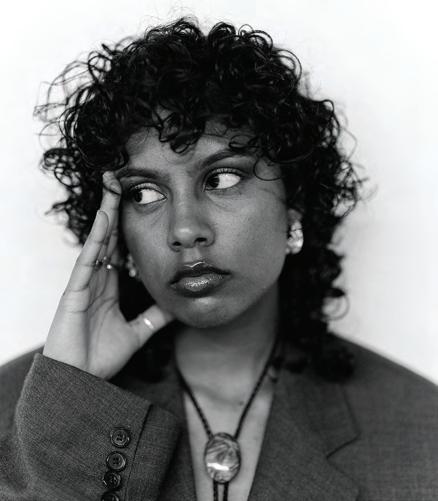
to maintain their unique style while still appearing put-together. This study on workplace dress norms found that younger professionals reject rigid, outdated expectations in favor of attire that aligns with their identity and evolving industry standards. But this shift isn’t just about fashion—it’s also about confidence and productivity. What we wear influences how we feel, think, and perform professionally. By understanding the psychology behind dressing well, we can create work wardrobes that help us stand out for the right reasons.
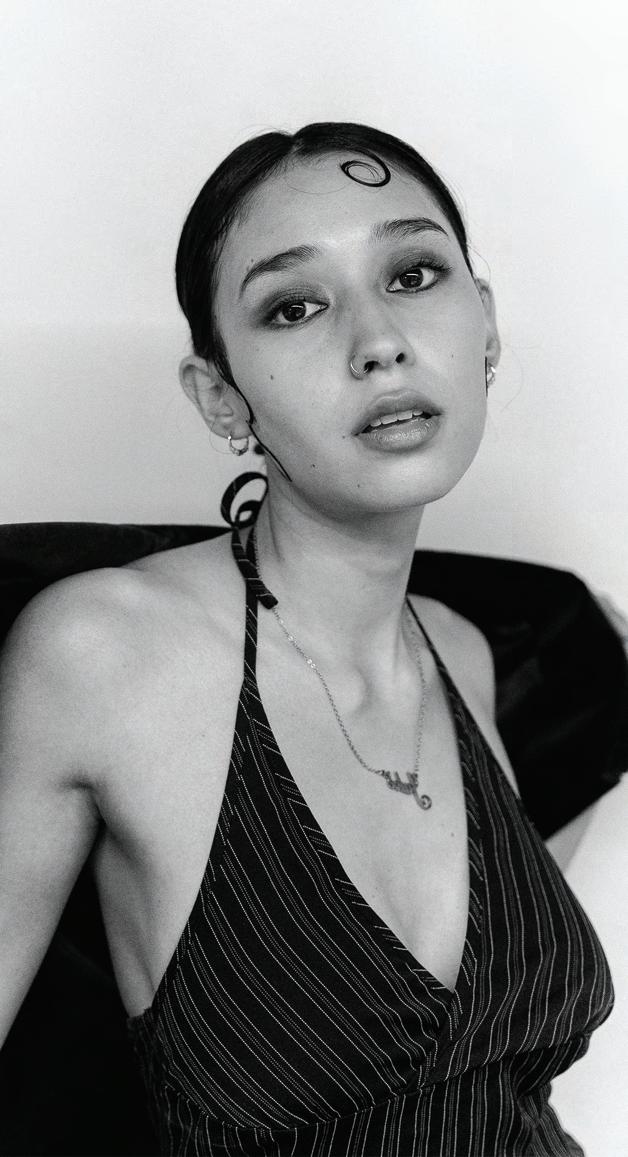
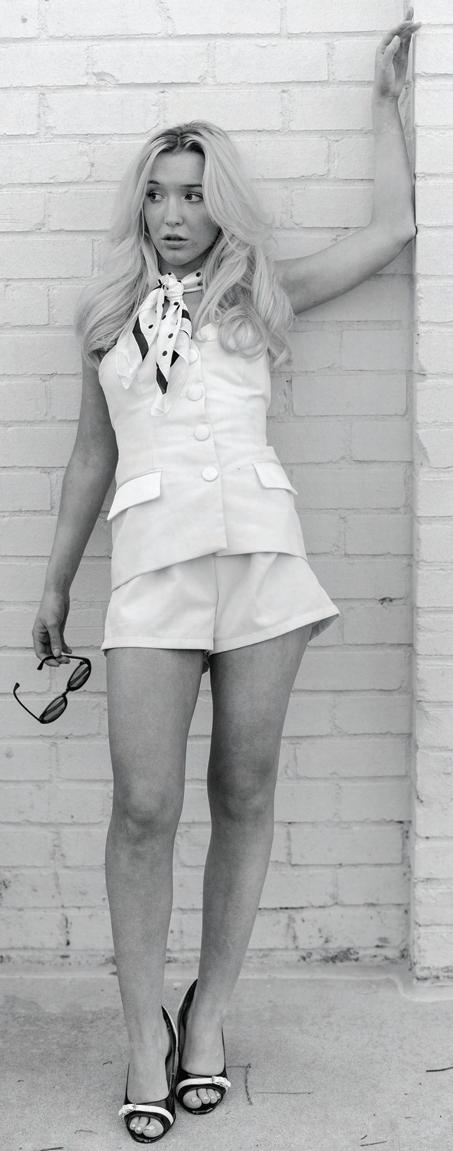
The idea that clothing af fects mindset and performance isn’t new, but recent studies reinforce how powerful this connection is. Psychologists call this phenomenon “enclothed cognition” (Adam, H., & Galinsky, A.D. 2012), suggesting that our clothes influence our confidence, mood, and cognitive abilities. One study found that wearing professional attire can improve abstract thinking and negotiation skills—key traits for success
Beyond aesthetics, intentional dressing can directly impact confidence and productivity. Research from Temple University emphasizes that dressing professionally enhances self-perception and leads to greater workplace engagement (Sanders, 2023). Simply put, when individuals feel good about presenting themselves, they perform better.
Similarly, studies on enclothed cognition suggest that our clothing choices influence cognitive function. For a new generation entering internships or work environments, dressing with intention can help them feel more capable, prepared, and confident—key qualities for making a strong impression. With this in mind, the challenge becomes striking a balance between dressing professionally and maintaining individuality.
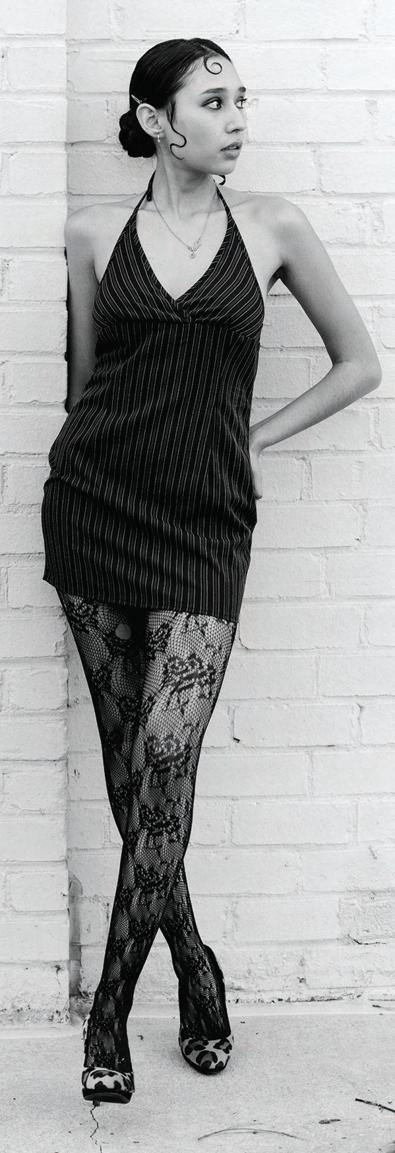
While older generations may have followed strict dress codes, Gen Z redefines what “work-appropriate” means. Rather than adhering to a one-size-fits-all professional wardrobe, today’s young professionals mix structured and relaxed elements to create stylish and suitable outfits for the workplace. Instead of sacrificing personal style, Gen Z is finding ways to incorporate self-expression into their professional wardrobe without compromising credibility (Amekplenu 2024).












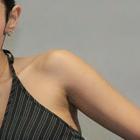



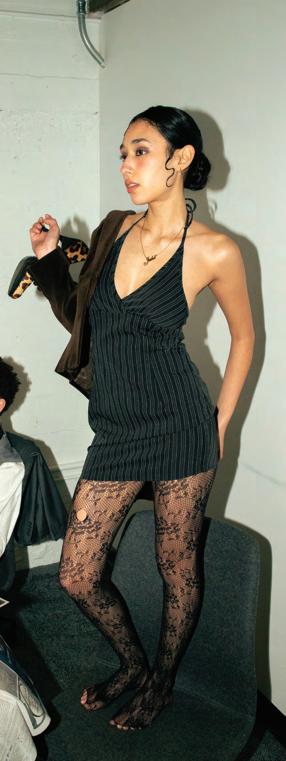
Before curating the perfect work wardrobe, it’s important to understand what different dress codes actually mean. Workplaces vary in expectations, and misinterpreting them can create a poor first impression.
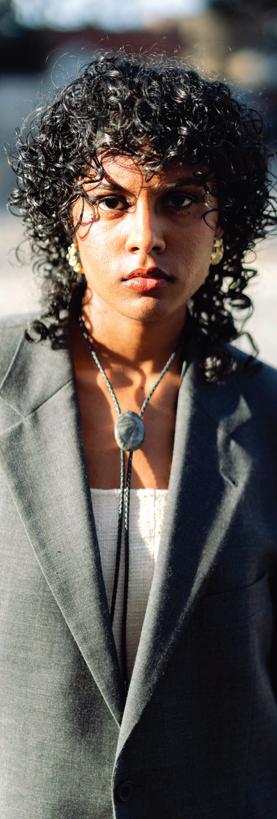
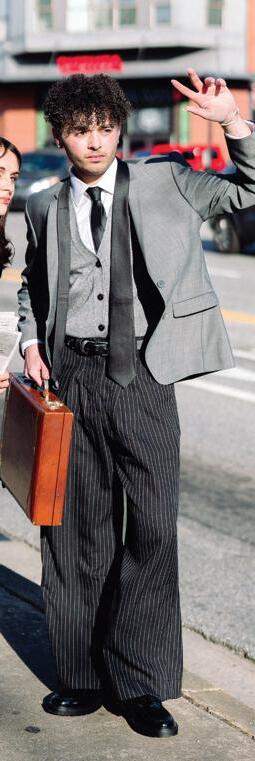
This is the most formal dress code, typically seen in corporate environments like law firms and finance. It includes tailored suits, neutral-colored blazers, dress pants or skirts, and closed-toe shoes. Accessories should be minimal and polished.
A more relaxed yet professional look, common in creative and modern office spaces. This can include dress pants, chinos, knee-length skirts, blouses, button-down shirts, and loafers or dress shoes. Blazers are optional but can elevate the outfit.
The most flexible and common dress code in startups and casual offices. It allows for more personality, with well-fitted jeans, trendy blazers, stylish flats or clean sneakers, and accessories that add flair without looking unprofessional.
Understanding these distinctions helps ensure that professionals dress appropriately for their industry while still allowing for personal style.
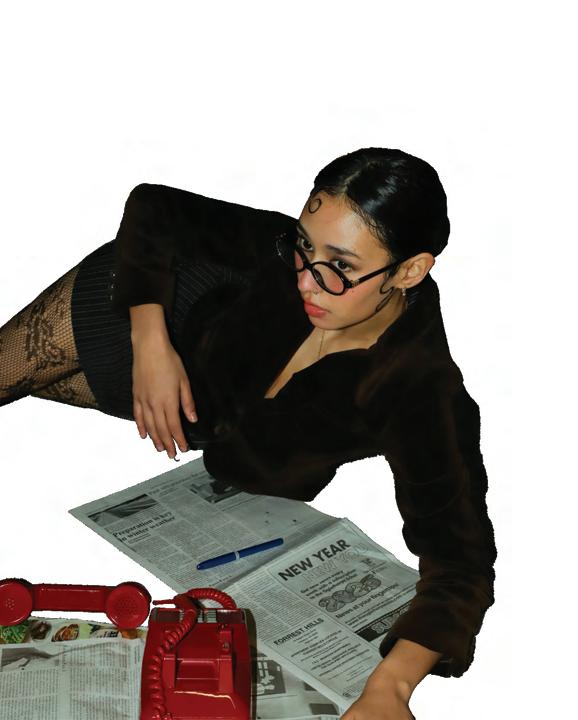
As Gen Z navigates workplace fashion, they sometimes push boundaries in ways that don’t always align with professional expectations. Here are some common mistakes and how to remedy them:
While many offices embrace business casual, some young professionals take this too far by wearing ripped jeans, crop tops, or overly relaxed sneakers. A simple fix is opting for structured denim (if allowed), high-waisted tailored trousers, or polished sneakers that maintain a professional edge.
While comfort is key, leggings, hoodies, and workout gear are rarely appropriate outside of tech startups or remote work. Swap leggings for tailored joggers or ankle-length trousers and choose a structured cardigan over a hoodie for a more polished look.
Statement accessories can showcase personality, but going overboard with oversized jewelry, bold prints, or flashy colors can feel distracting. Instead, balance personal style with a refined approach—think one statement piece per outfit.
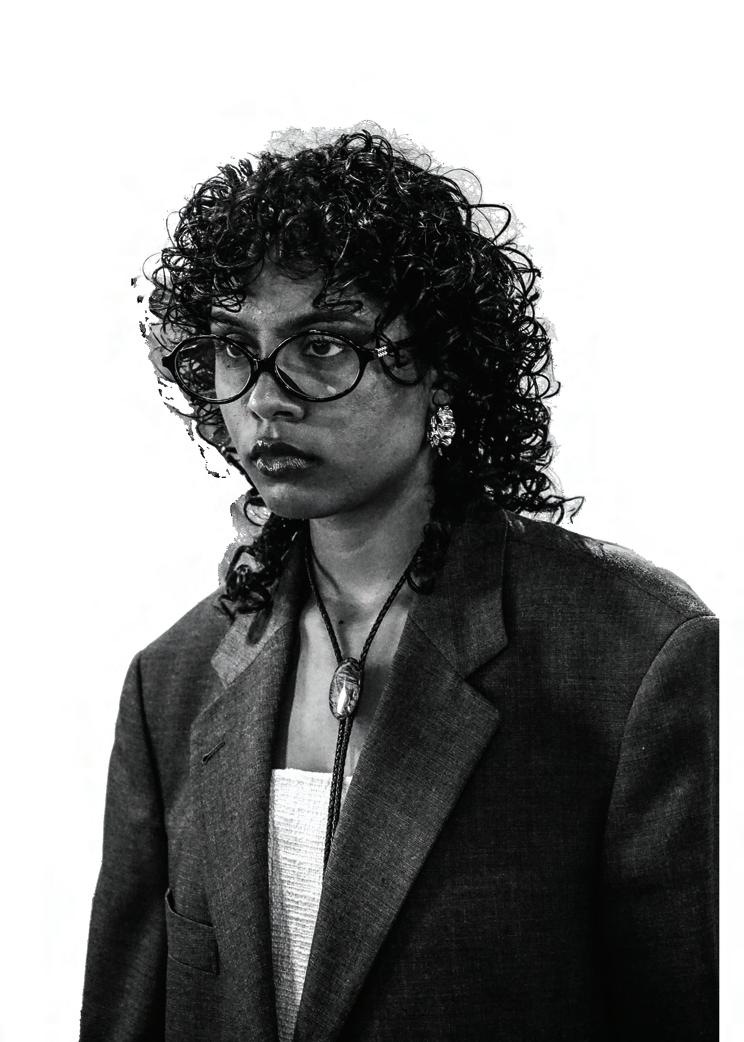
By refining their approach, Gen Z can create outfits that reflect both their personality and professionalism.
Use accessories and colors to subtly showcase personality
While workwear is often associated with neutral tones, adding pops of color through accessories, shoes, or subtle patterns can make an outfit feel more personal while staying appropriate for the office.
A well-fitted blazer instantly elevates any outfit, while stylish but professional trousers allow for comfort throughout the workday. Opt for breathable fabrics that keep you looking sharp without feeling restricted.
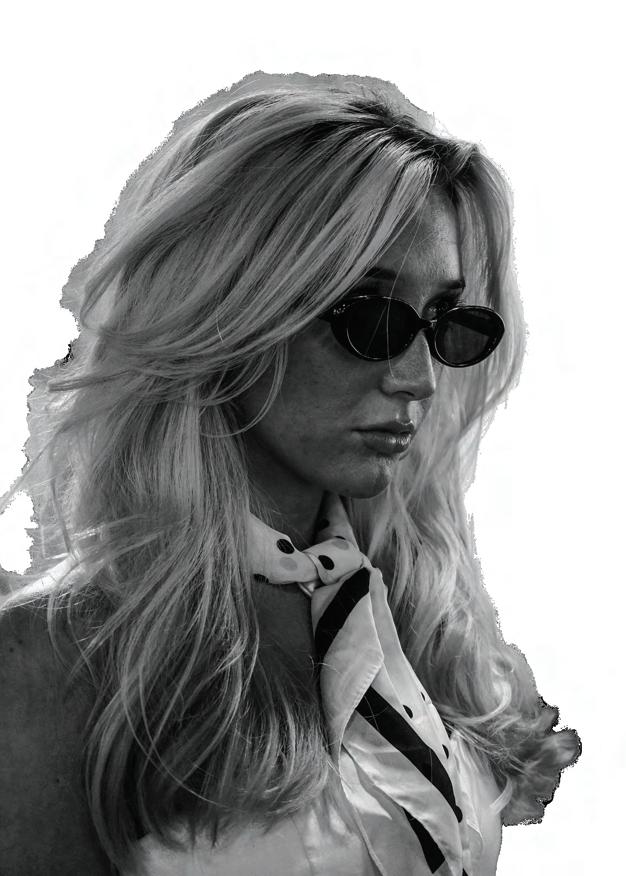

Investing in neutral-colored blouses, fitted button-down shirts, and versatile trousers means you can mix and match pieces effortlessly. This keeps your wardrobe fresh without requiring an extensive collection of outfits.
Curating intentional outfits, young professionals can maintain professionalism while staying true to their style.
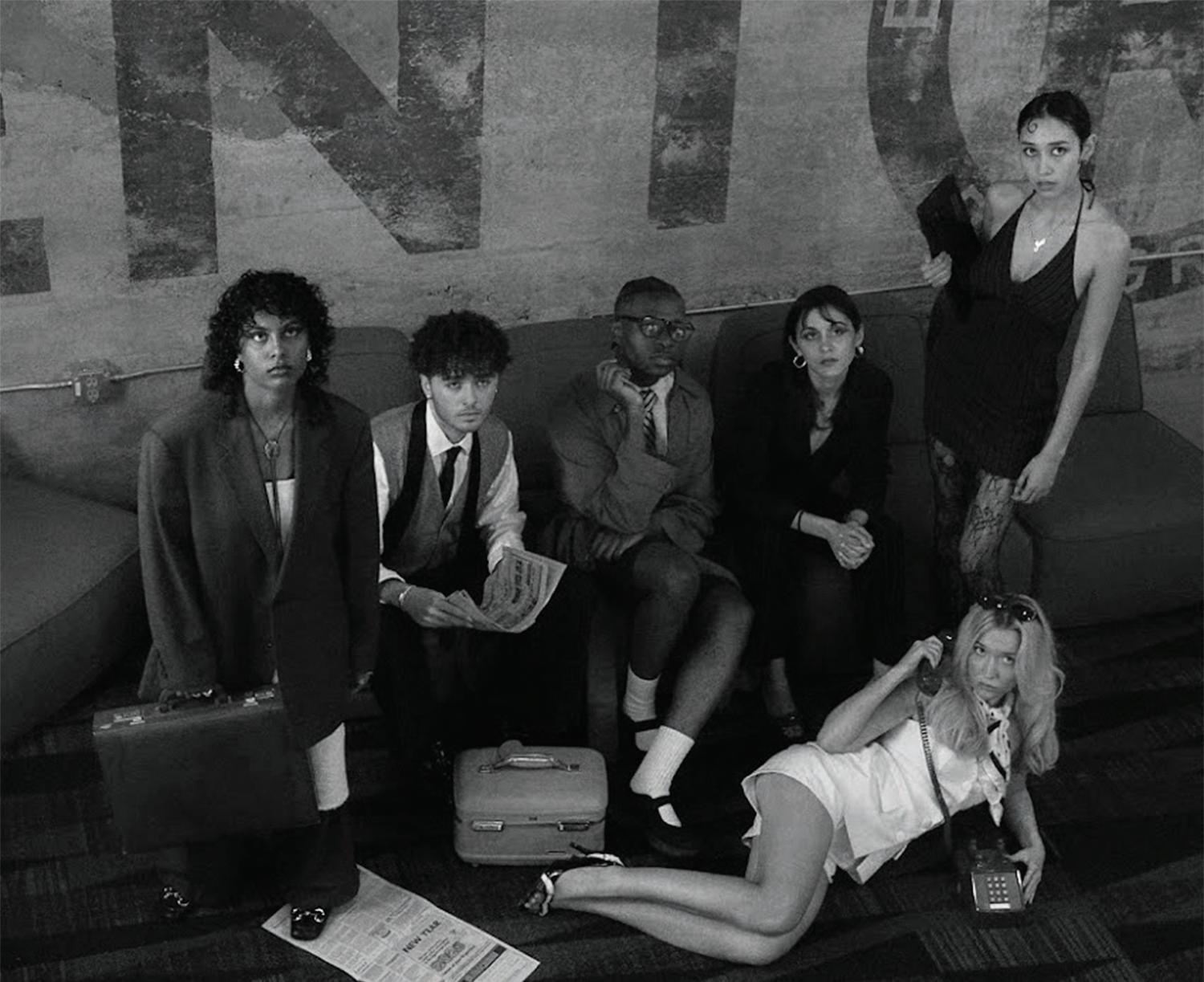
For budget-conscious shoppers, looking professional doesn’t have to break the bank. Many retailers offer high-quality workwear at accessible prices, making it easier to find staple pieces without overspending.
Invest in versatile blazers.
A well-structured blazer can be worn over dresses, button-down shirts, or a simple tee for an instantly polished look.
Find comfortable, tailored trousers
A great pair of fitted trousers in neutral colors like black, navy, or beige can be styled in countless ways, making them an essential staple.
Choose sleek loafers or professional sneakers
Footwear can make or break an outfit. Opt for modern loafers, ankle boots, or minimalist sneakers that maintain a professional edge without feeling outdated.
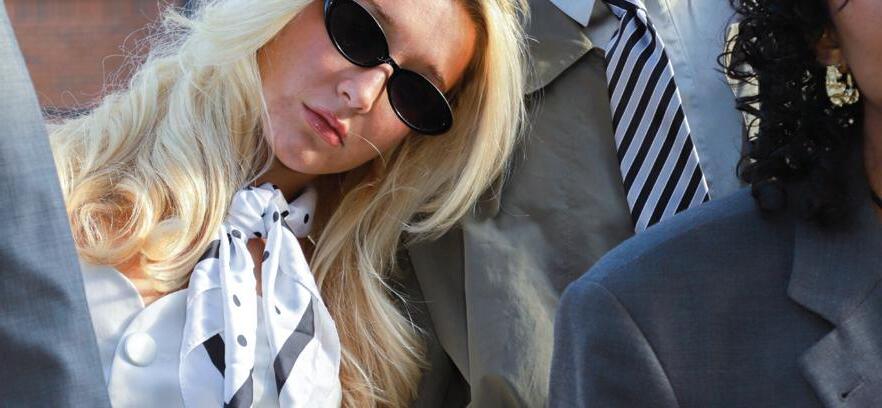
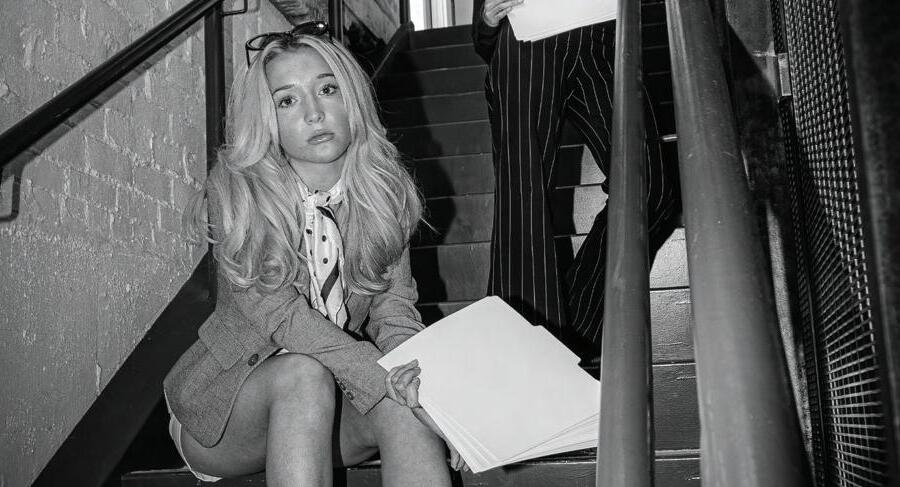

Stock up on timeless button down shirts.
A crisp button-down shirt is a workwear classic that can easily transition from a formal meeting to a casual networking event with a simple adjustment in styling.
Beyond traditional shopping, students can save money by thrifting high-quality pieces or renting outfits for major work events rather than purchasing expensive items they may rarely wear. Many online platforms now offer short-term rentals for business attire, allowing young professionals to look sharp without committing to expensive purchases.
Looking good and feeling good go hand in hand—with the right approach to workwear, Gen Z can redefine what dressing for success truly means.

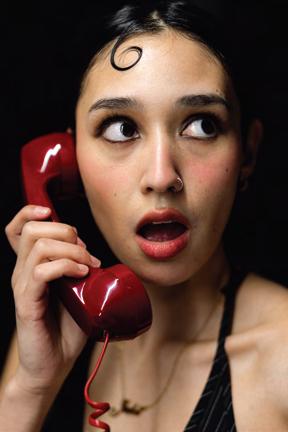
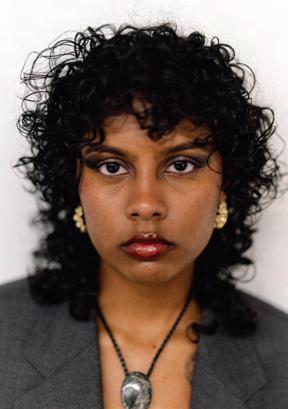
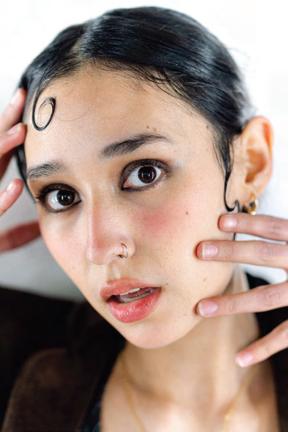
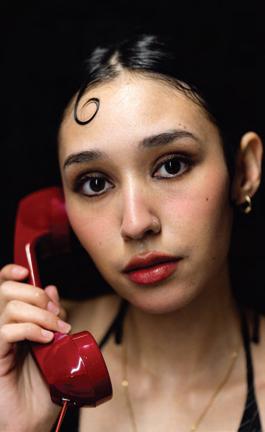
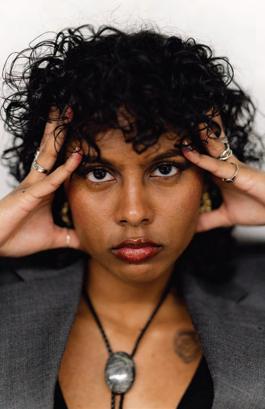
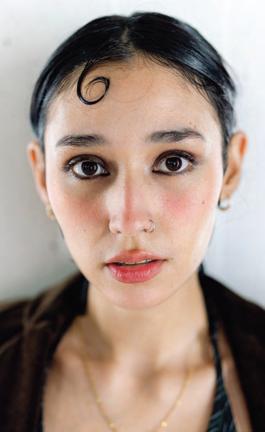
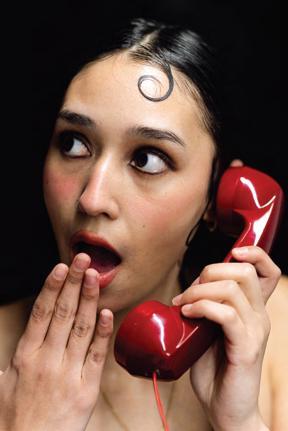
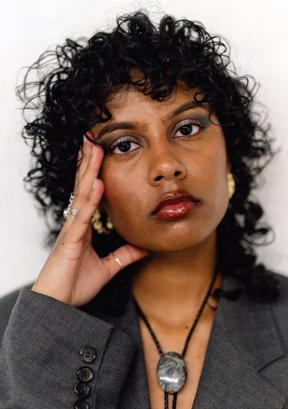
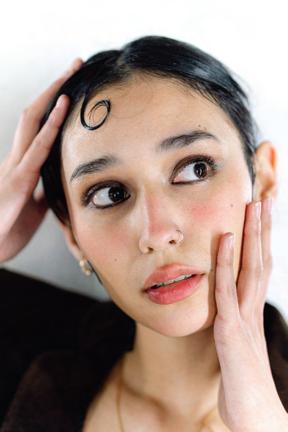



Jay Gatsby. Patrick Bateman. Tony Stark. Picture these three fictional men in your mind. What do they have in common? If I had to guess, you’d picture them wearing a suit and tie. All three of them are known for a clean, calculated look found among upper-class men throughout history, all complete with various kinds of neckties. In fact, if I had asked you to think of anybody wearing a tie, it’s not unlikely that you picture an older, white gentleman clad in

a white button-up shirt and suit. A tie indicates professionalism, status, and masculinity–but it doesn’t have to.
Today's biggest pop culture influencers like Gigi Hadid, Jenna Ortega, and Billie Eilish have not only been seen wearing ties for public appearances, but they have also tailored their ties to match their personal style. Three different women, three different ties, three different styles. Yet none of them are who you pictured... Neckties are incredibly versatile, yet many people often overlook them because they’re seen as strictly male professional attire. Let’s take a look at what makes ties such multifaceted accessories that can complete any outfit.
To begin, there is a wide variety of the kinds of ties you can incorporate into your outfit, depending on the occasion. Meeting someone for coffee at a local cafe? Or just perusing thrift shops downtown with friends? A bandana or colorful scarf elevates a collared shirt to a whole new level. You can either tie it in a knot or, for an extra touch of detail, slip a scarf slide over the tails of your tie. You can get creative with these too; there are so many shapes, colors and materials of scarf slides that can make your fit look thought-out yet casual. Let’s say that you have a nice dinner to attend but don’t want to get too formal. A bolo tie is your answer. If you’re unfamiliar, a bolo tie is essentially a long string thread through a decorative metal piece to create a loop. These are a western fashion staple originating from Native American culture that can provide a unique flair to an outfit. It’s simple yet captivating and versatile.

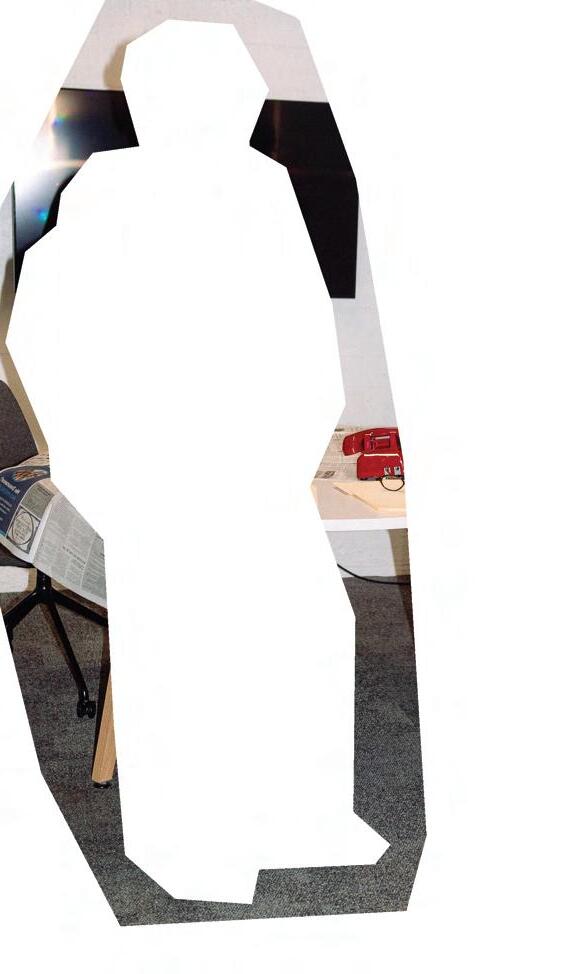

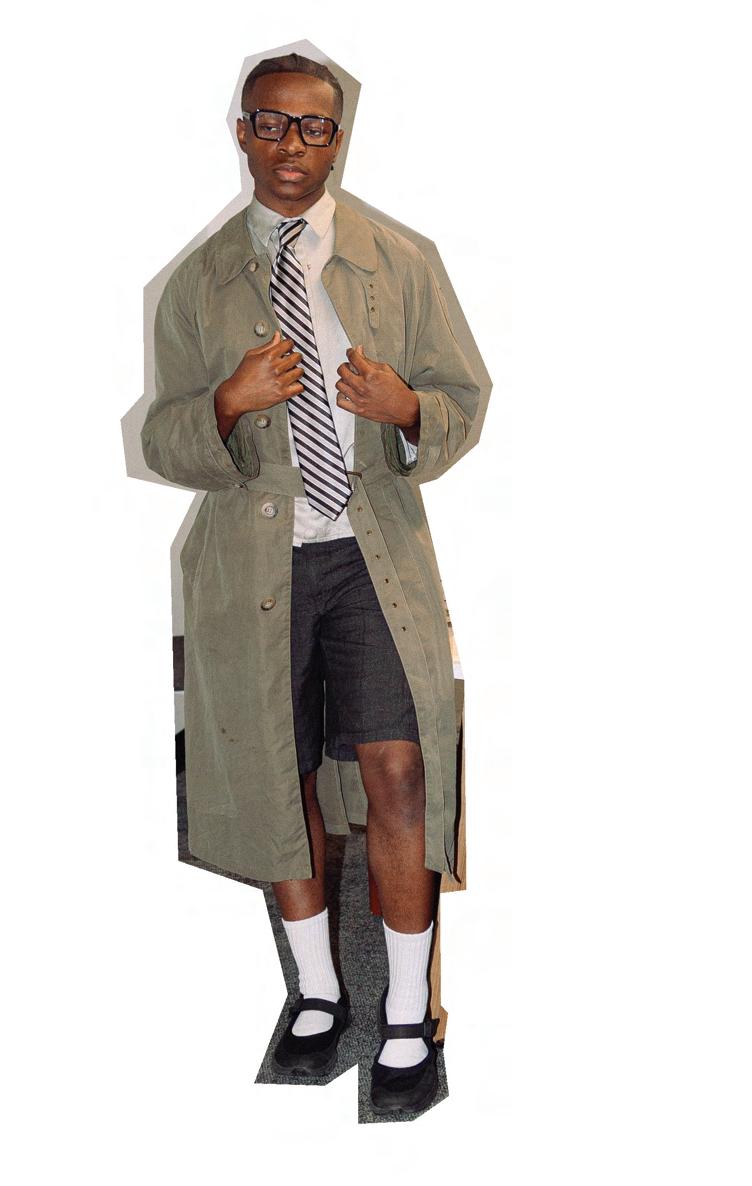
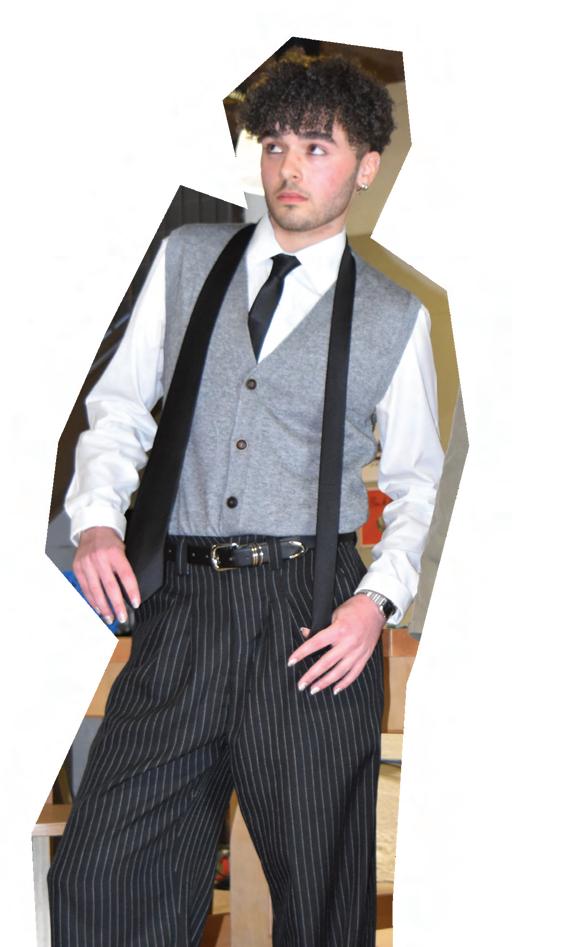

Then there’s the obvious classic long necktie you’ve most likely seen your dad or your boss wear at some point. But don’t dismiss it yet as being boring-all three of the aforementioned women wore some variation of the quintessential tie. (Fun fact: these are actually properly known as four-in-hand ties!) This leads us to further components of tie versatility: patterns and colors.
Asolid, dark-colored tie is generally what is considered “most appropriate” for the workplace. Don’t dismiss these as boring! A long, loose black tie with a glossy white button-up is the foundation for many beautifully crafted outfits. Or, you can pull it tighter and add some layers for a more sophisticated look while still drawing attention to your neckline. The options are truly limitless. Yet you unlock even more stylistic combinations when you allow for eccentric patterns and vibrant colors to shine through. Striped, plaid, checkered, and dotted ties are sure to be a statement piece for a creative outfit. If they seem tacky, challenge yourself to find clothes that match their eccentricity.
Although neck ties are often viewed as a masculine accessory, men are not the only people to have adopted ties throughout history.
For example, the push for women’s rights after World War II ushered women into the professional sphere, and with that came new forms of professional attire for women, including ties. Coming back to pop culture’s portrayal of professionalism, Marvel depicts Peggy Carter, Captain America’s love interest, as wearing an era-appropriate suit and tie appropriate for her military service. We can also see ties make an entrance to gender-neutral schooling attire in the decades following WWII; a film example of this being Hermione Granger in the Harry Potter movie series. These influences and countless more lead us to our present-day examples of women rocking ties on the runway, red carpet, or simply another day in the office.
Ties and professionalism go hand-in-hand,
yet they aren’t bound by each other. Ties can be such a unique and fun way to express yourself while also being the perfect way to sharpen up an outfit. Don’t let them intimidate you!


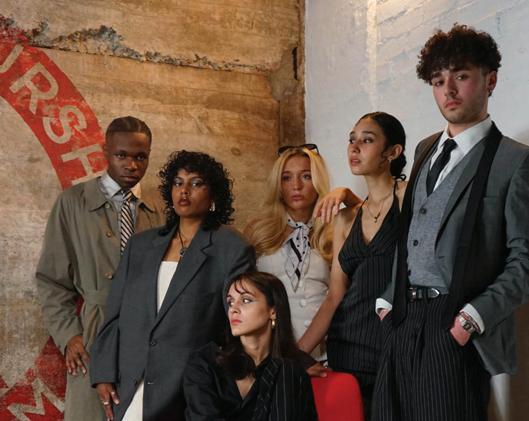

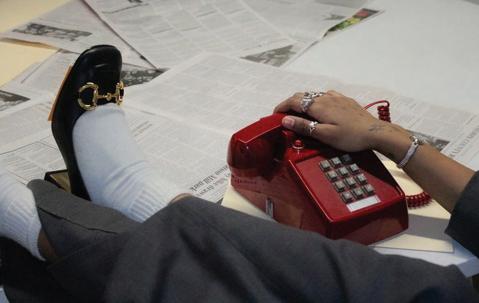
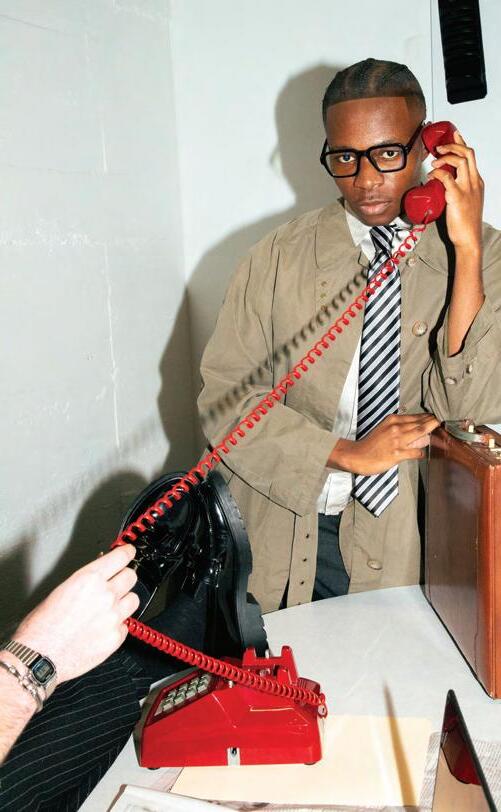
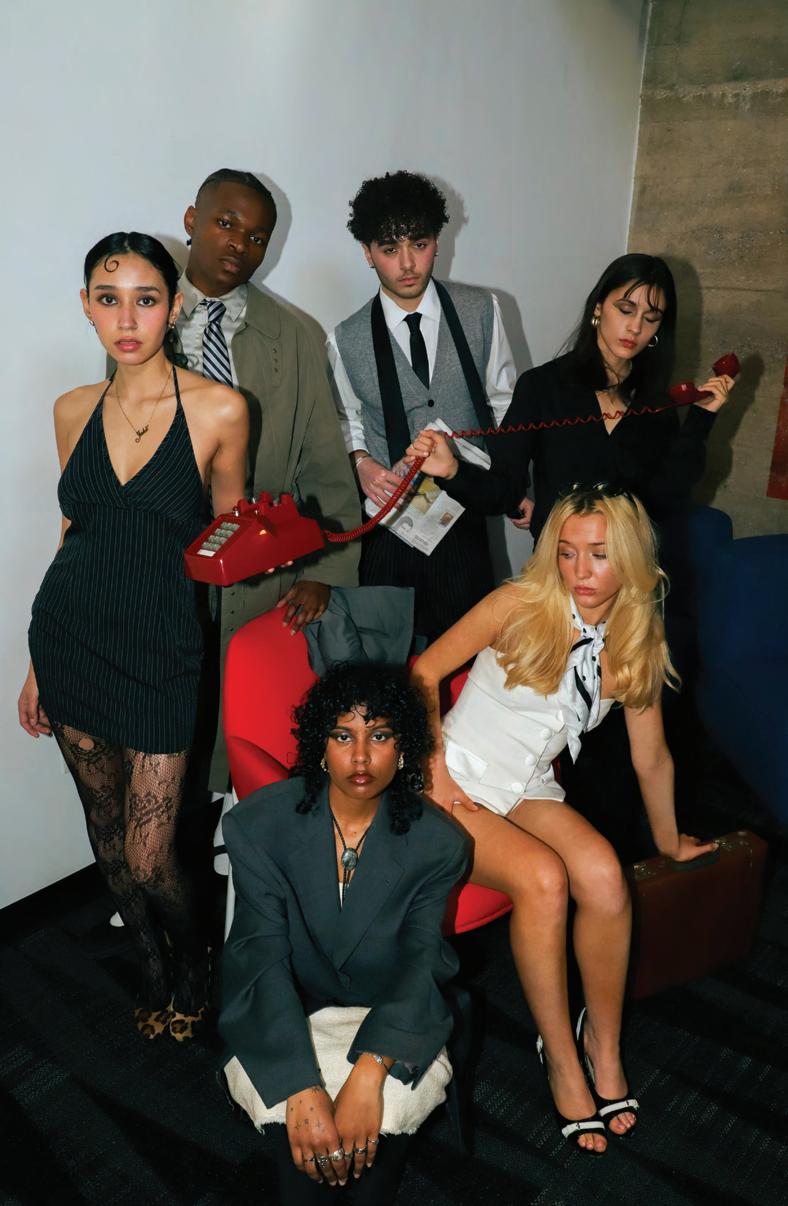
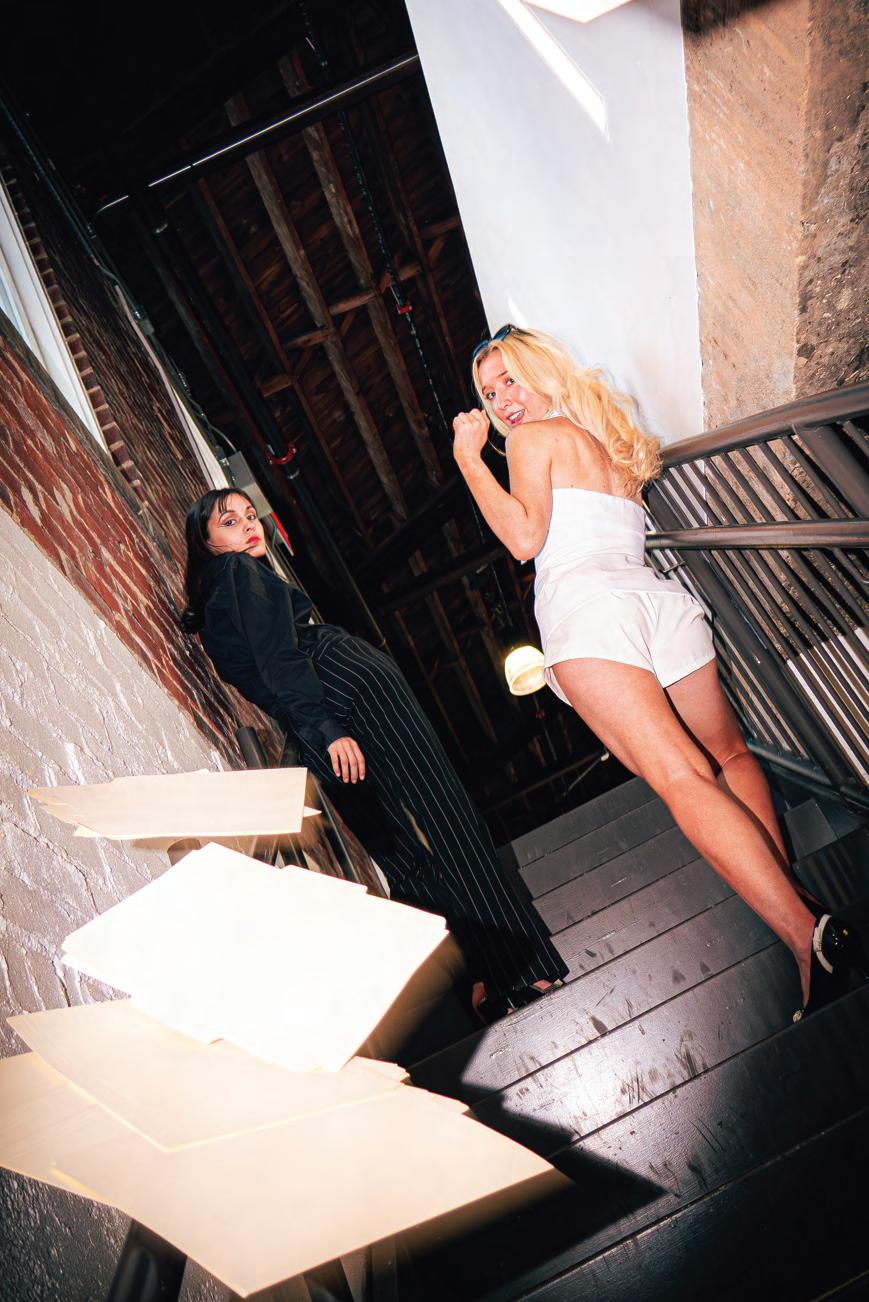

Finding and curating an affordable business professional wardrobe seems like a daunting and impossible task when your options are to either break the bank at Aritzia or fuel fast fashion by shopping at Shein. Luckily, Rouge has you covered with a list of professional clothing stores that offer affordable options and are making sustainability efforts.
To create this list, I consulted Good On You: a website dedicated to using expert analysis to provide consumers with an easy-to-understand and ethical rating system of fashion and beauty brands. The mission is to encourage customers to choose and reward brands that are doing good to encourage the whole industry to be more fair and sustainable.
The three components that go into these ratings are
Each brand receives a rating on a scale of one to five. A perfect score, or “Great,” means a brand has strong policies in all three areas. To receive a three out of five or an “It’s a start,” brands are transparent about their policies and are making progress in one out of three areas. For the “We avoid” or one out of five ratings, brands do not share information about their policies and “are unlikely to have any positive impact.” More detailed information on how these scores are established can be found at
the good on your website. Unfortunately, it is impossible to find brands that receive a “Great” sustainability score and a $ price range. This is no surprise because it is expensive to be sustainable, and it is cheap to exploit people, the planet, and animals. Considering this, our list is a blend of $$-$$$ price range and a spectrum of sustainability efforts in no particular order.
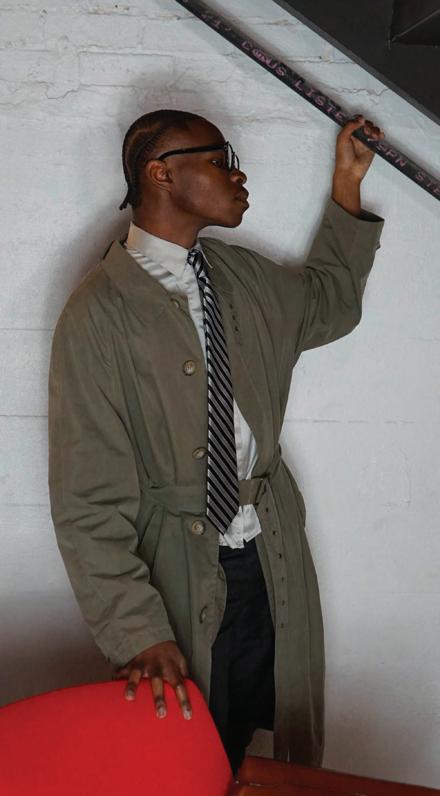
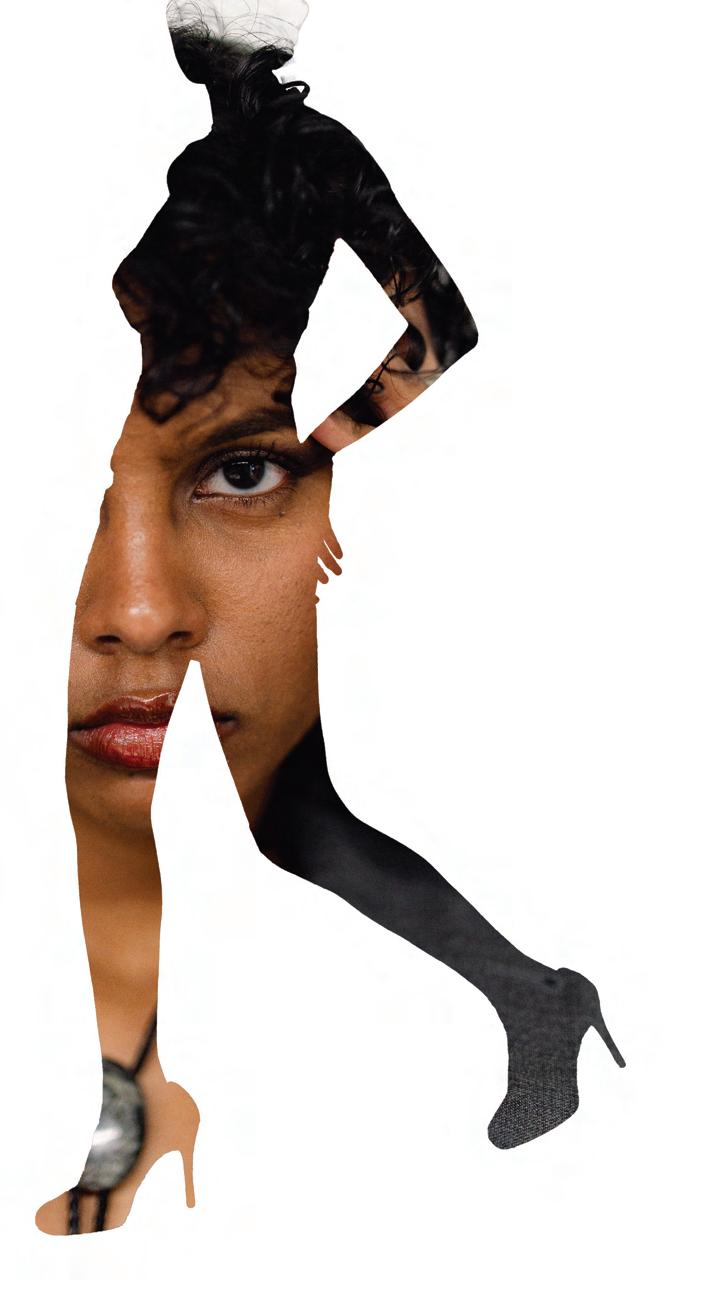
While you may have thought Abercrombie & Fitch peaked in the 1990s and 2000s, this staple brand is definitely a reliable place to shop for business professional basics. Abercrombie caters to very popular trends while selling clothes at a reasonable price and making efforts to be sustainable.
Owned by the same global clothing retailer as Gap, Old Navy is also a budget-friendly store when trying to shop more sustainably. Old Navy’s collections are vast and diverse, ensuring there is something for everyone.
Receiving a three out of five in all categories, Gap’s rating is not great, but if money is tight, it makes a difference to shop at stores conscious of their policies, as opposed to continuing to buy from stores making no effort at all. Gap may not be doing anything super innovative with its designs, but it is a great place to go to curate a capsule wardrobe.
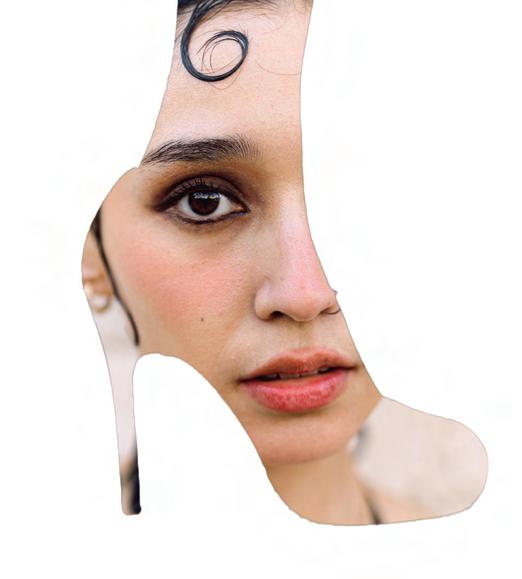
According to the Reformation website, “Being naked is the #1 most sustainable option. We’re #2.” The company’s goal is to source 100% of fabrics from recycled, regenerative, or renewable materials by 2025. Not only is Reformation making considerable efforts towards sustainability, but their clothing is more innovative and unique.
Mila.Vert is a female fashion brand with sustainability at the core of its mission, focusing on organic cotton knitwear. These handmade sweaters received fives in both the people and planet categories and a four in the animal category. This company may not fulfill all your business professional clothing needs, but it is a great place to shop responsibly.
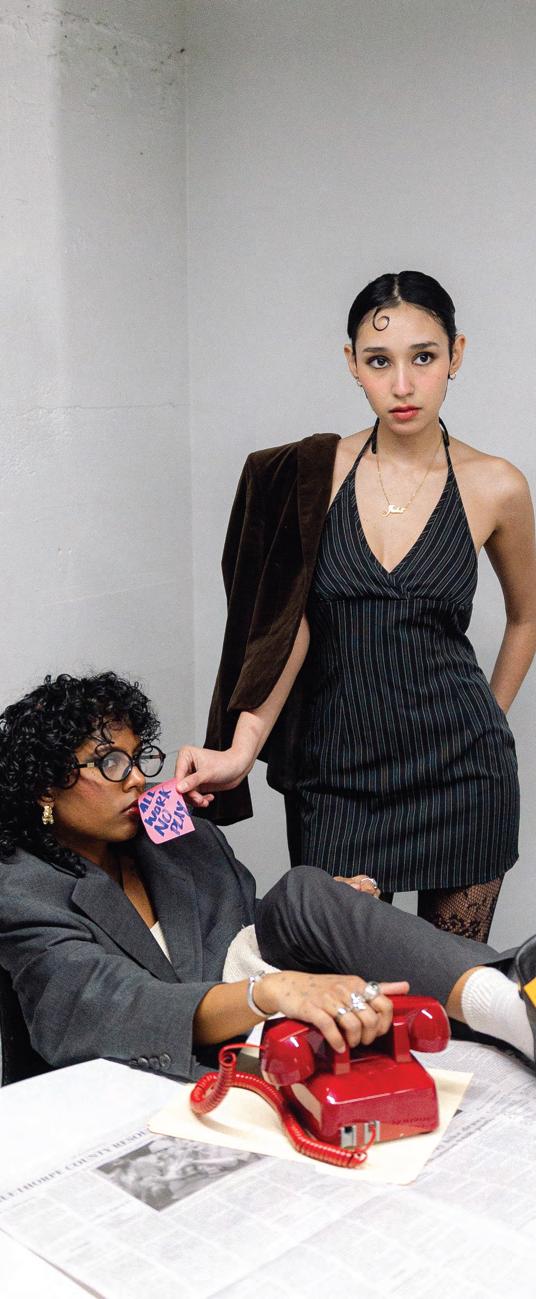

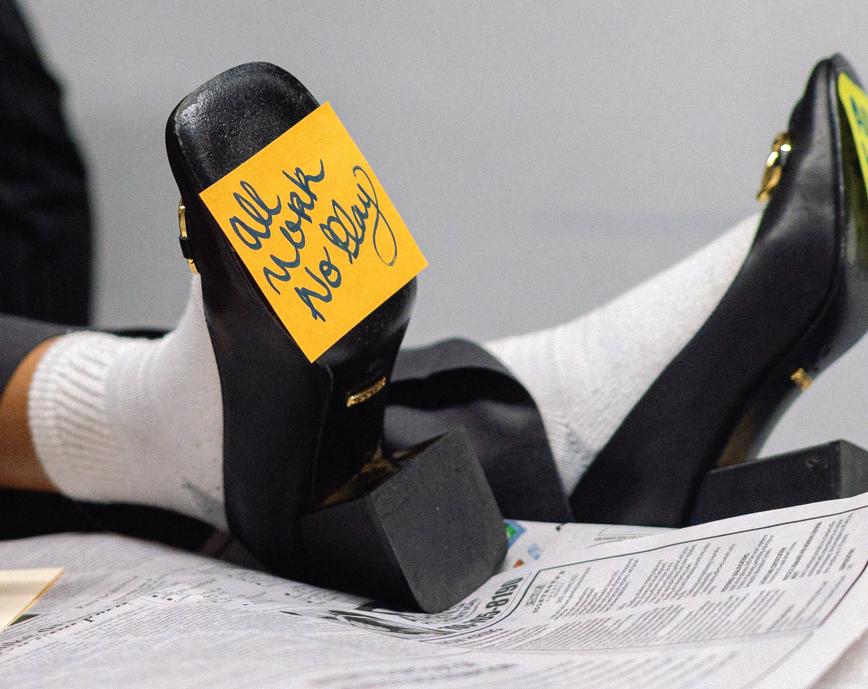
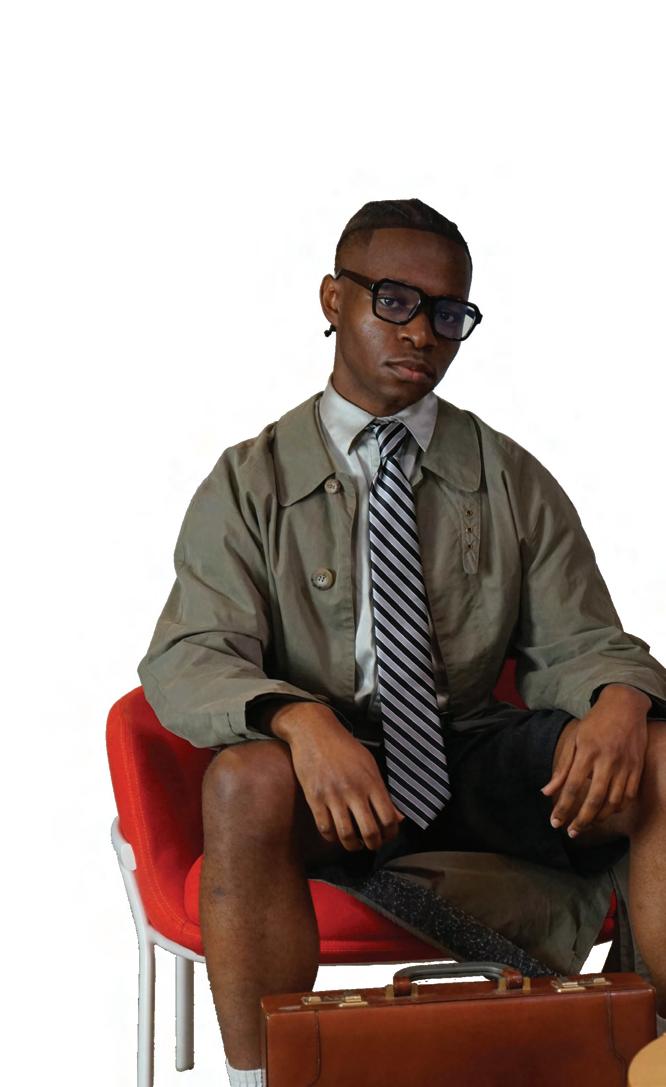
Few items in office fashion spark debate quite like the turtleneck. It is perhaps the most divisive of workwear pieces, as some love it while others detest it. Is it chic and timeless? Or is it time to give it up? Responses vary from person to person, but the real answer is that it only matters how you style your turtleneck. Worn with confidence and the right garments, this controversial staple can be the ultimate power move for those in the office.
have long been a popular garment in the office. This piece first started appearing in the workspace in the late 1800s and quickly became an everyday top for the working class, but it wasn’t until the second half of the 20th century that this piece transitioned over into womenswear. The 1940s and 1950s saw a large rise in the popularity of turtlenecks, cementing it as the iconic piece that we know today. Audrey Hepburn had a huge influence on this garment’s rise to fame, popularizing the look of sleek black turtlenecks. In her film “Funny Face,” Hepburn can be seen perusing the Paris nightlife clad in an all-black outfit: a fitted turtleneck and matching skinny jeans. This garment became the face of chic women by the 1970s and continued to be a well-loved piece in fashion and in the workspace.
saw a major increase in popularity with its famous appear- ance on Steve Jobs. Throughout his career, Jobs regularly appeared wearing a black Issey Miyake turtleneck, making it his own personal uniform. Through Jobs, this garment came to be regarded as a powerful symbol of innovation and sophistication. His love of the turtleneck ricocheted further into the world of office wear,
appearing in the wardrobes of countless workers during this time. Although the turtleneck was already popular, Jobs created a whole new meaning for this garment.
So, for an item that was so wellloved, why are they so divisive today? It all comes down to styling and style perceptions. Fans of the turtleneck appreciate its sleek, sophisticated silhouette–often associating it with fashion icons like Hepburn. They argue that it is a versatile staple that adds effortless elegance to professional attire. However, others view the turtleneck as old-fashioned and outdated or even frumpy when not styled carefully. Of course, almost any garment can come off as frumpy when styled incorrectly–so in order for you to confidently wear your turtleneck to the office, there are a few tips that you should follow. The sophisticated, office-appropriate fit of a turtleneck is relatively easy to achieve. Firstly, avoid too tight of a fit around the neck–it can look constricting and draw unneeded attention to the neck area. A turtleneck should feel snug, not restricting. If you are feeling uncomfortable in your garment, go for a looser fit! You should also keep your body type in mind while trying on a turtleneck. Take note of your proportions or preferences, and choose accordingly. For example, a tight turtleneck looks better with looser bottoms, and a loose turtleneck looks better with tighter bottoms. On the other hand, styling a turtleneck can prove to be a harder feat. Accessorizing your turtleneck is a large
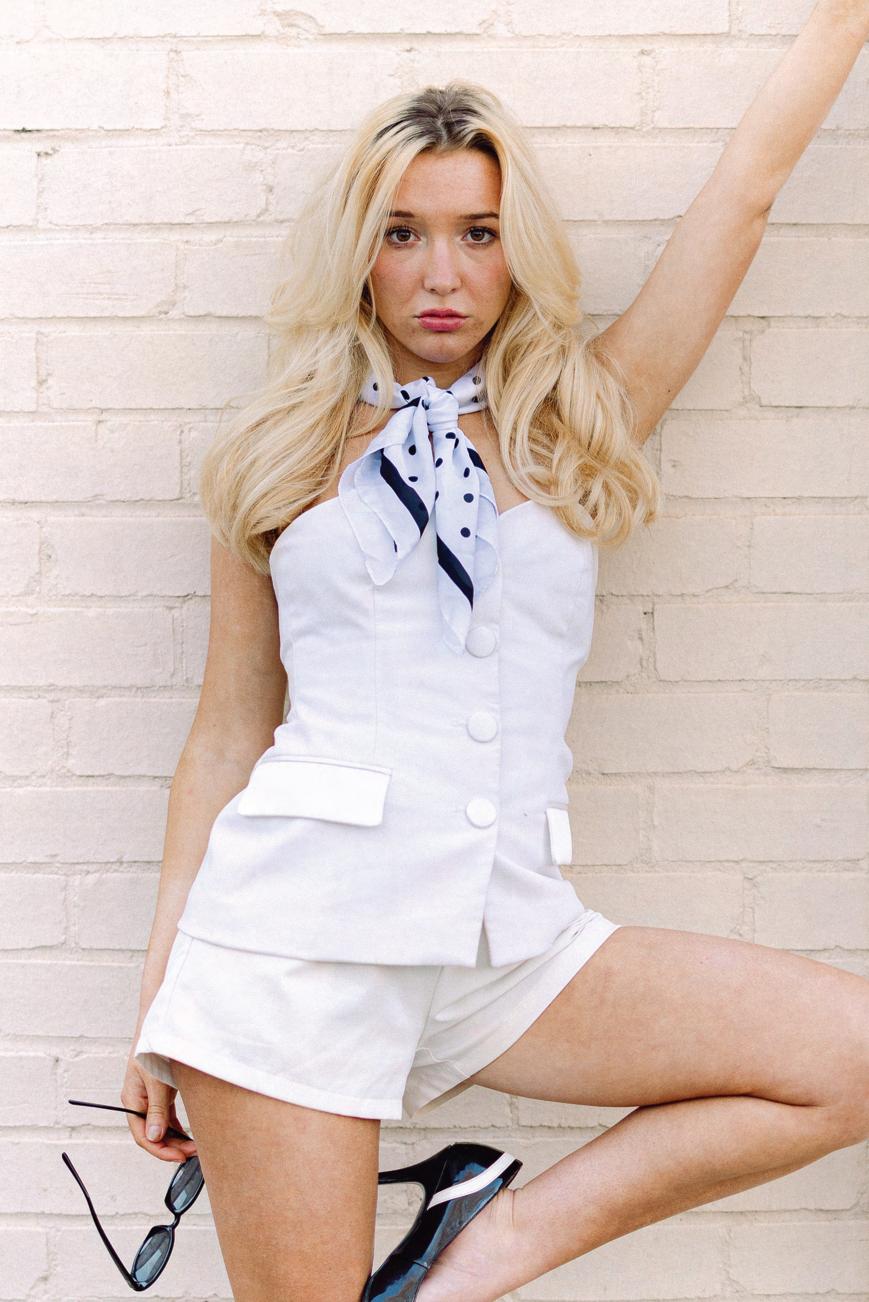
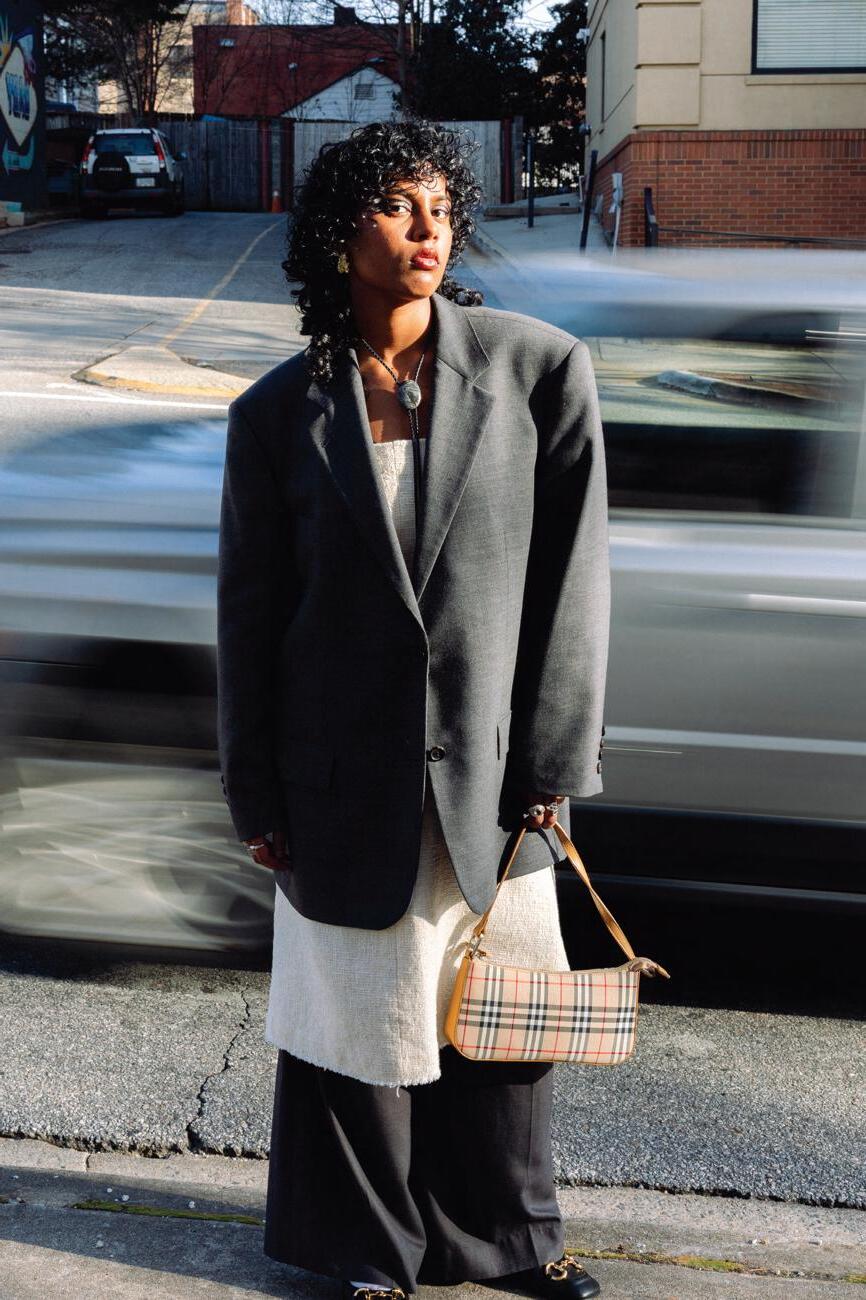
part of pulling your look together, as the pairing of this garment with other pieces can either make or break your outfit. Playing around with belts and jewelry can instantly elevate your outfit. Layered necklaces, either dainty chains or bold statement pieces, add dimension to your look and draw attention away from the neckline. For a sophisticated touch, opt for hoop or drop earrings that can complement a high collar without overwhelming it. Wide belts over a tight turtleneck can create a flattering silhouette, breaking up a monochrome look and adding balance to your outfit. Whether dressing up or down, the right accessories can make a turtleneck the perfect office staple.
To answer the question of if turtlenecks are in or out–I say in. If you style your turtleneck correctly, it can be the perfect piece to wear in the office. The right turtleneck can command the room’s attention and make you look both formal and stylish in the workspace. Their timeless appeal ensures that they will never truly go out of style, making them a reliable staple for the office. So, if you are wondering whether to embrace the turtleneck, go for it–you will exude
style, and confidence all in one!
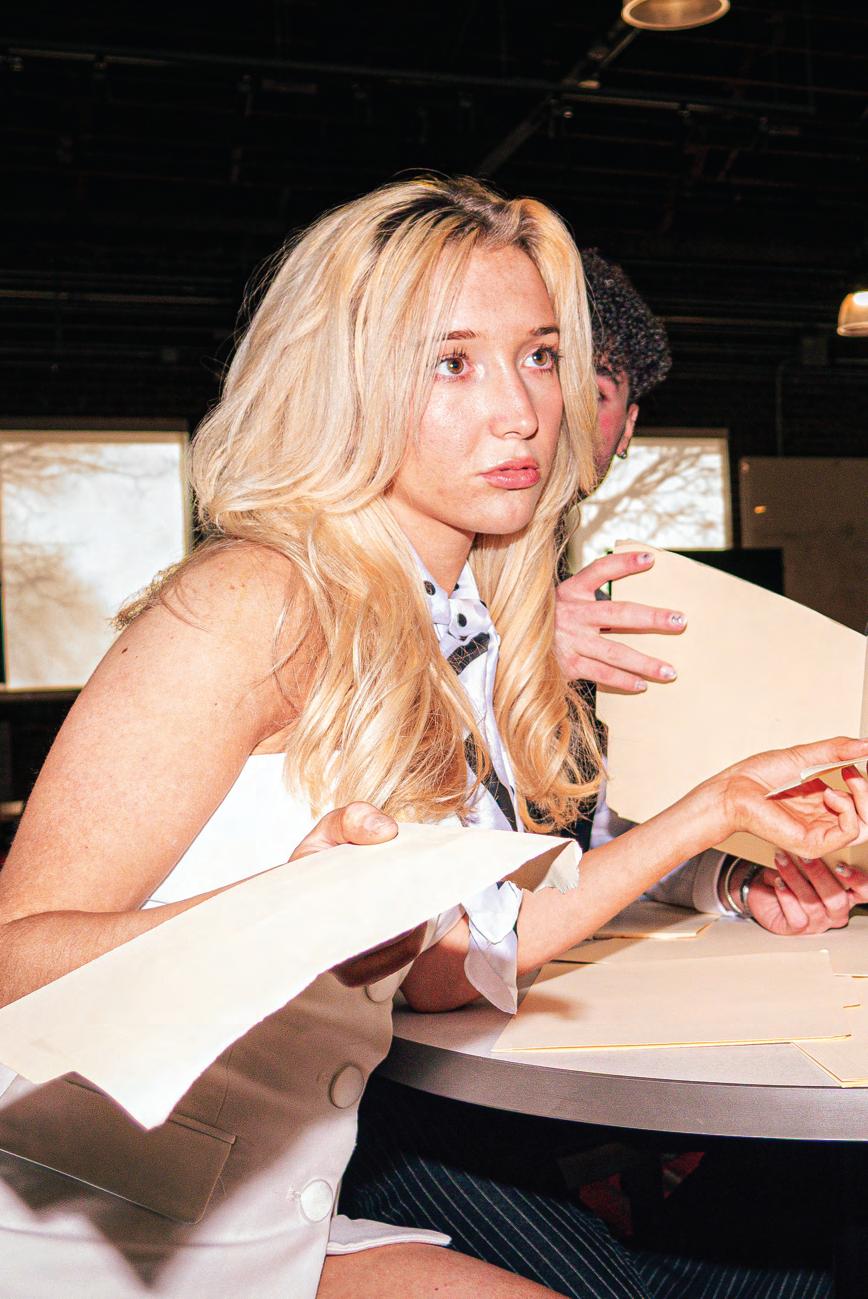
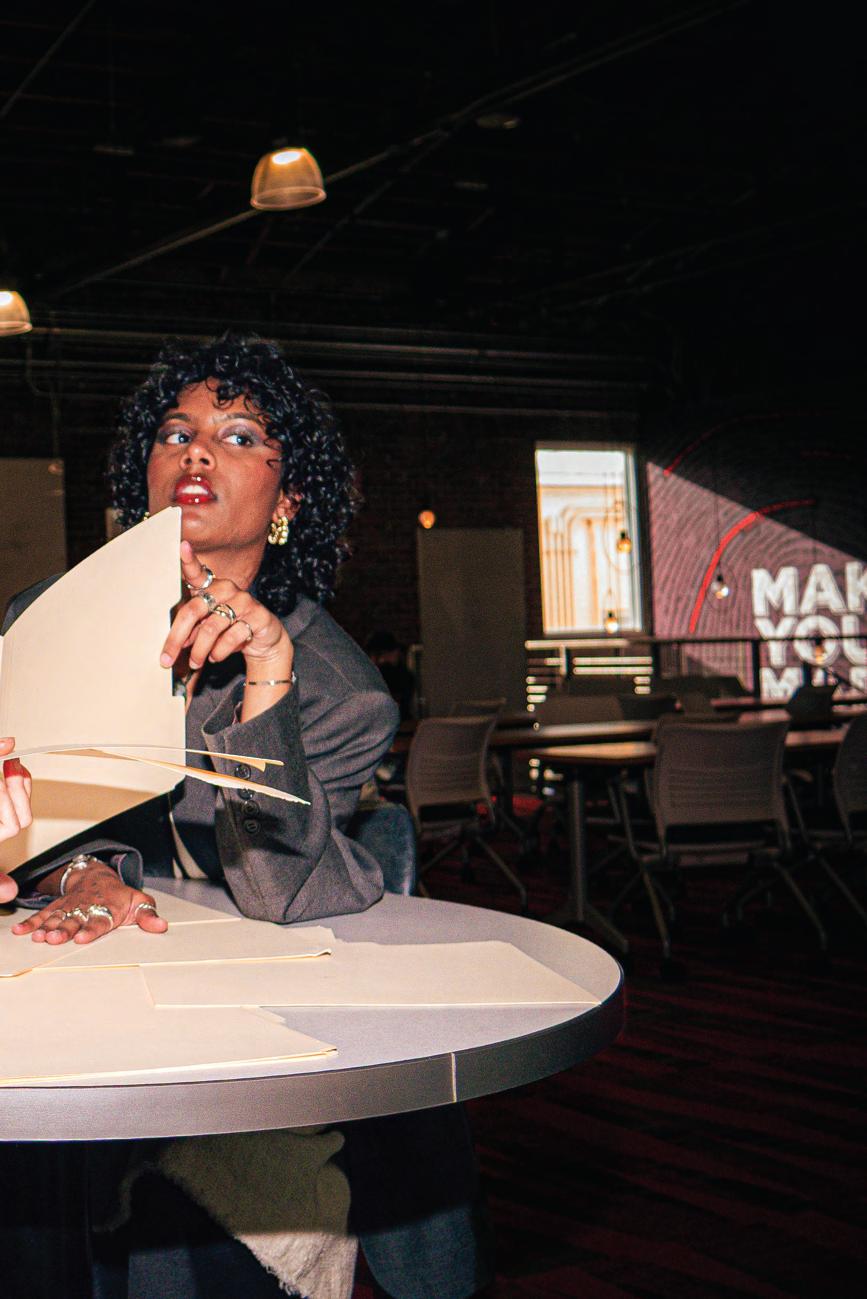
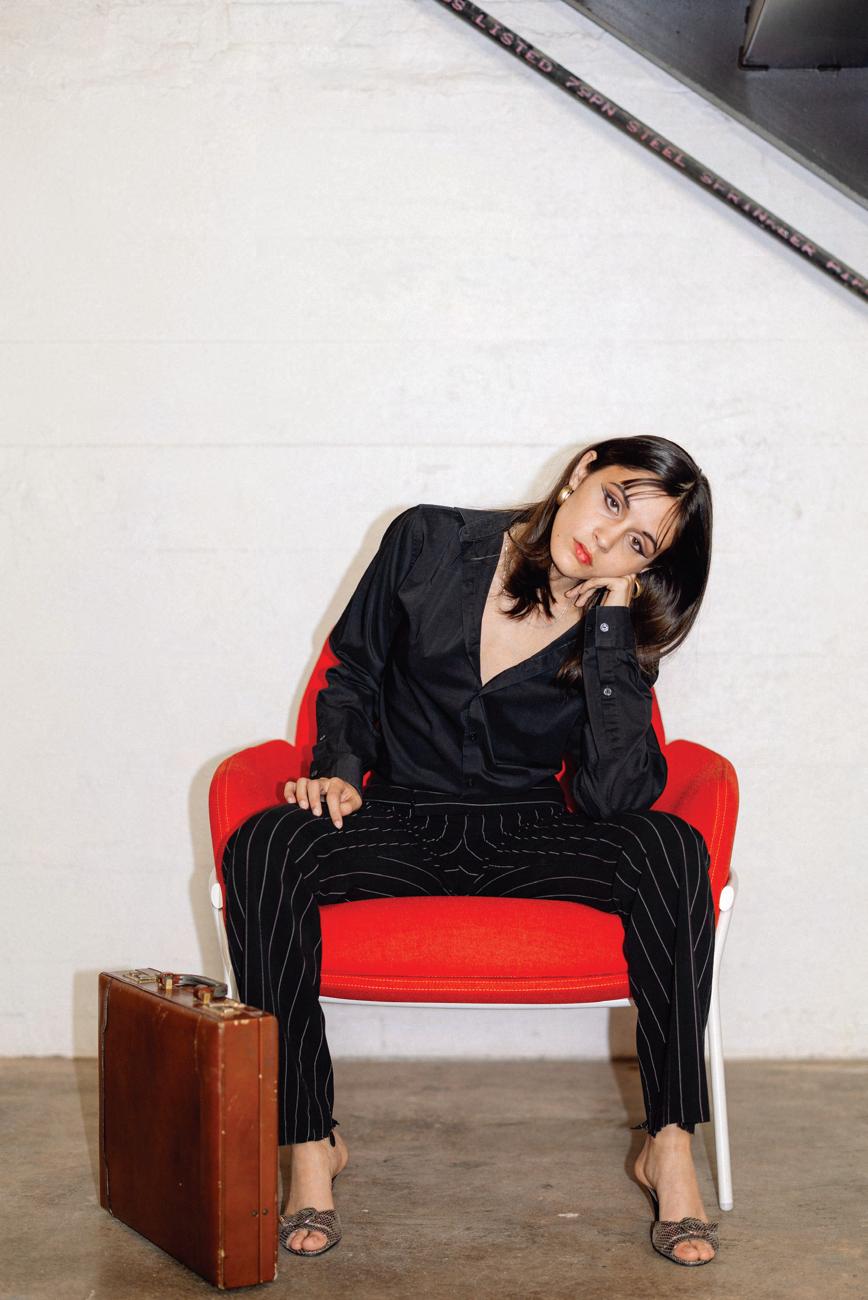
Sydney Annis
For many students at the University of Georgia, everyday outfits have a deeper meaning than just looking stylish or trendy. While it allows them to showcase their individuality, it also serves as motivation to attend class - es regularly boosts confidence, and allows them to find a sense of community. By acknowledging how this daily ritual can impact well-being and academic performance, it can become the source of motivation many students are looking for.

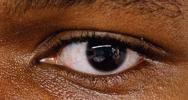
management student, explains how they choose unique pieces when picking their outfits, like fuzzy hats, boots, or raccoon tails. “It helps me seek out a community of other people who not only like what I wear but also wear what I wear,” Vail
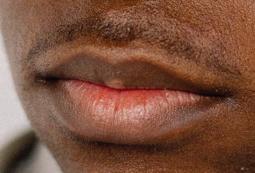
Although the university is not primarily known for its fashion, many students use their personal style to connect with others on campus. Kaden Vail, a first-year political science and environmental economics and
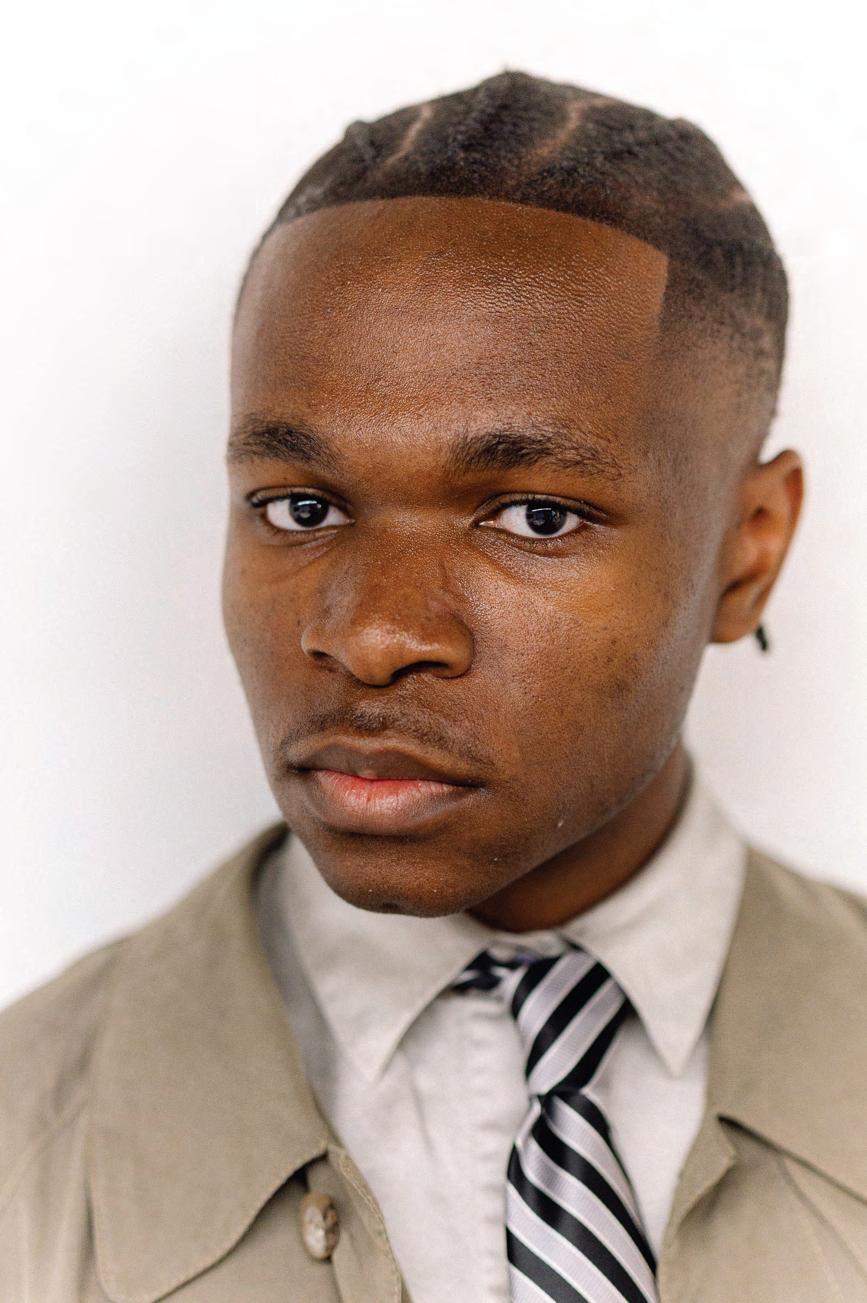
Distinctive clothing pieces can spark conversation among students, helping them feel accepted in the community. John Sprayberry, a third-year English major with a minor in law, ethics, and philosophy, describes how seeing someone with a put-together outfit makes one want to be friends with them.
“What I like is that with clothes, you can just tell when someone feels comfortable with themselves, and that makes you want to know
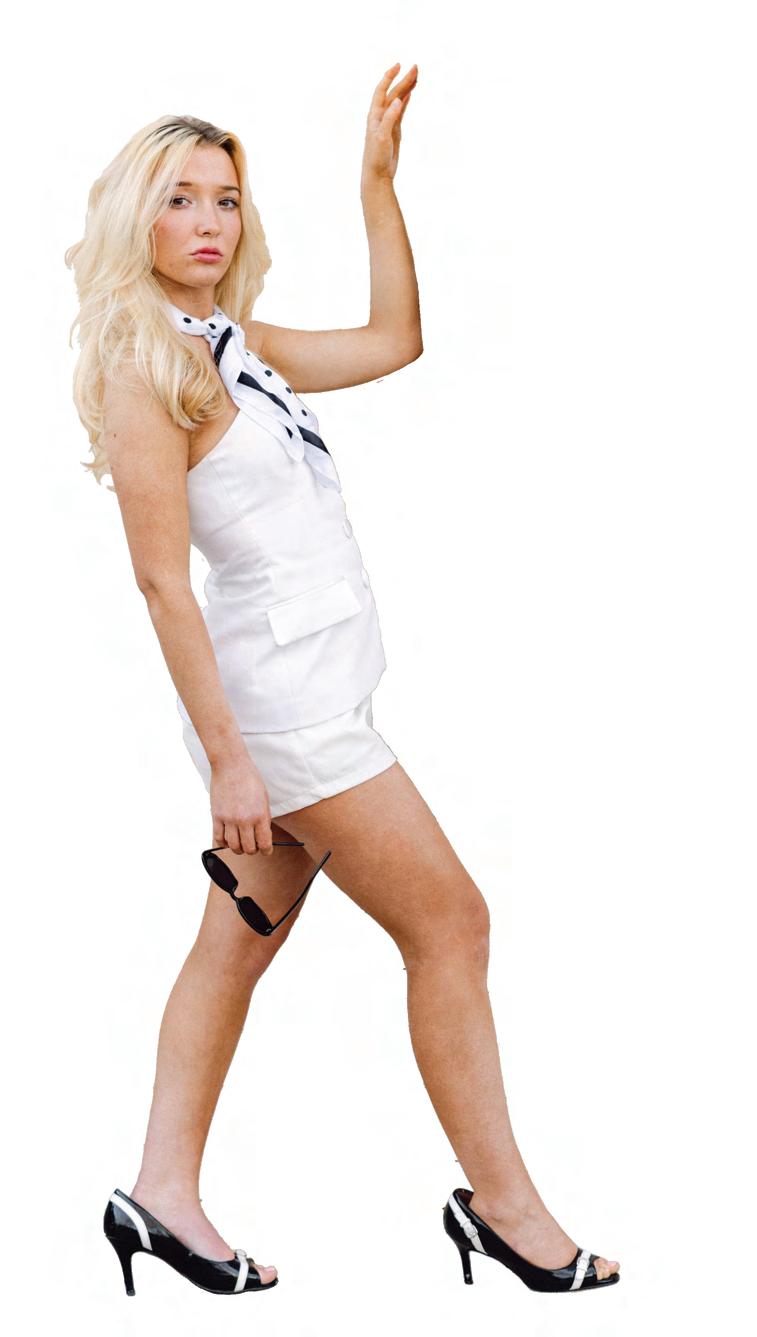
someone… When you see someone putting a level of thought into how they appear, it shows that there’s just a thoughtfulness in general of that person’s life,” Sprayberry said. These perspectives highlight how clothes are more than just aesthetics; they provide an introspective look into someone’s soul.
Psychologists Hajo Adam and Adam D. Galinsky introduced the term “enclothed cognition” to explain how clothes can impact an individual’s performance in different aspects of life. This concept is based upon two factors, the first being the clothes’ symbolic meaning on the wearer and the second being the influence of the physical experience of wearing the clothing on the individual. Of the three interviewees, all of them highlighted how looking good makes them feel good when going to class, which leads to overall improved academic performance and mood.
Clarice Henr y, a second-year journalism and fashion merchandising student, talked about how her daily outfits for class truly keep her motivated throughout the semester and how without it, her life would be a bit different. “I would lay in bed, I would drop out, and I would make zeros, it just wouldn’t work for
me,” said Henry. The excitement of styling new pieces or curating different looks to wear continually motivates her to attend class each week. Implementing the routine of getting dressed every morning and putting in effort to one’s look is an easy incentive to attend classes.
Confidence and feeling put together in class can be key to higher productivity in a student’s day-to-day life. Vail uses an iconic and humorous landmark on campus to gauge this feeling–the infamous Bolton crosswalk. During class change, numerous students cross it. As many would say, the influx of people who cross at once is enough to stun a Victorian child.
“When I have a good outfit on, I feel great standing at that Bolton crosswalk. As a matter of fact, I’m standing at the very front of that Bolton crosswalk. I’m looking left, I’m looking right, like I am the moment and not only that, I’m shredding up and down that Bolton crosswalk. Vice versa though, if I am late for class, I woke up late, and I’m wearing my pajamas, or I didn’t get ready that day, I don’t want to be caught dead at the Bolton crosswalk,” said Vail. College students are constantly worried about their future plans, and therefore making a
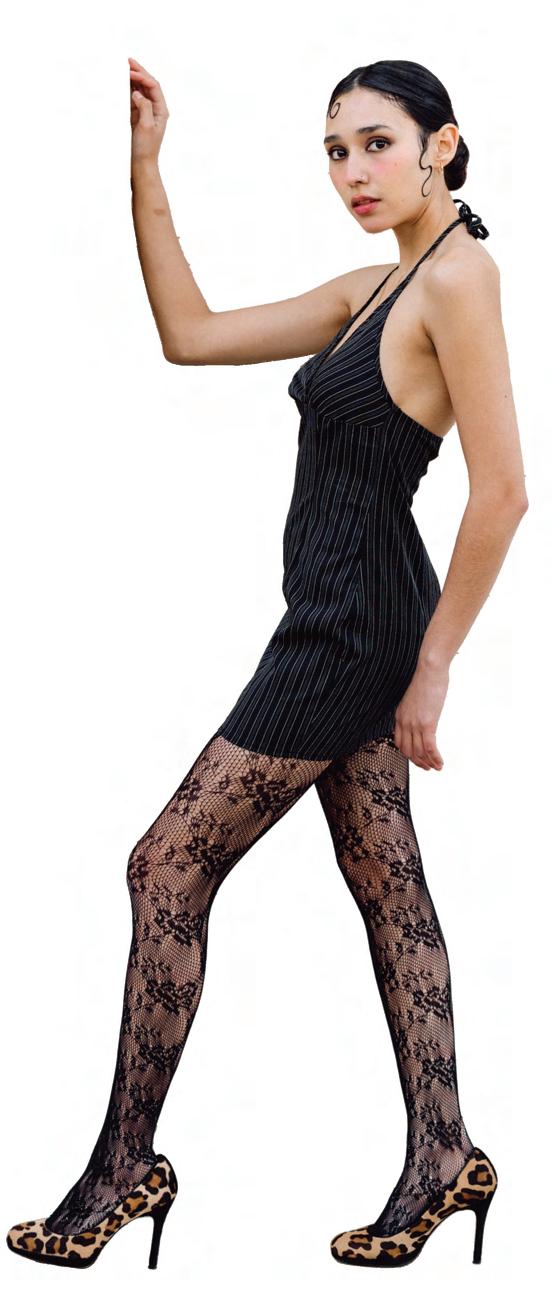
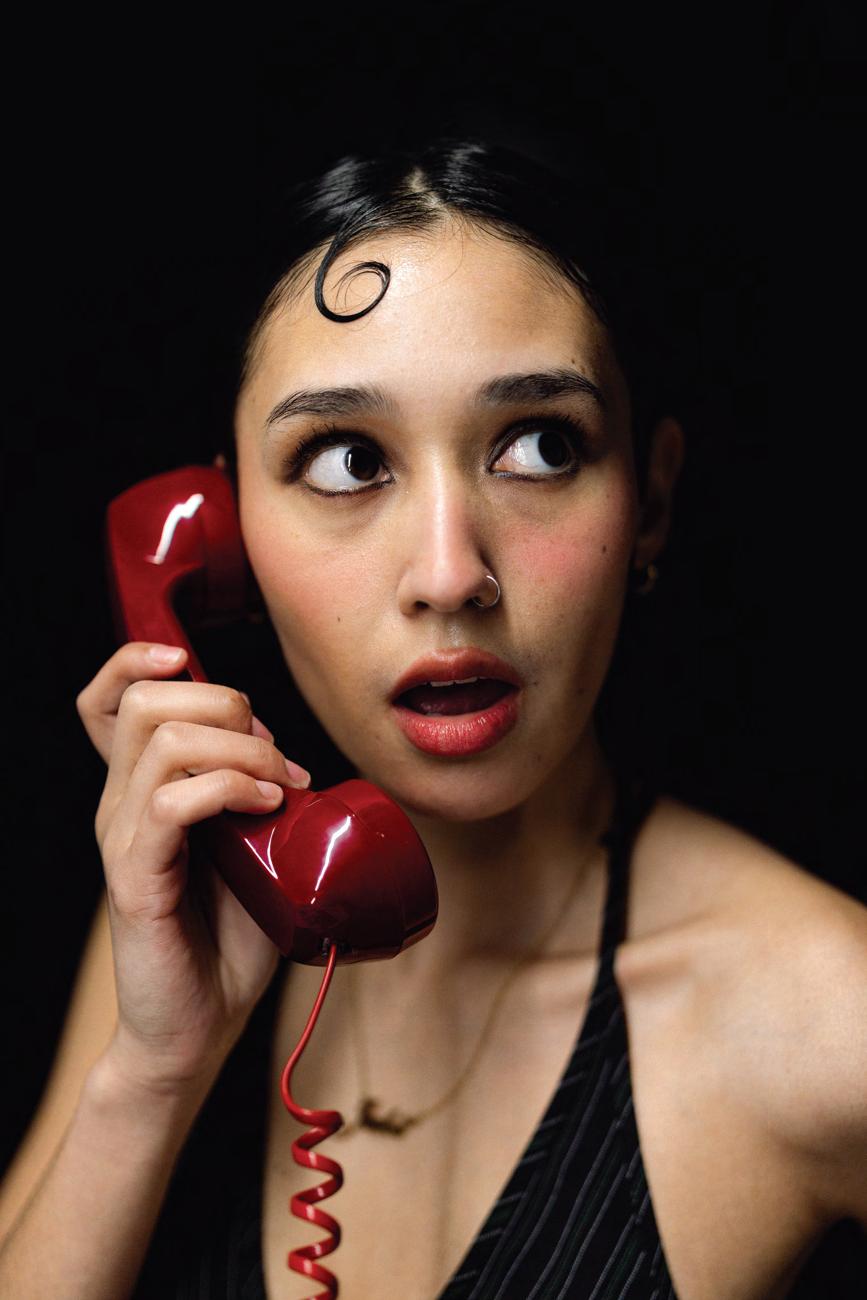

good impression amongst their peers, professors, and especially business leaders is a priority. This intentional approach to fashion extends to more than just self-confidence– as students recognize that they tend to be more respected and remembered by classmates, professors, and even business leaders through their strategic expression of fashion.
“I’m here to start my career and meet people for friendships, but also to meet people that are going to be important to my career as well. And when you dress in a way that is very distinct and very memorable, that can be very helpful because that means that people, even if they don’t remember your name, they know who you are because there’s something that you’ve done to distinguish yourself,” Sprayberry said.
Furthermore, Vail emphasizes that for their major, they are routinely standing in front of a class or giving a presentation, and with this, they have noticed that people tend to pay more attention to what they have to say when dressed in a unique outfit. Dressing up in cute outfits for class is more than just aesthetics. It is what encourages many students at Georgia to continue persevering academically and
express themselves in an environment that does not necessarily put fashion at the forefront. Athleisure is seen as the dominating clothing style due to the state’s hot weather and the campus’s many hills. Henry feels that because of this norm, many students are afraid to “push those boundaries and dress how they want to.” However, it is clear that pushing those boundaries can have highly positive effects on multiple different aspects of one’s life because, as Vail puts it, “Fashion means that I get to say everything I want to say to everyone on this campus without opening my mouth. There are thousands of people on this campus that I will never get to
know, but if I can walk around the way I want to, then it says everything that they need to know about me.”
When students push fashion boundaries, it not only allows them to display their individuality but also signals a domino effect amongst others that encourages them to showcase their own authenticity, curating a more dynamic and accepting community here at the University of Georgia.

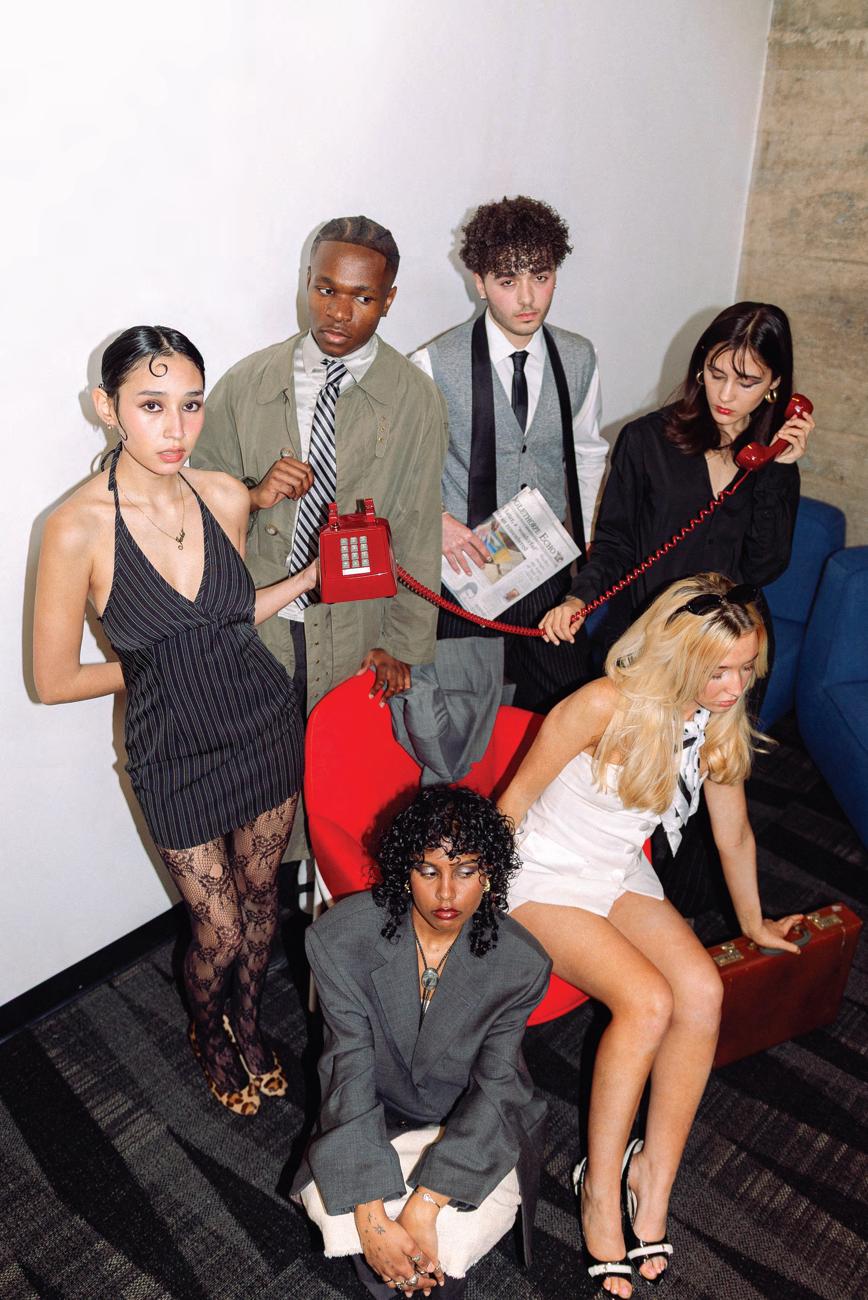







































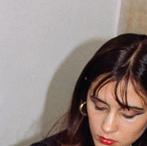

















Your contributions helped shape the vision of “Mood Board,” and we are so grateful for your support throughout the process.
Place Stamp Here
To: To Rylie McDonald, Clarke Central High School, & University of Georgia’s
Studio 225
AAbout. (n.d.). Kentucky Derby. https://www.kentuckyderby.com about/
Abreu, D. (2024, May 3). The storied history of Kentucky Derby’s eye-catching hat tradition. NBC New York. https://www nbcnewyork.com/entertainment/the-scene/the-storied history-of-kentucky-derbys-eye-catching-hat-trad tion/5380134/
Adam, H., & Galinsky, A. D. (2012). “Enclothed cognition.” Journal of Experimental Social Psychology, 48(4), 918-925.
Adams, K. (2024, March 14). Take a look back at how fashion has changed in 150 years of the Kentucky Derby. The Cour er-Journal. https://www.courier-journal.com/story/ente tainment/events/kentucky-derby/fashion/2024/03/13 fashion-trends-for-kentucky-derby/72193584007/ Alessandrini, K. (2024, May 28). How Lewis Hamilton ushered in a Formula 1 fashion renaissance - Blavity. Blavity News & Entertainment. https://blavity.com/blavity-original/le is-hamiton-fashion
Amendola, Susi (n.d.). Less Clutter, Less Stress. Retrieved from https://www.ornish.com/zine/organized-home-o ganized-mind-less-stress/#:~:text=When%20we%20cr ate%20order%20and,Sherrie%20Bourg%20Carter%2C%20Psy
BBird, N. (2025, February 5). Fast and luxurious: How the fashion industry caught Formula 1 fever. Harper’s BAZAAR. https:/ www.harpersbazaar.com/uk/fashion/fashion-news a60602801/formula-1-fashion/ Brayson, J. (2024, May 25). What watch do Formula 1 drivers wear? It depends on the team. Gear Patrol. https://www gearpatrol.com/cars/formula-1-watch-sponsors/ Bucci, J. (2020, February 17). Fashion archives: A look at the history of the turtleneck. StartUp FASHION. https://startupfashion com/fashion-archives-a-look-at-the-history-of-the-turtl neck/
FF., (2021, February 8). Formula 1 announces TV and digital a dience figures for 2020. Formula 1® - the Official F1® We site. https://www.formula1.com/en/latest/article/form la-1-announces-tv-and-digital-audience-fi ures-for-2020.3sbRmZm4u5Jf8pagvPoPUQ
Fuentes, M. (2024, January 17). How Steve Jobs’ iconic turtl neck changed Apple. The Hatters’ Herald. https://hatte sherald.com/15366/features/how-steve-jobs-iconic-turtl neck-changed-apple/
GGQ Australia. (n.d.). Elite on and off the field: The most stylish athletes ever. Retrieved March 15, 2025, from https:/ www.gq.com.au/style/celebrity/elite-on-and-off-the-field the-most-stylish-athletes-ever/image-gallery/0f65d 0149fecd8875c0570da9324fb1#:~:text=Russell%20Wes brook%20(Basketball),dress%20in%20the%2021st%20century.
HHamwi, A. A. (2025, February 6). Unraveling the costs in the high speed world of F1 merchandise. FuelerTM. https://fueler store/en-us/blogs/news/unravelling-the-costs-in-the high-speed-world-of-f1-merchandise#:~:text=R search%20and%20development,and%20quality%20of%2 F1%20items.
KKim, J. (n.d.-b). Why slowing down is essential for growth. Psycho ogy Today. https://www.psychologytoday.com/us/blog the-angry-therapist/202404/why-slowing-down-is-esse tial-for-your-growth
Kondo, Marie (n.d.). About the KonMari Method. Retrieved from https://konmari.com/about-the-konmari-method/#:~:te t=The%20KonMari%20Method%E2%84%A2%20encourag es,that%20no%20longer%20spark%20joy
Krishnan, A. (2023, October 15). Everything you need to know about Daniel Ricciardo’s clothing line – Enchanté. Esse tiallySports. https://www.essentiallysports.com/f1-news-e erything-you-need-to-know-about-daniel-ricciardo-s clothing-line-enchante/
MMiller, D. (2024, July 2). How fashion entered the Formula One race. The Business of Fashion. https://www.businessoffas ion.com/articles/marketing-pr/formula-one-lewis-hami ton-louis-vuitton-brad-pitt/
NNancy Aku Amekplenu. (2024, April). Investigating the psych logical effects of clothing choices on wearer’s mood, co fidence, and behavior. https://www.globalscientificjournal com/researchpaper/INVESTIGATING_THE_PSYCHOLO ICAL_EFFECTS_OF_CLOTHING_CHOICES_ON_WEA ER_S_MOOD_CONFIDENCE_AND_BEHAVIOUR.pdf
PPhelps, N. (2020, October 6). Dennis Rodman: The most influe tial style icon in sports history. GQ. Retrieved from https:/ www.gq.com/story/dennis-rodman-style-icon.
RRUSSH Magazine. (n.d.). Dennis Rodman: The basketball player that dressed to express. Retrieved March 15, 2025, from https://www.russh.com/dennis-rodman-style/.
SSanders, Deion. (2023, June 1). “Temple study suggests dressing your best improves workplace productivity.” Temple Now | News.Temple.Edu. https://news.temple.edu/news/2023 06-01/when-you-look-good-you-feel-good-research shows-you-might-even-be-more-productive?
Saxbe, Darby E. & Repetti, Rena. (2010). No Place Like Home: Home Tours Correlate With Daily Patterns of Mood and Cortisol. Retrieved from https://celf.ucla.edu/2010_confe ence_articles/Saxbe_Repetti_2010b.pdf
Solan, M. (2022, November 1). Taking it slow. Harvard Health. https://www.health.harvard.edu/staying-healthy/taking-it slow
TTalwar, K. (2025, February 11). Formula 1’s top fashion sponsorships for 2024. WWD. https://wwd.com/business-news business-features/top-formula-1-fashion-collabor tions-2024-1236722672/
WW, J. (2020, March 29). Outlandish designs and dressing to the nines: P1 | Kentucky Derby Museum. DerbyMuseum.org. https://www.derbymuseum.org/Blog/Article/298/Outland ish-Designs-and-Dressing-to-the-Nines-P1